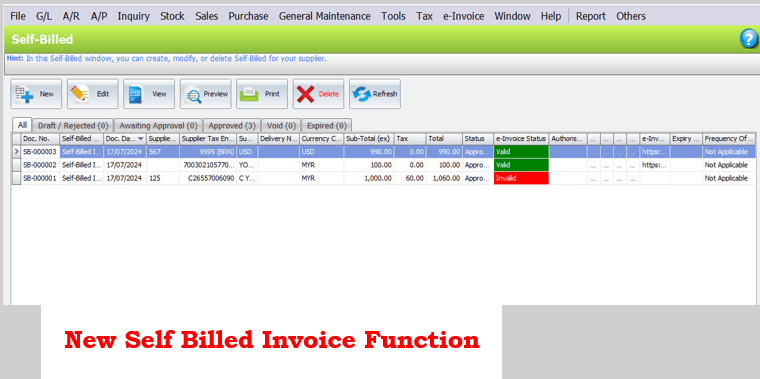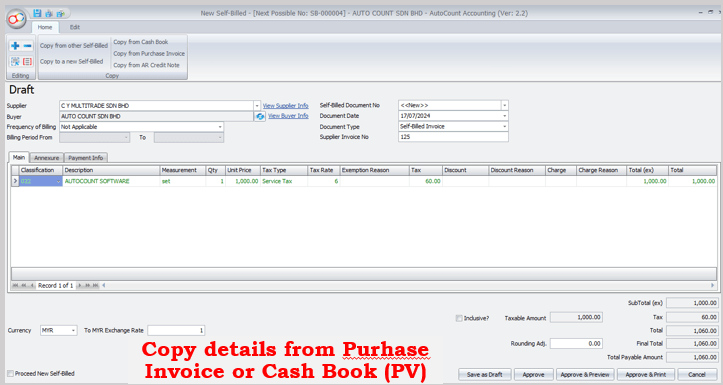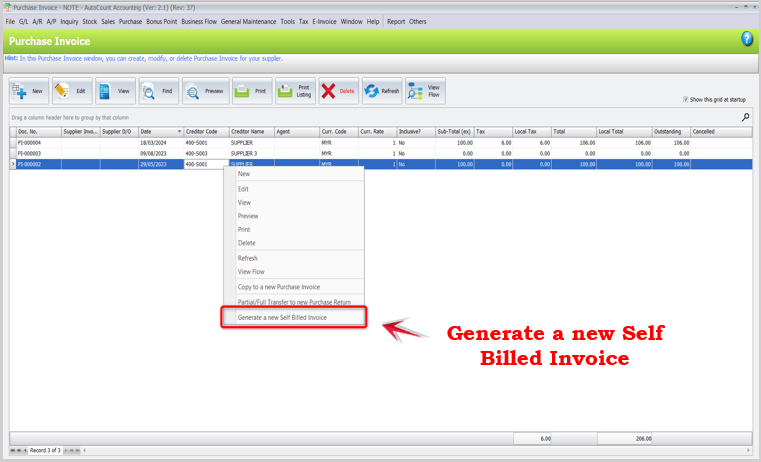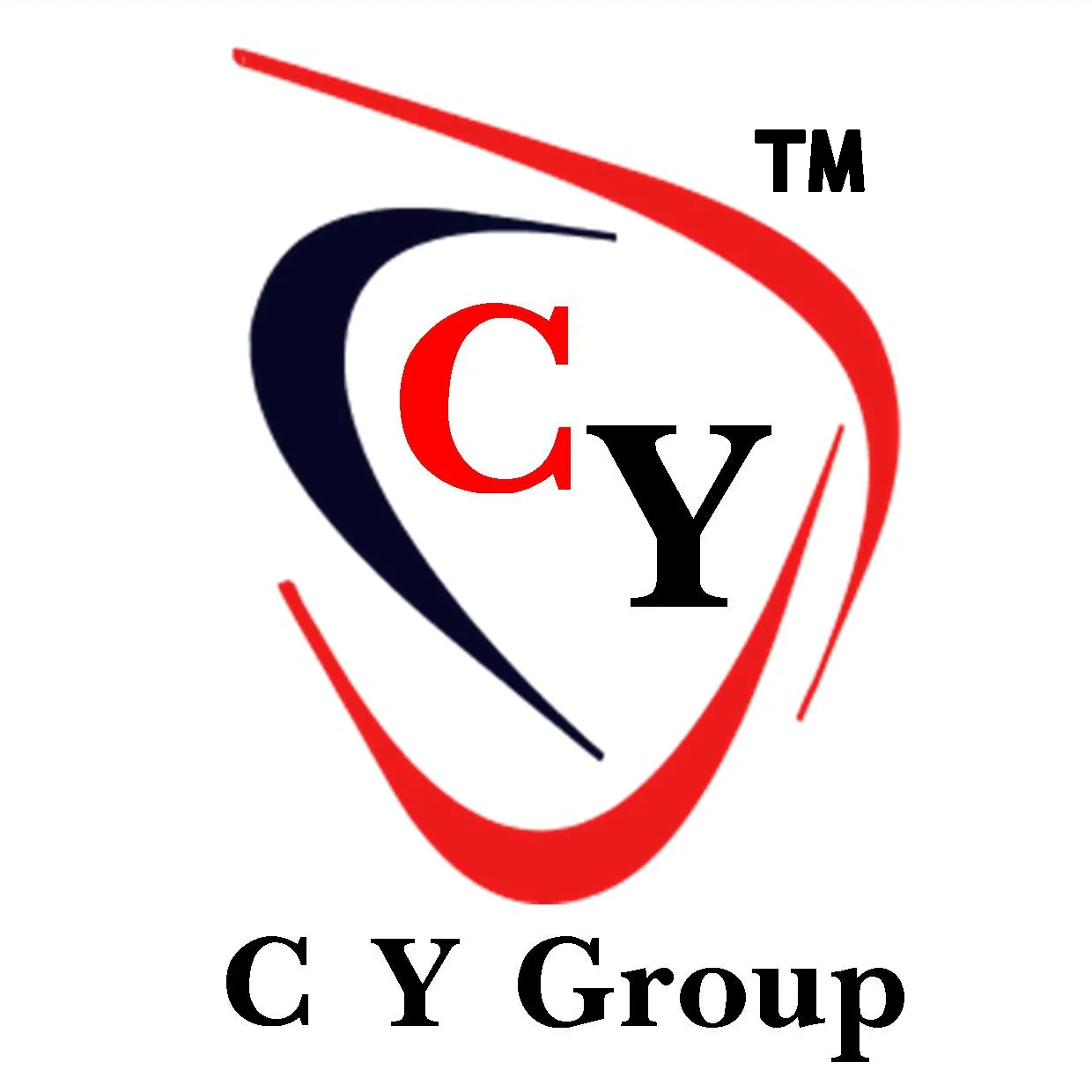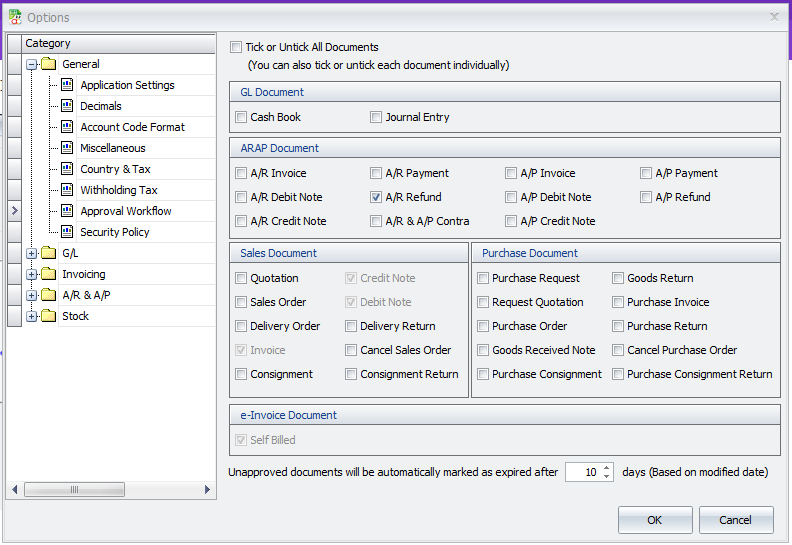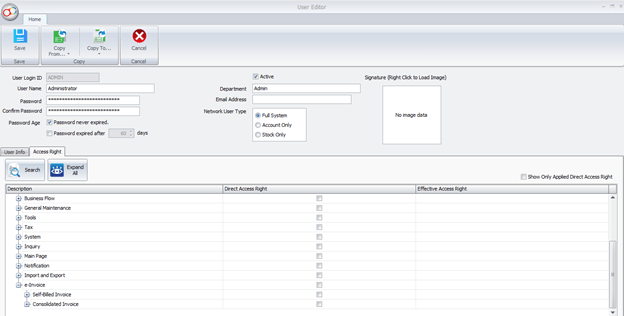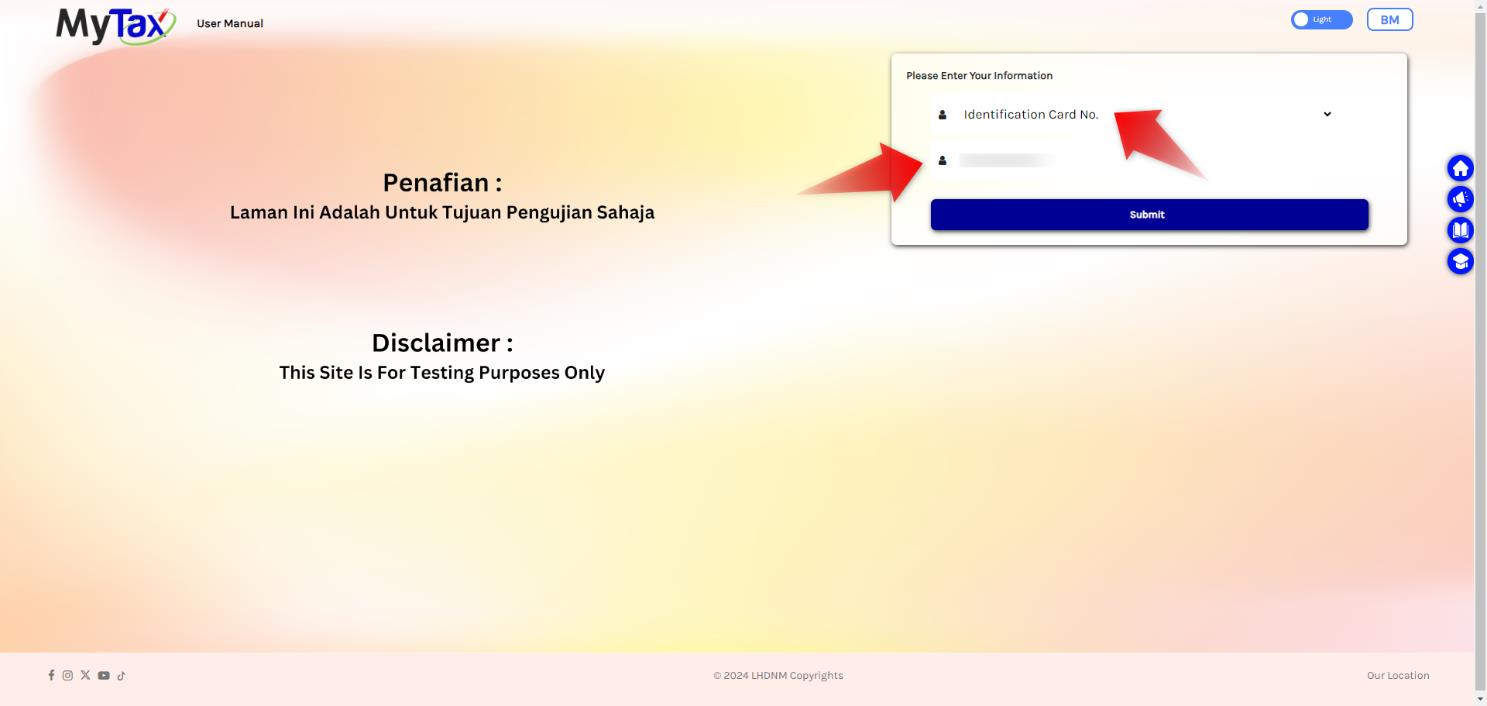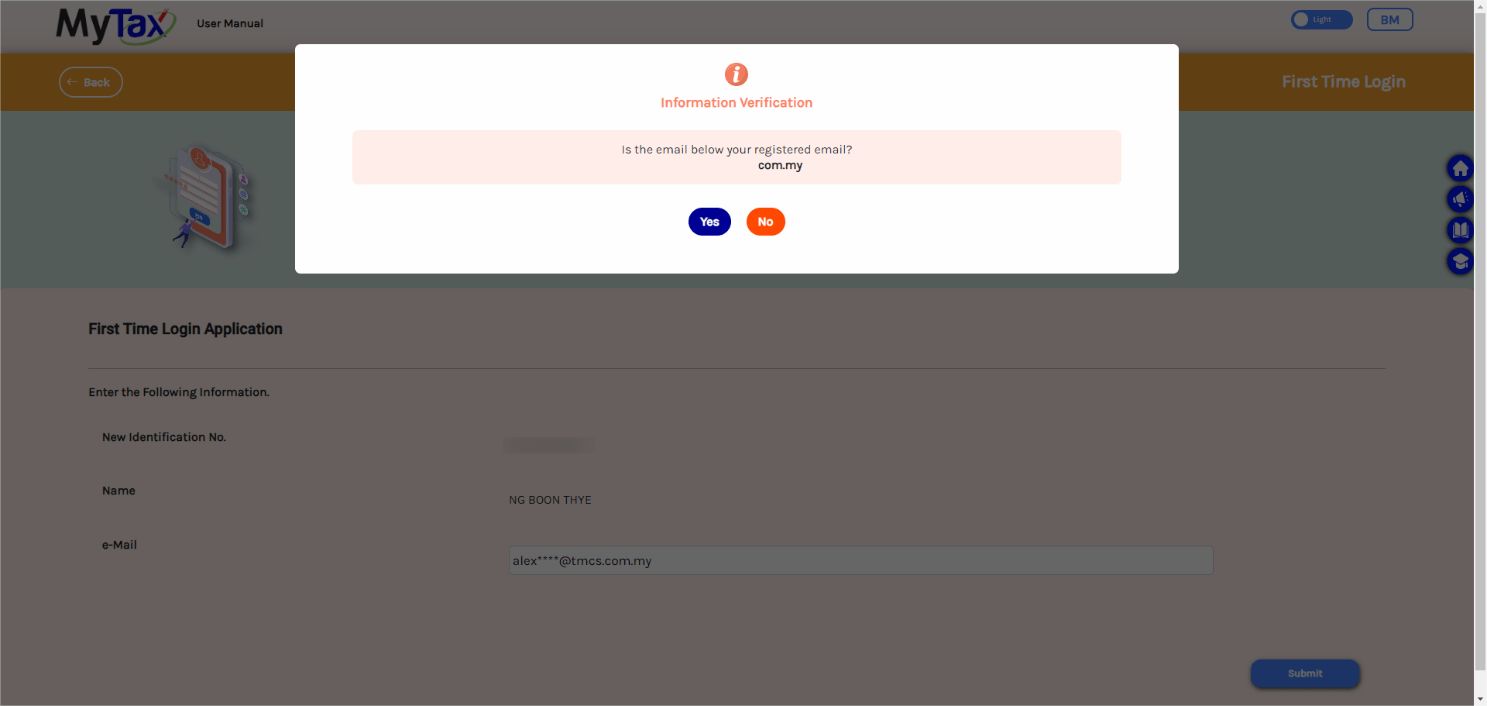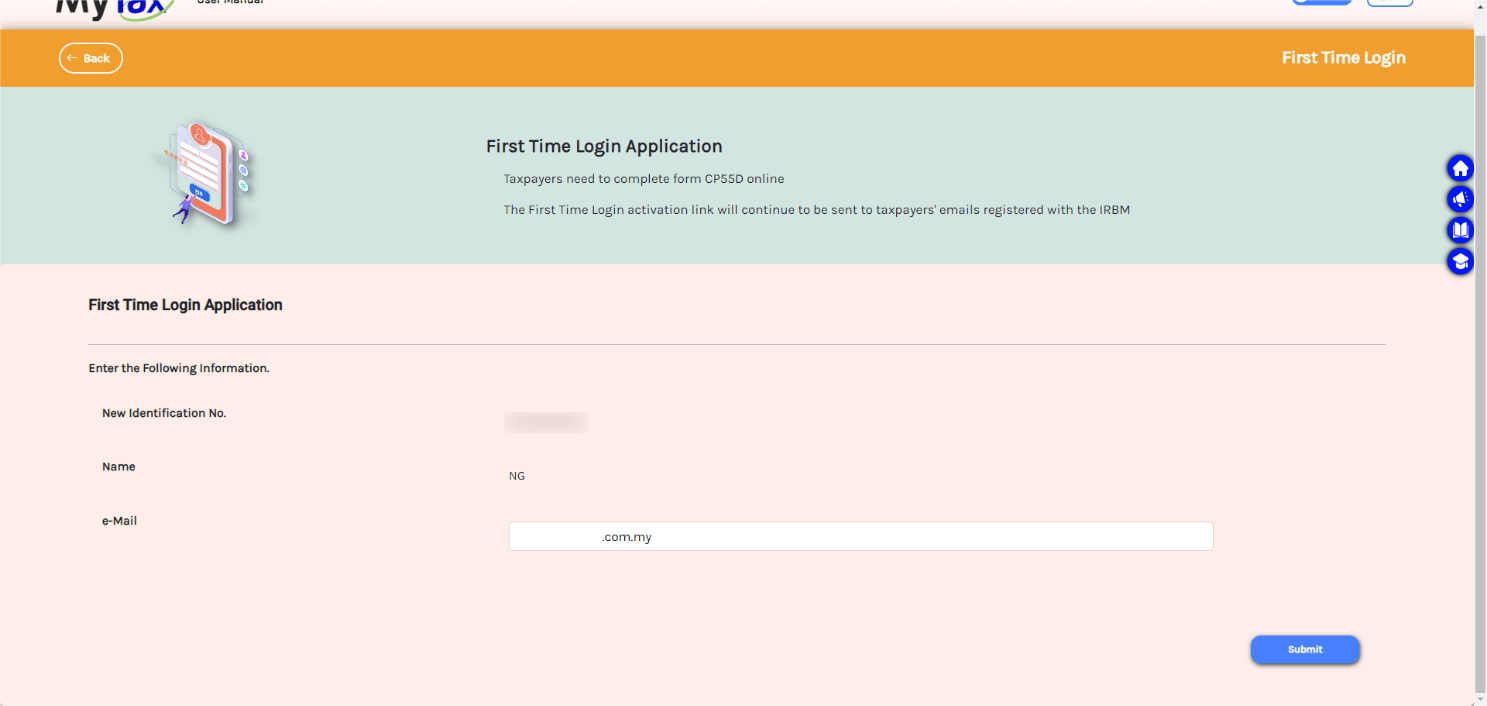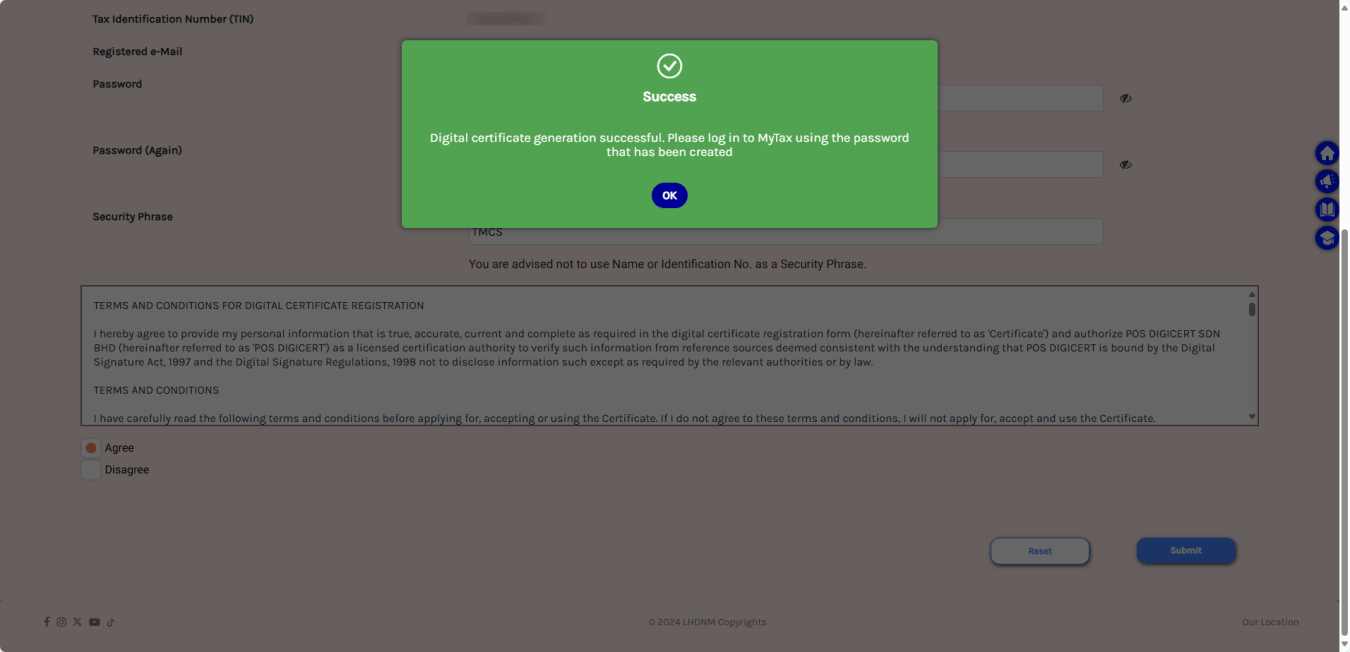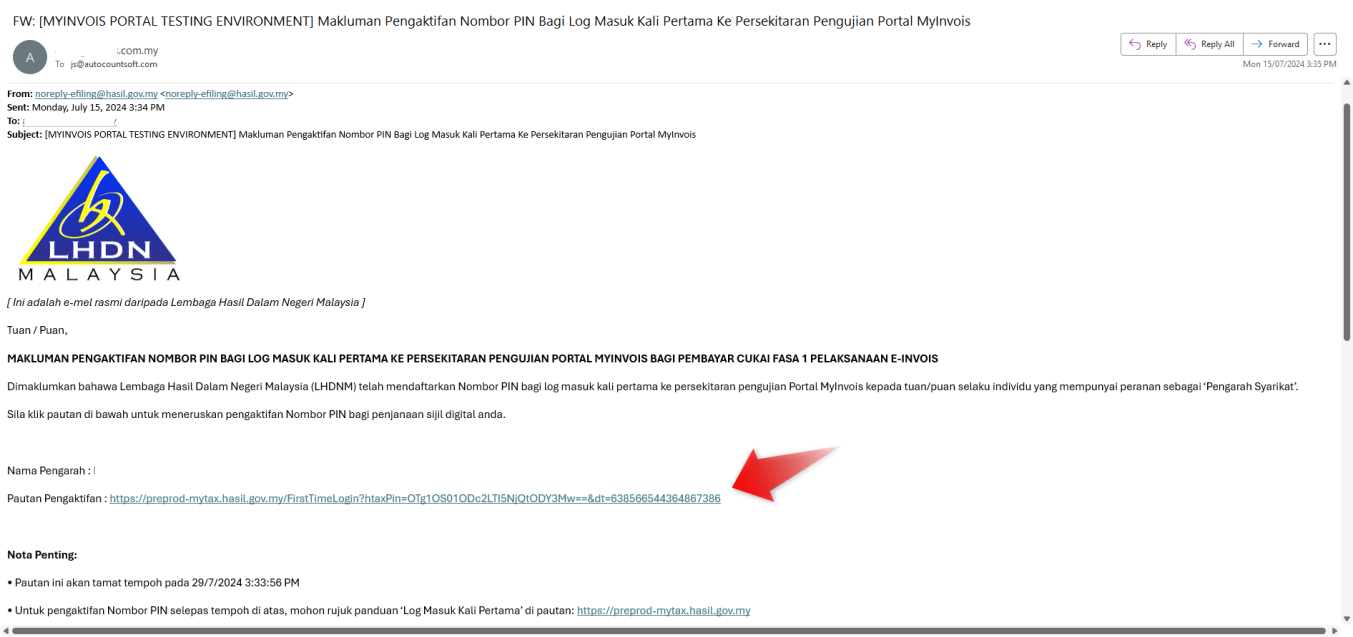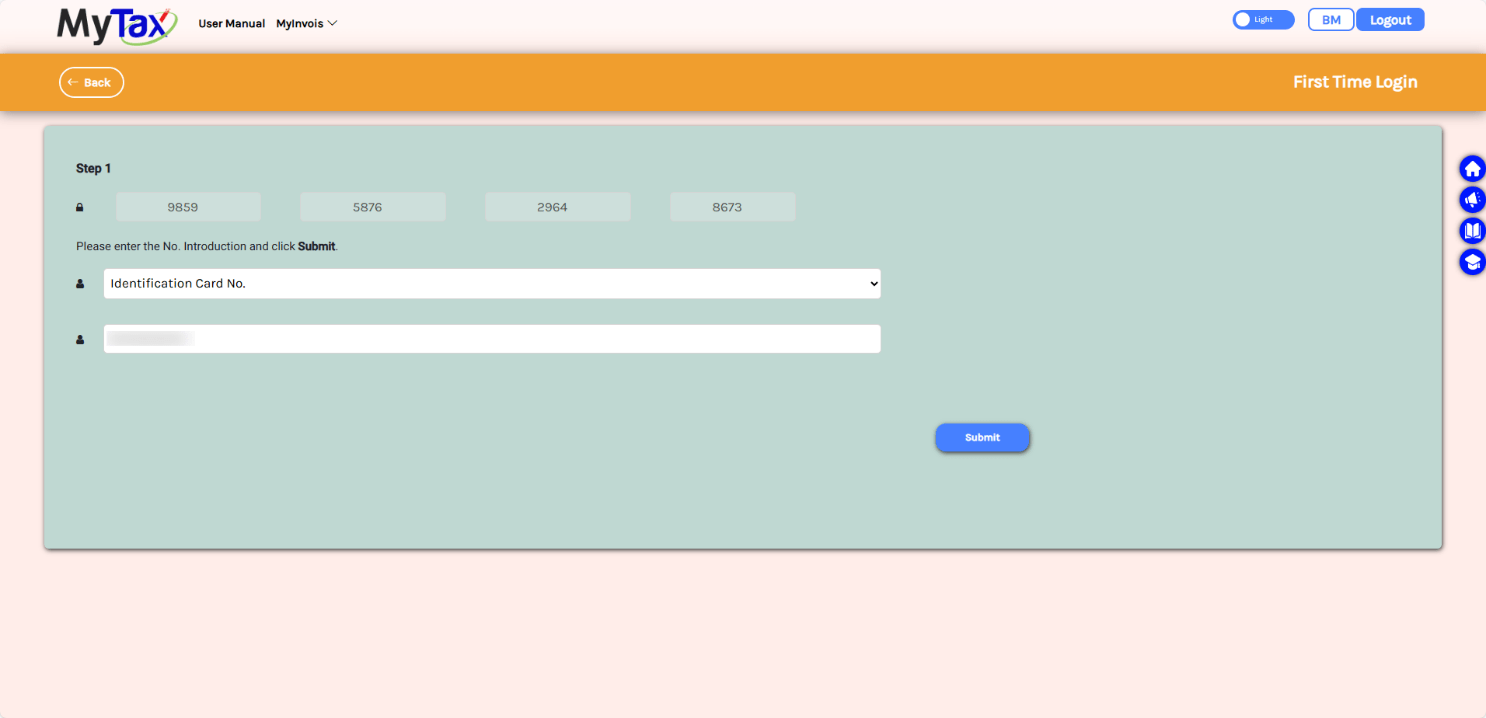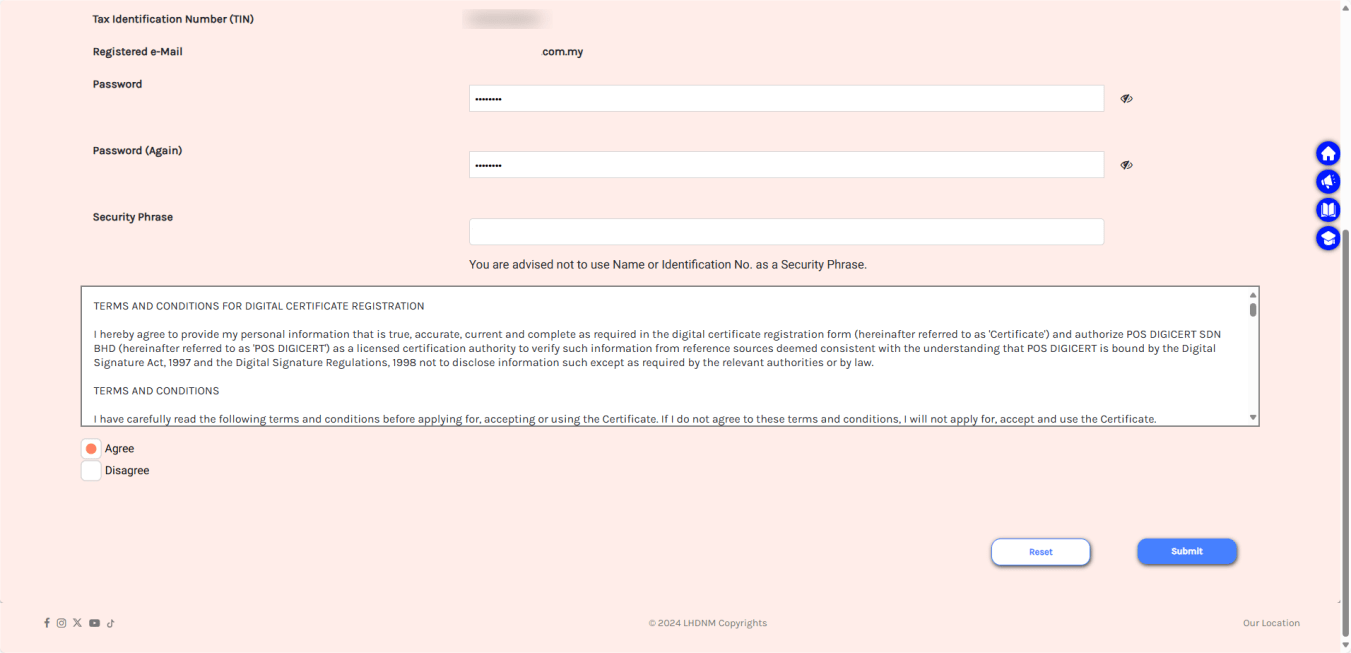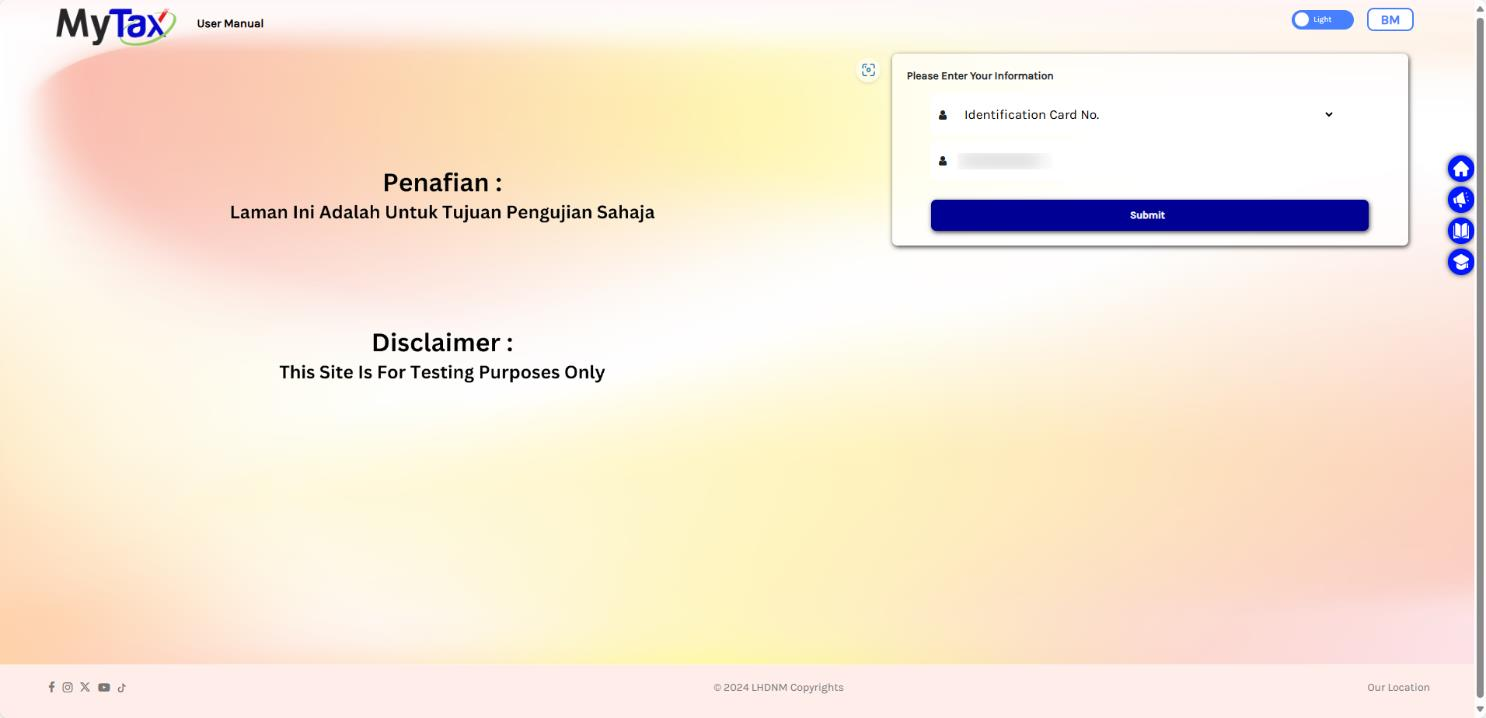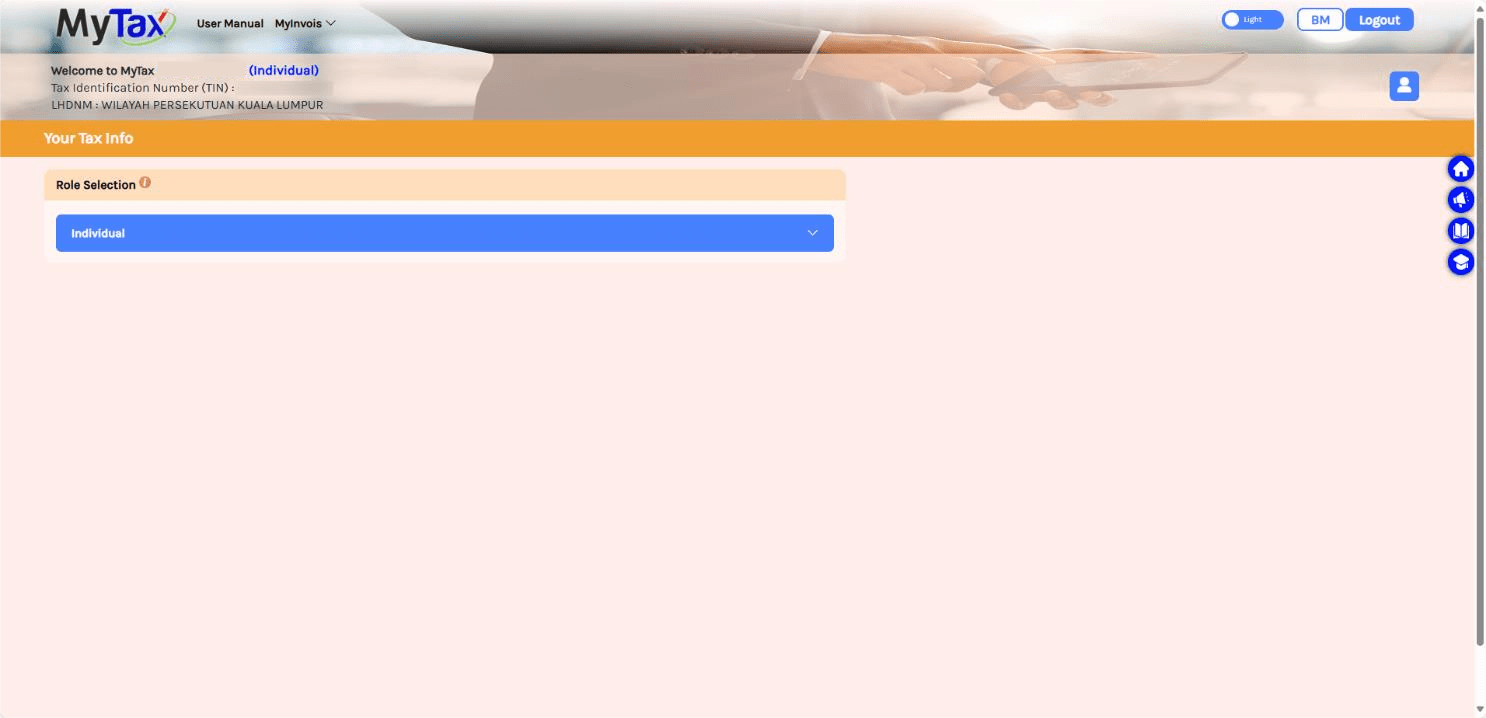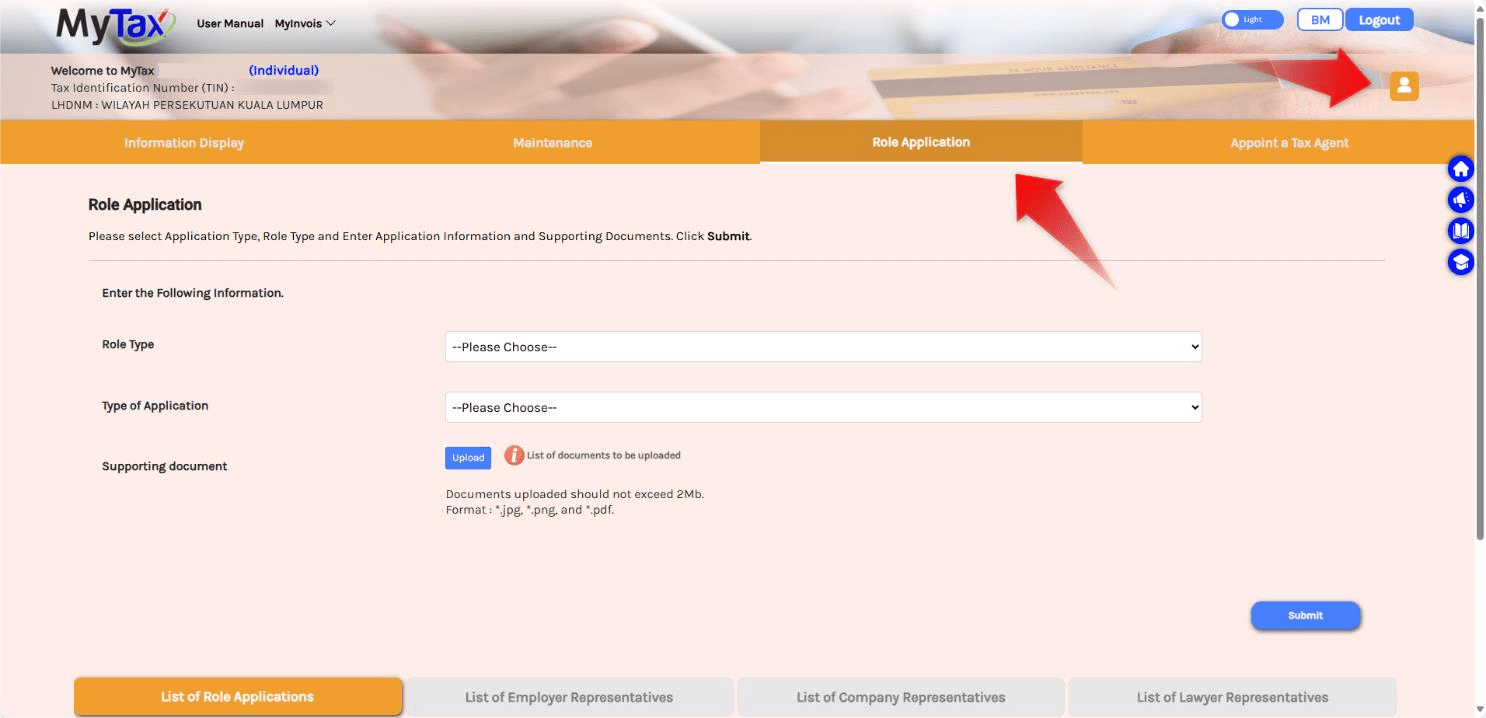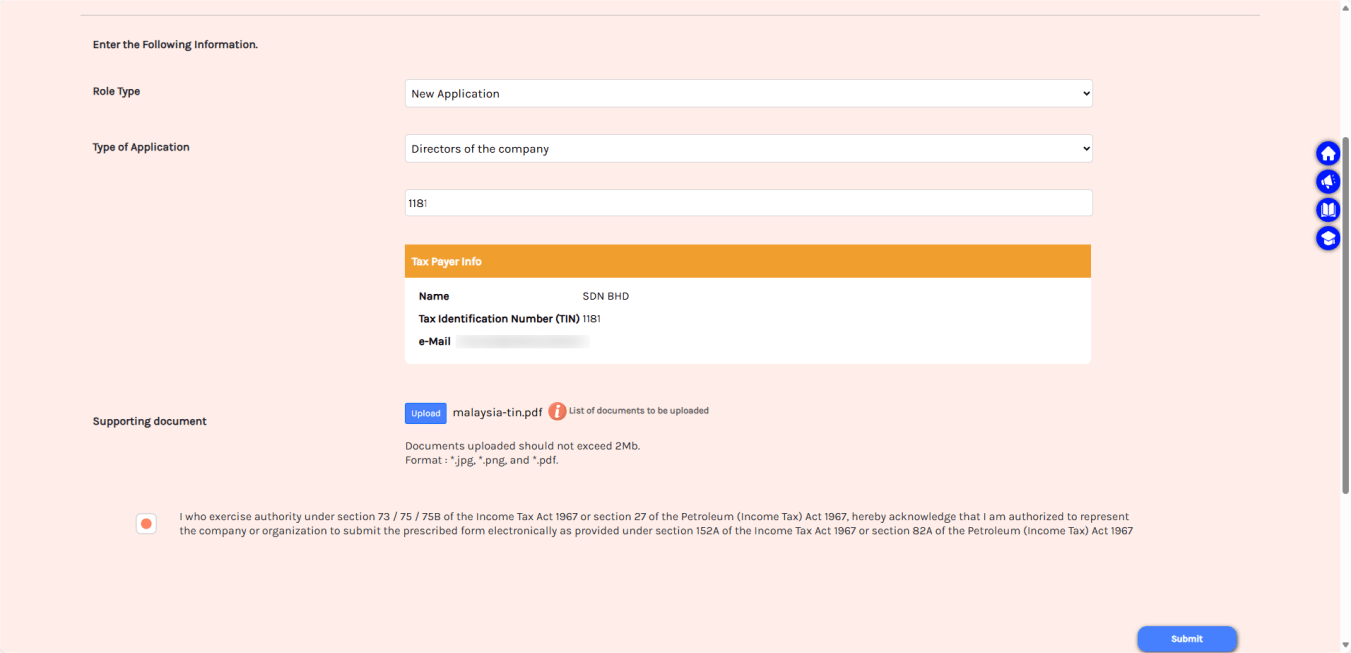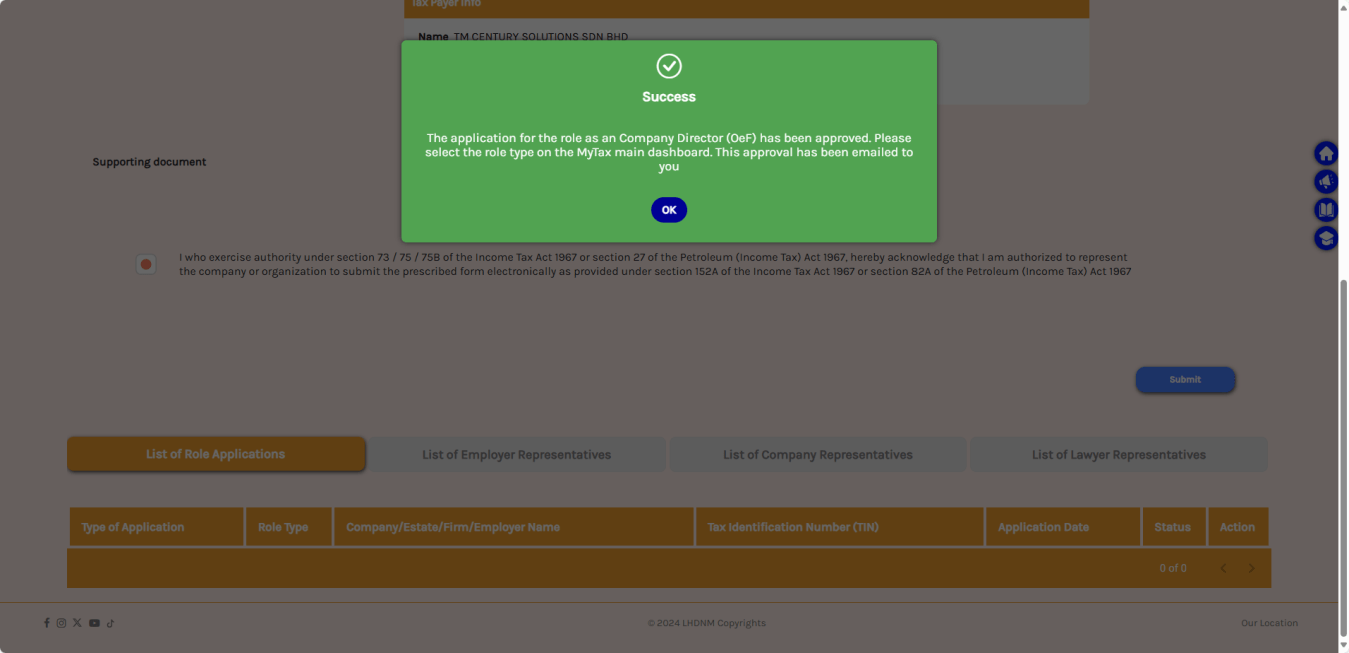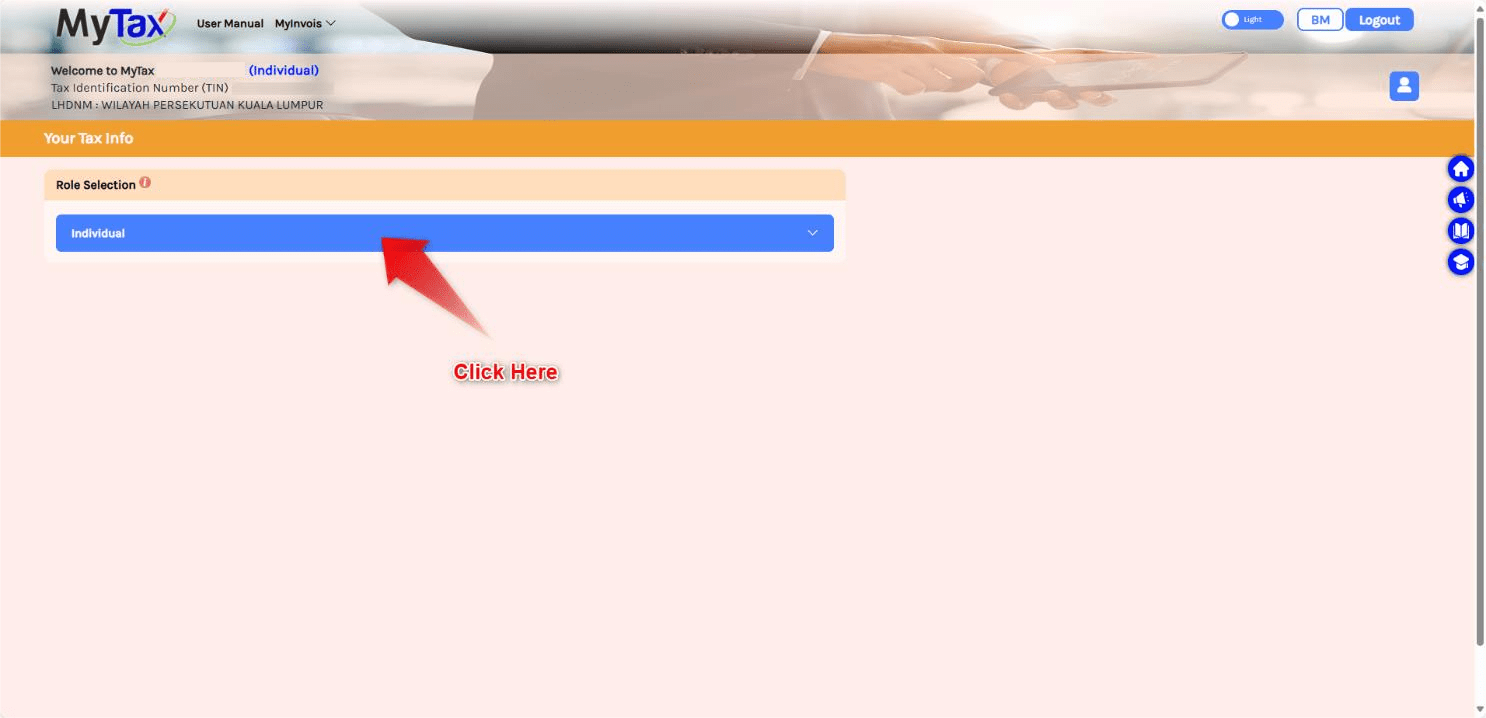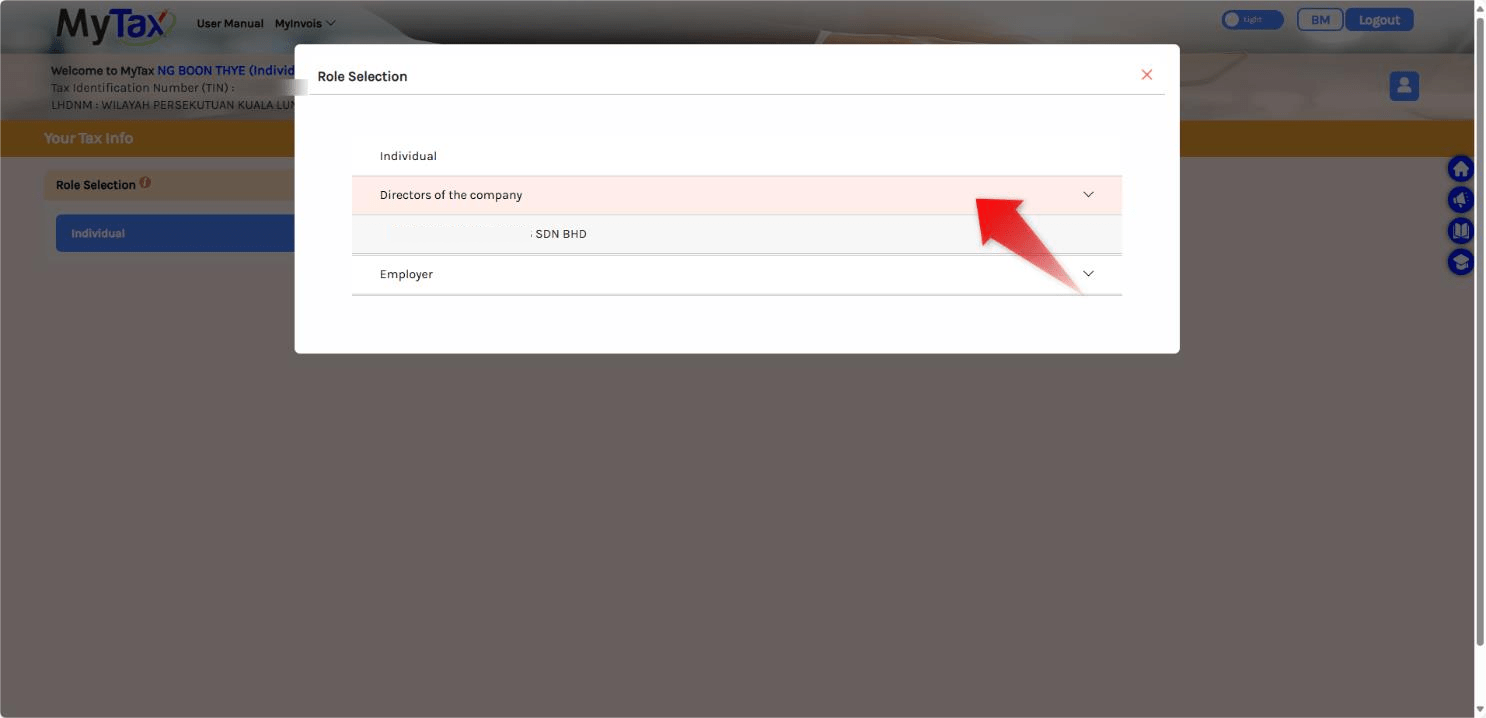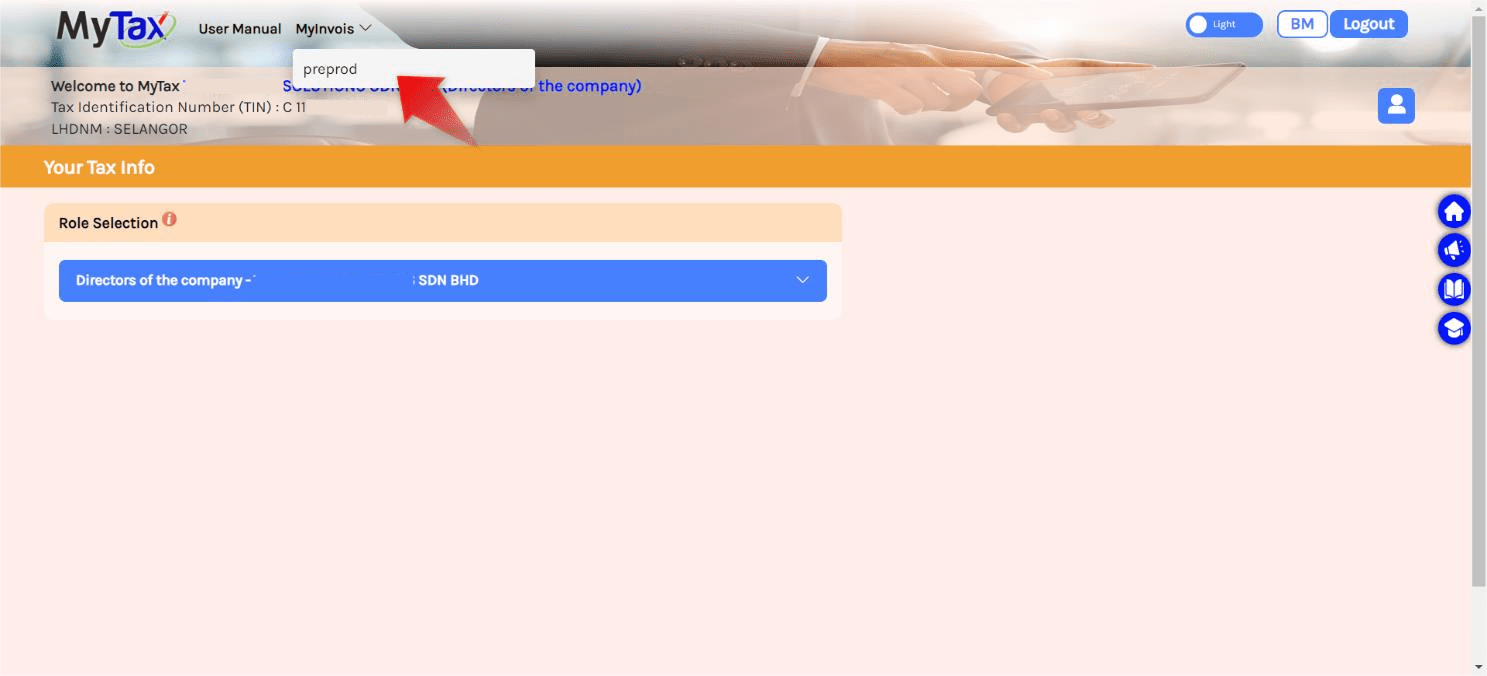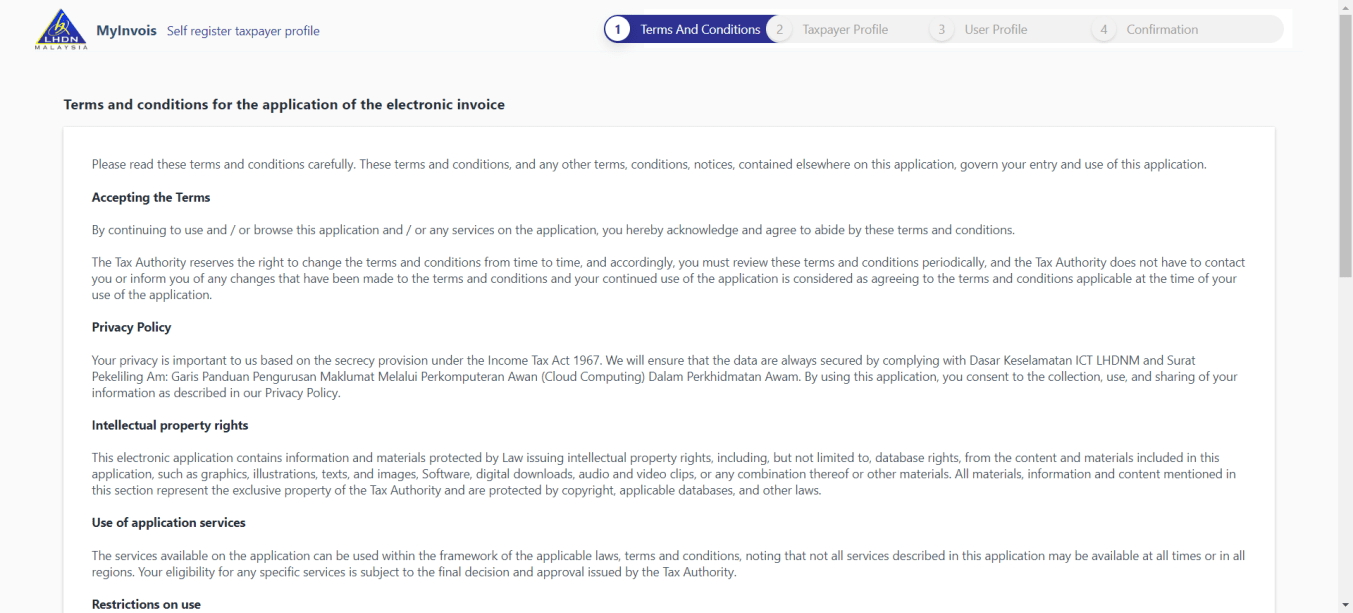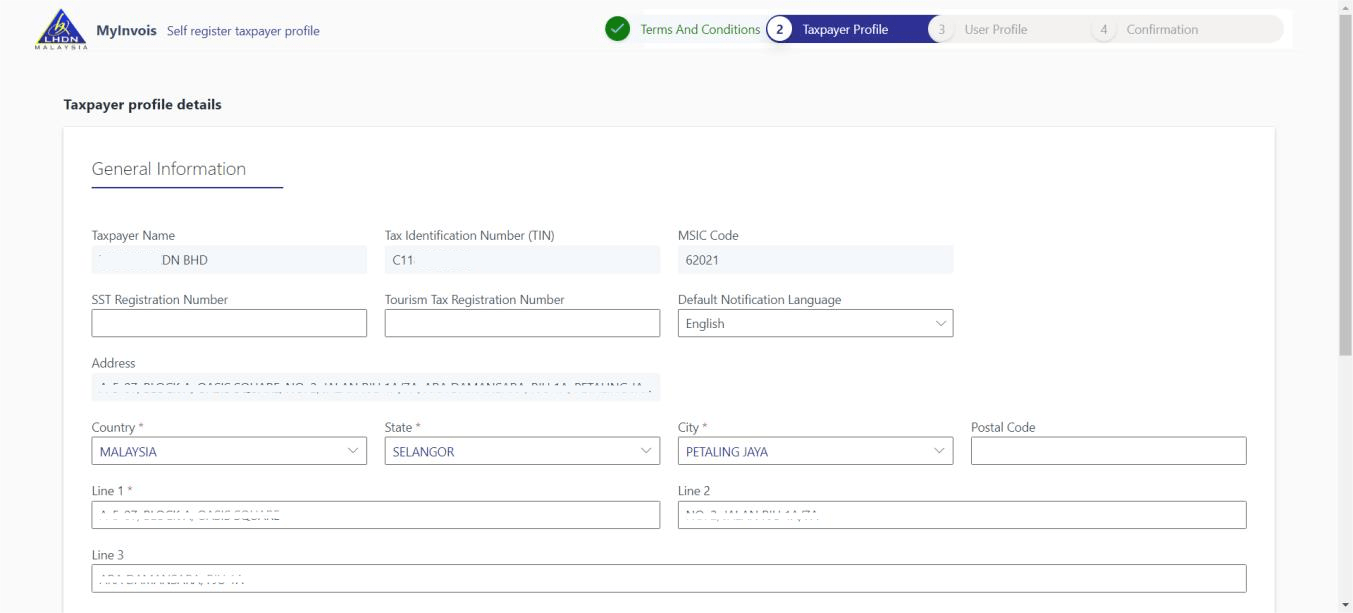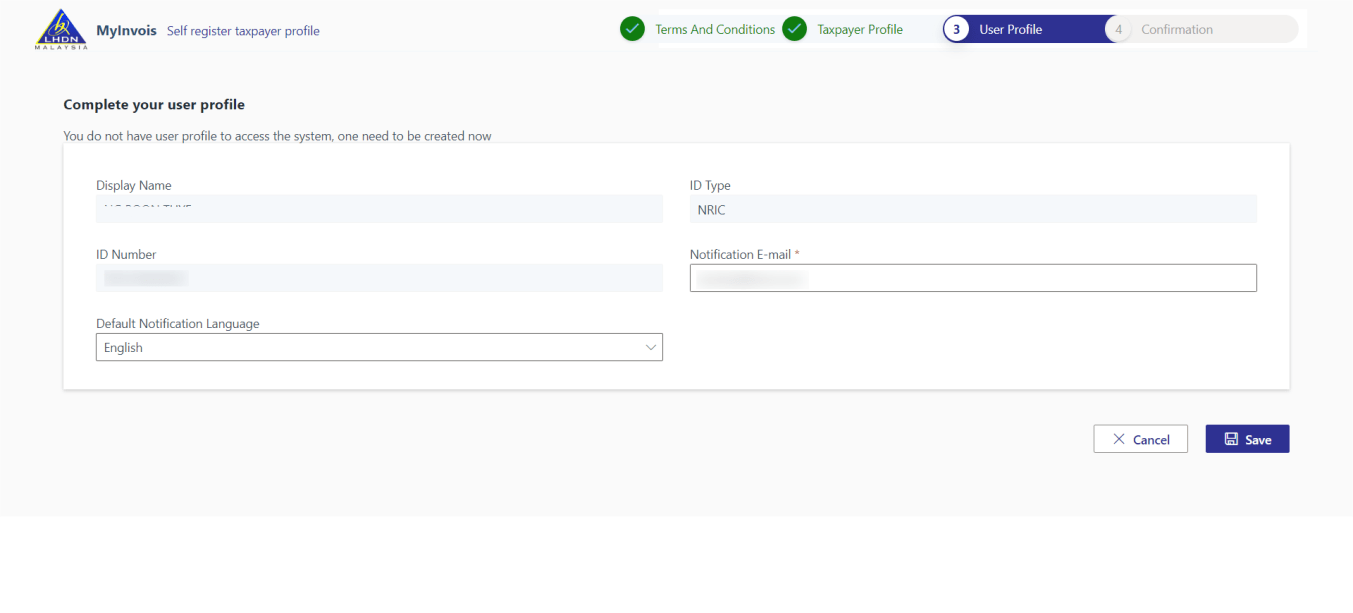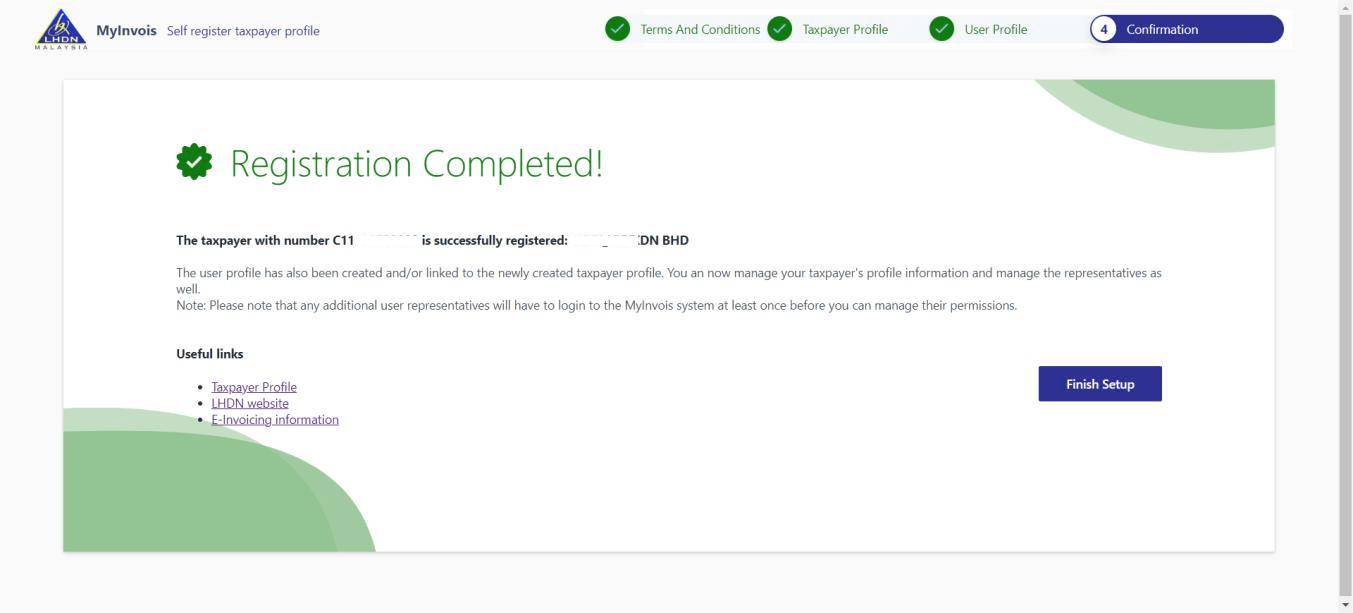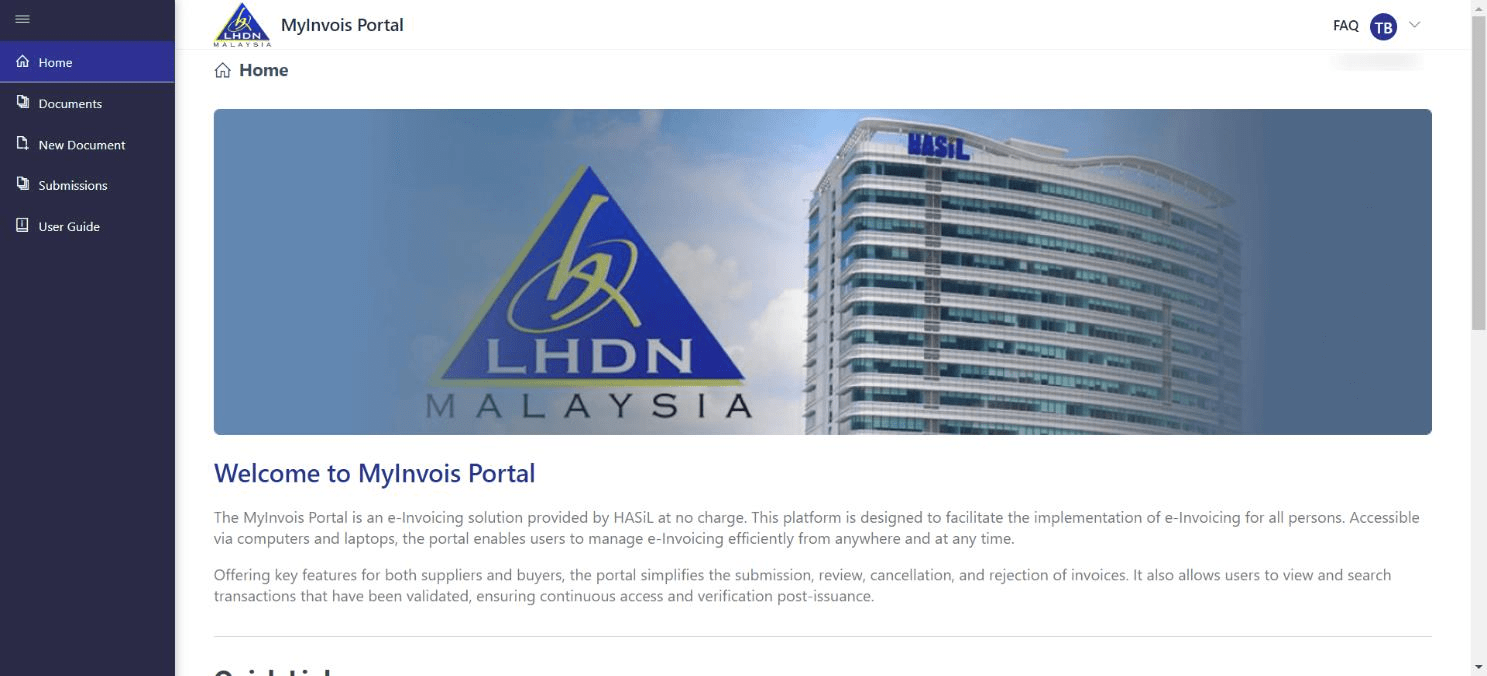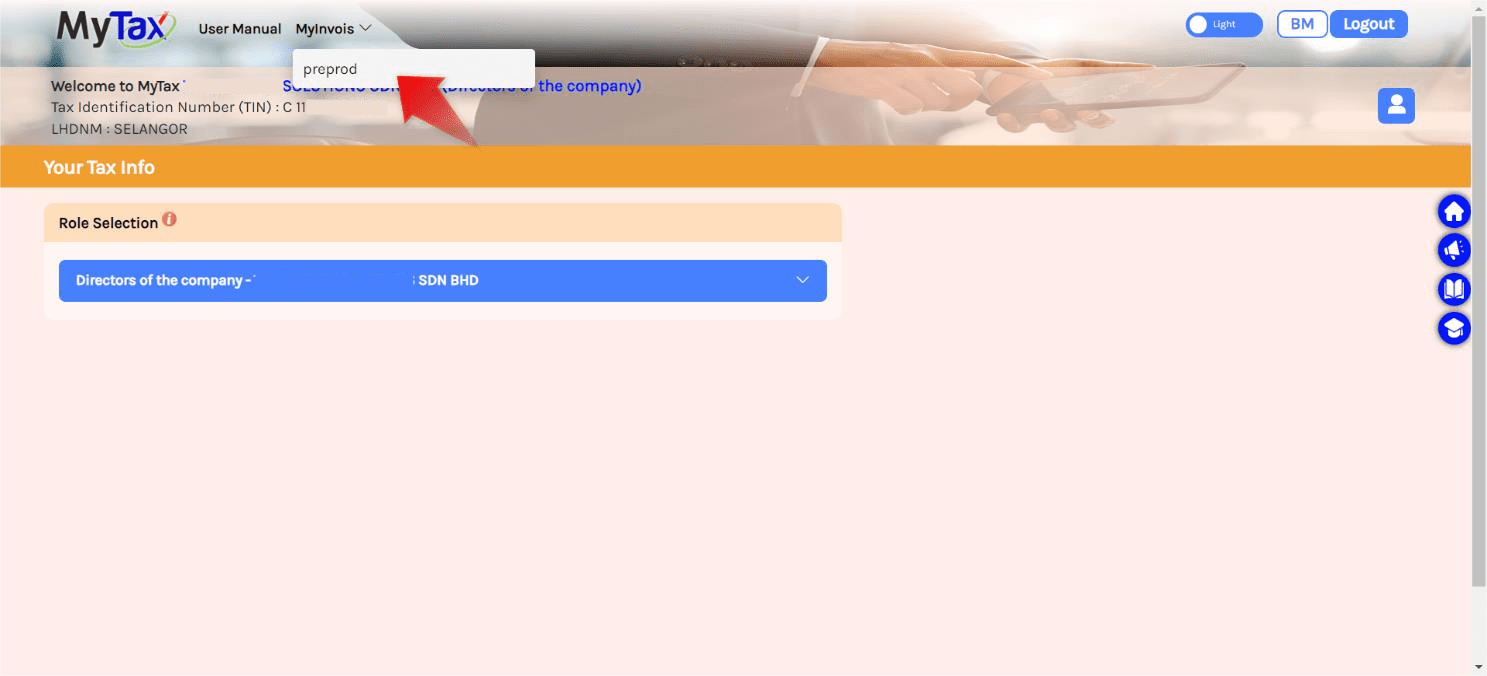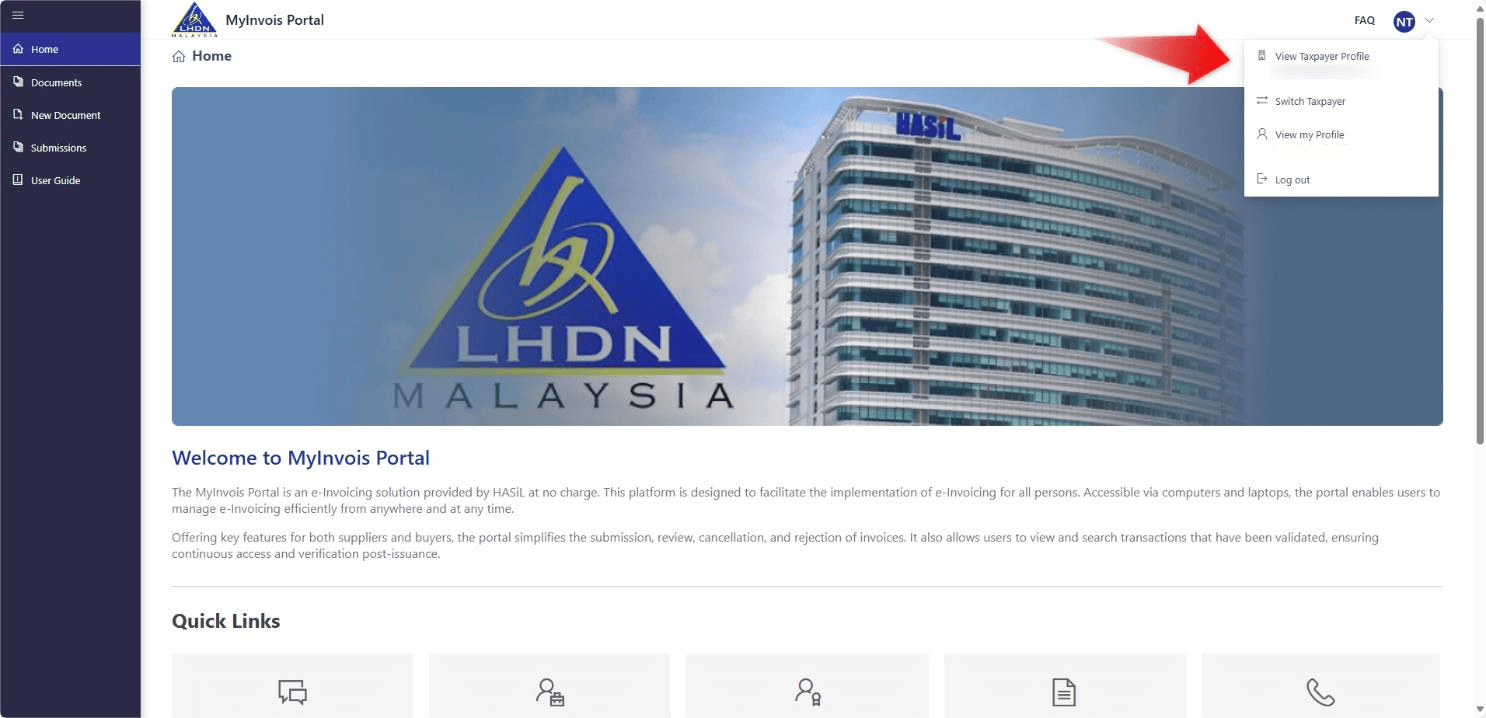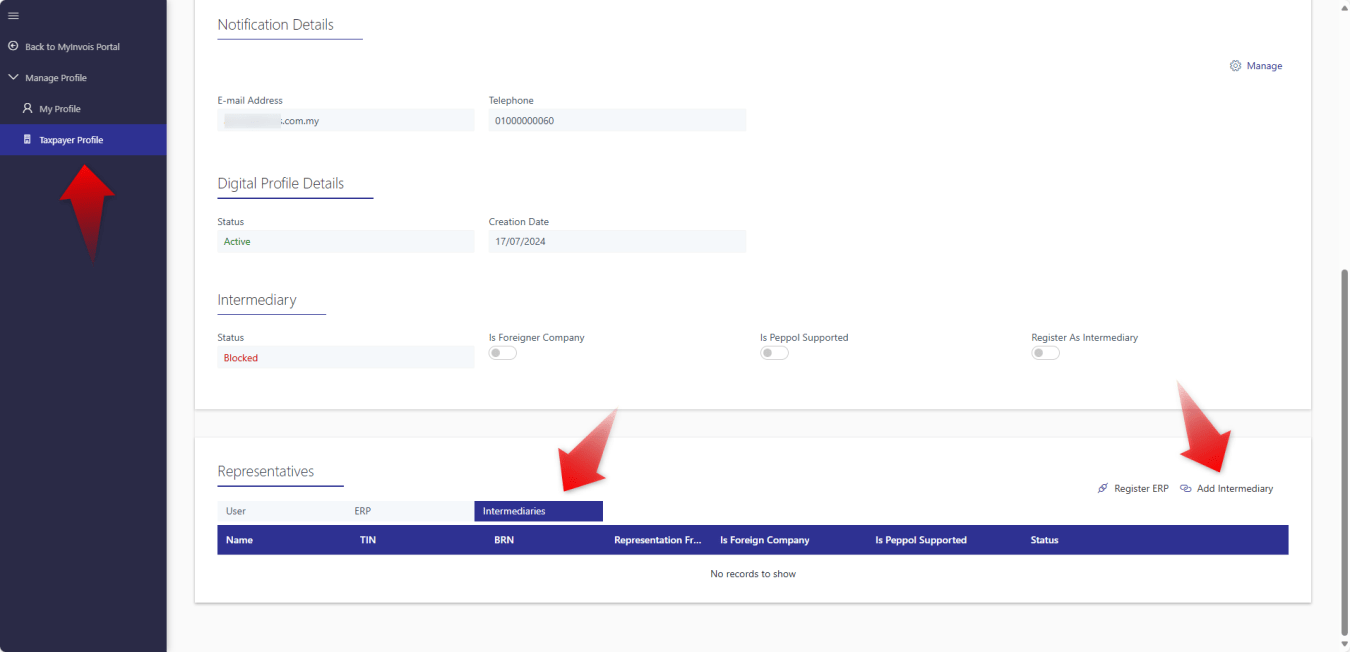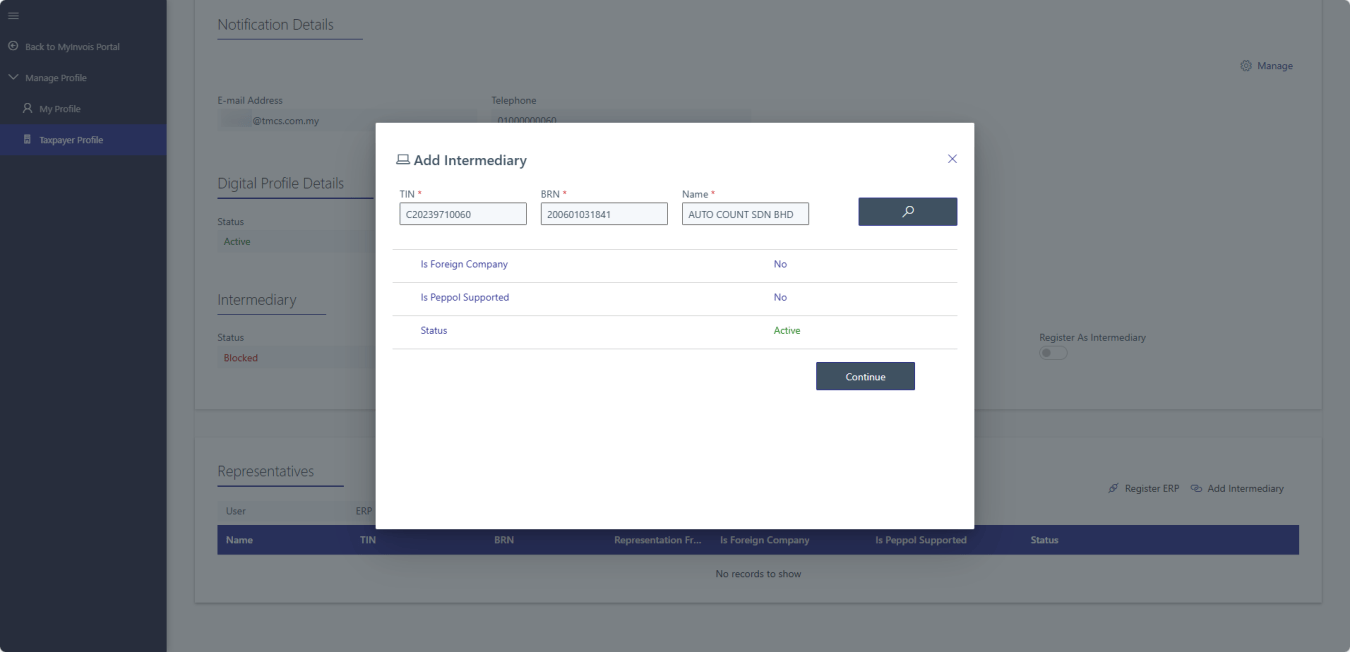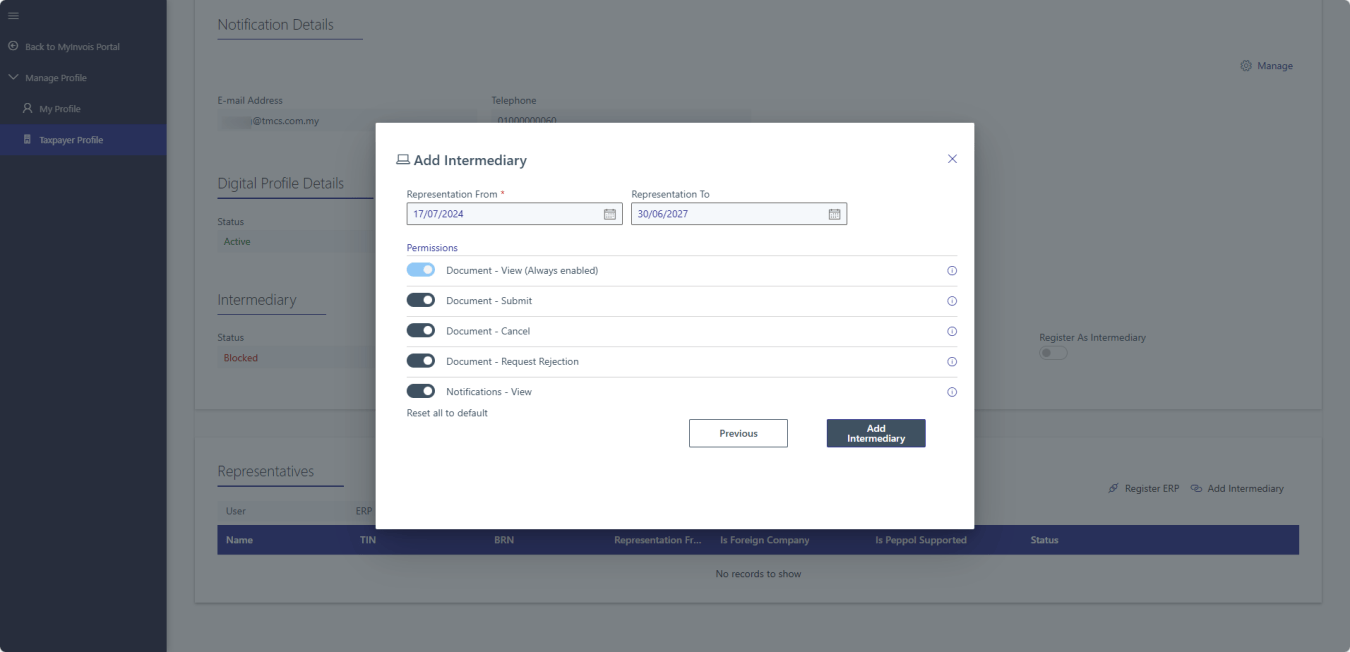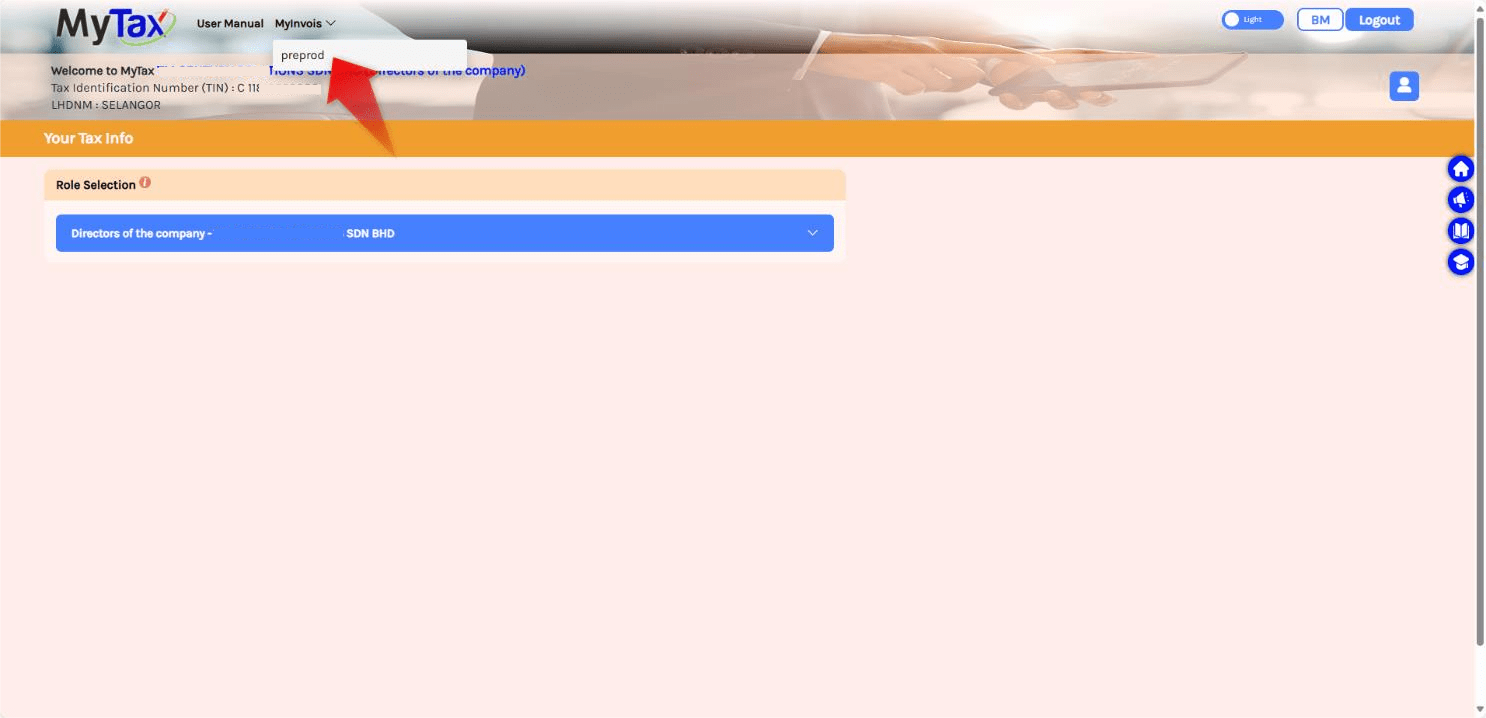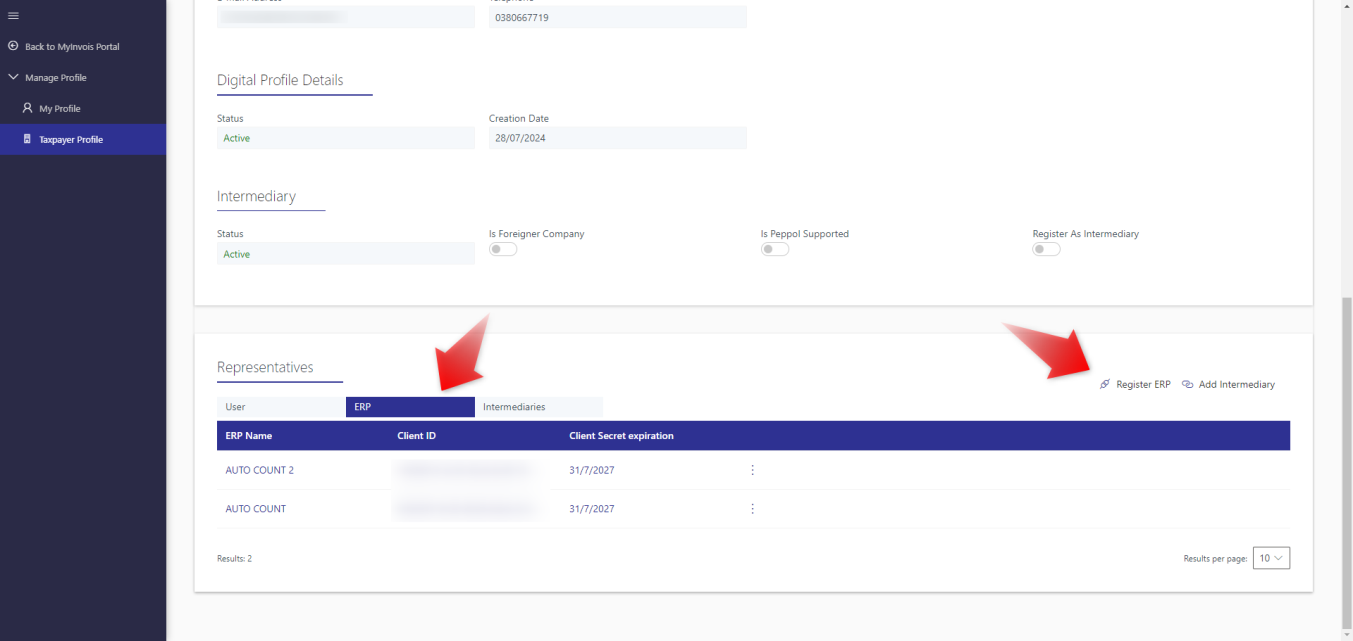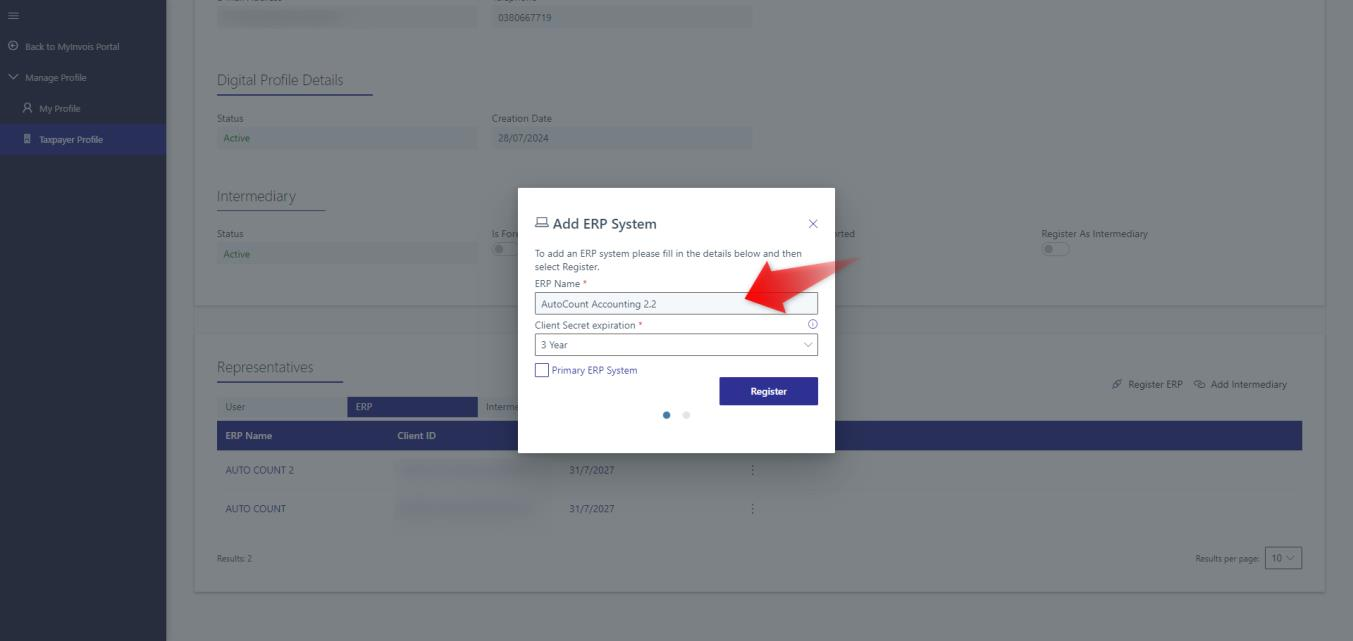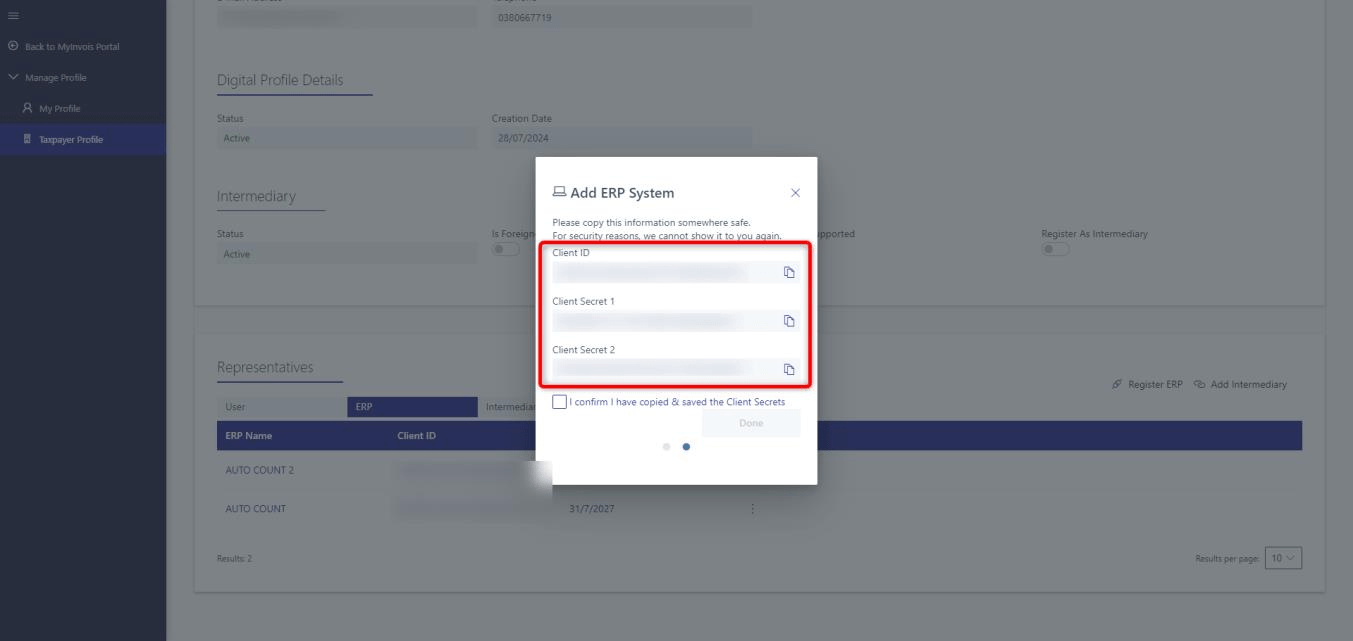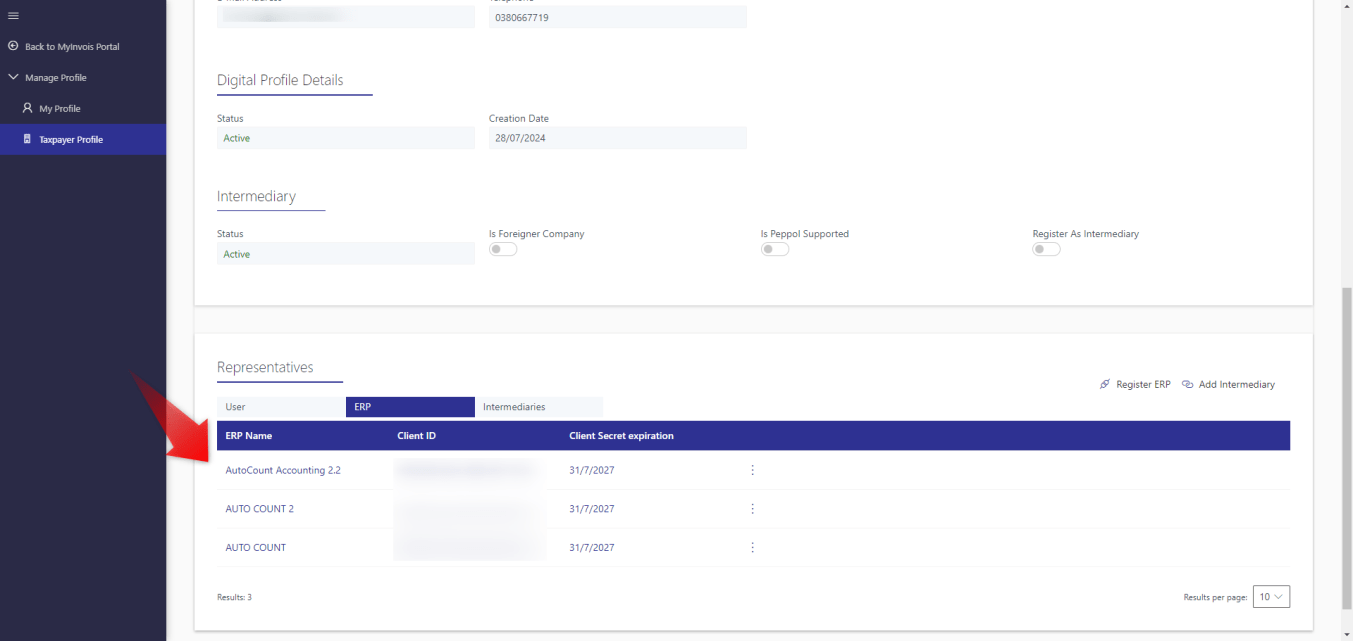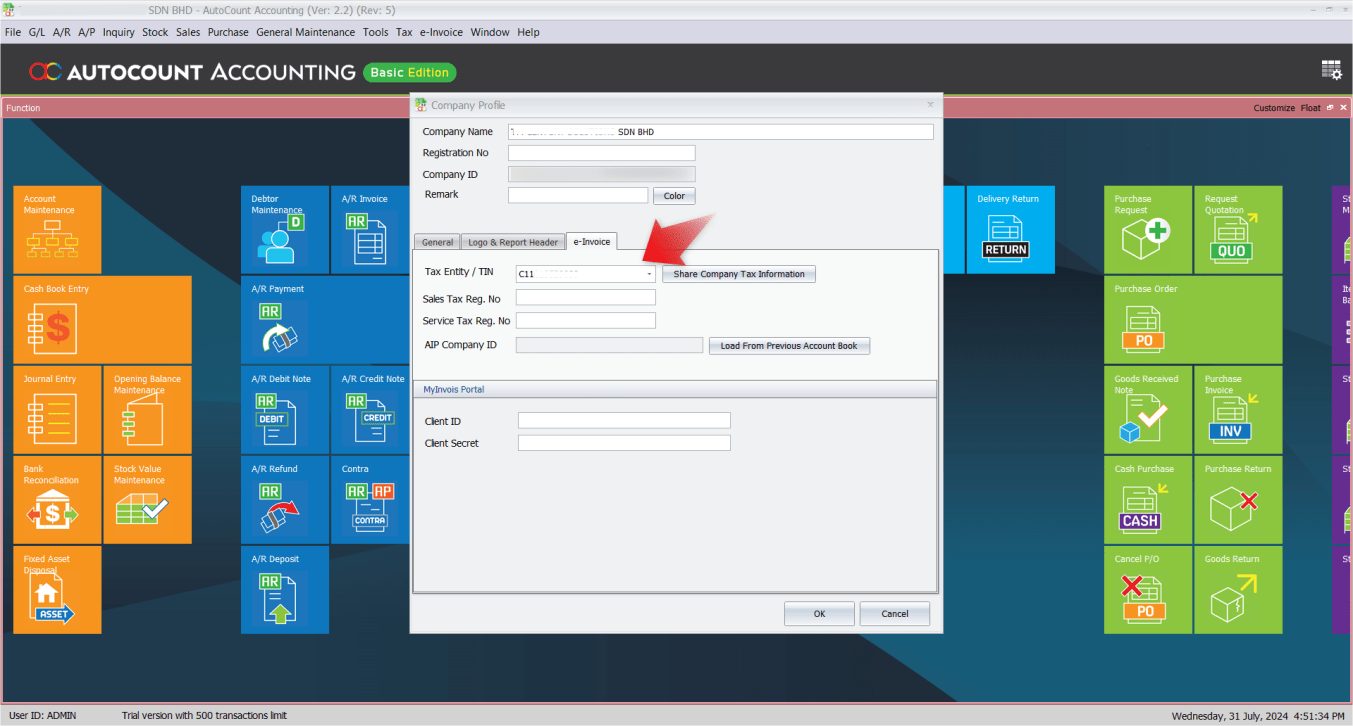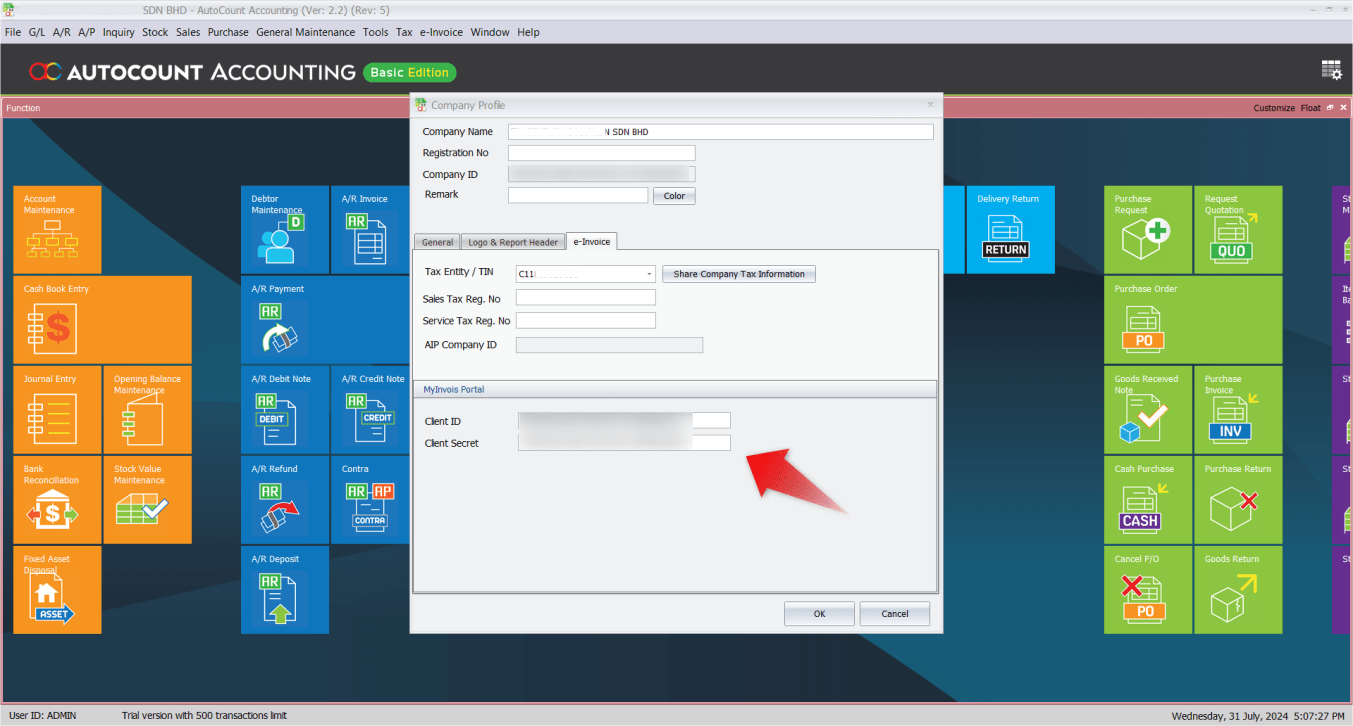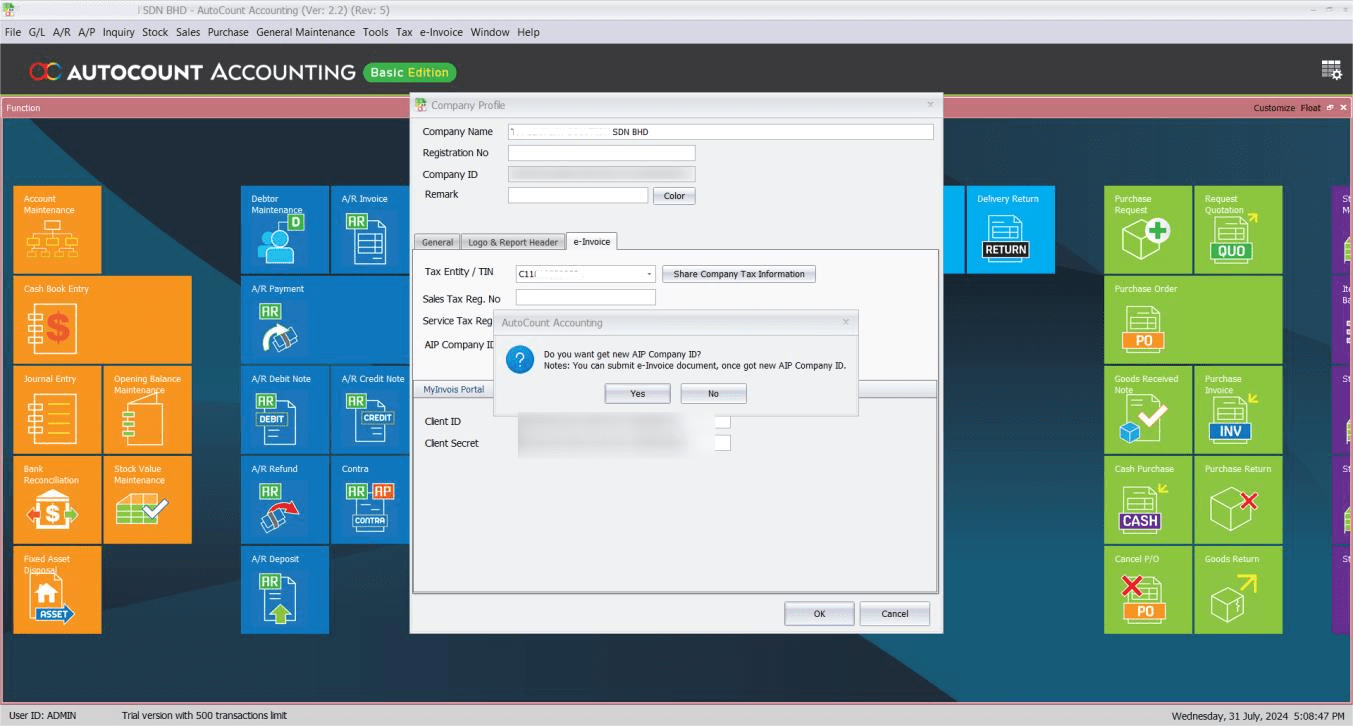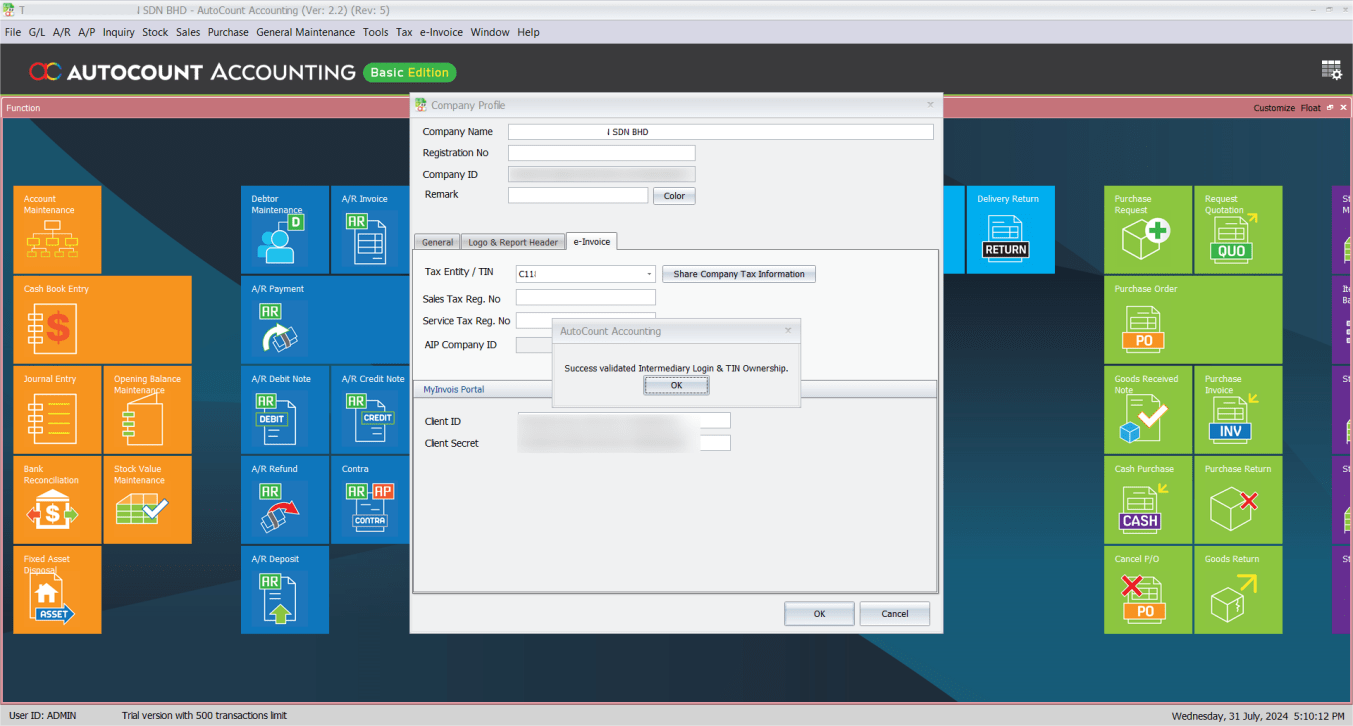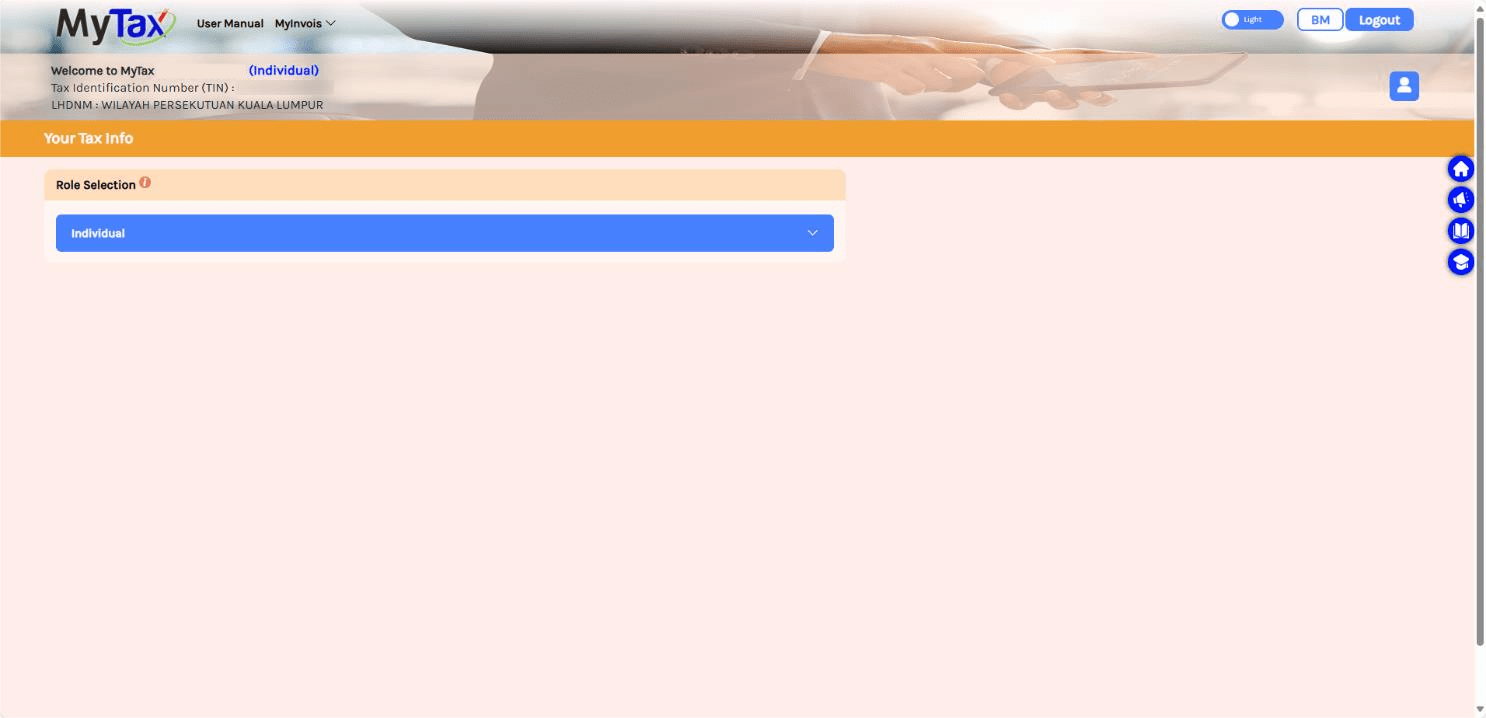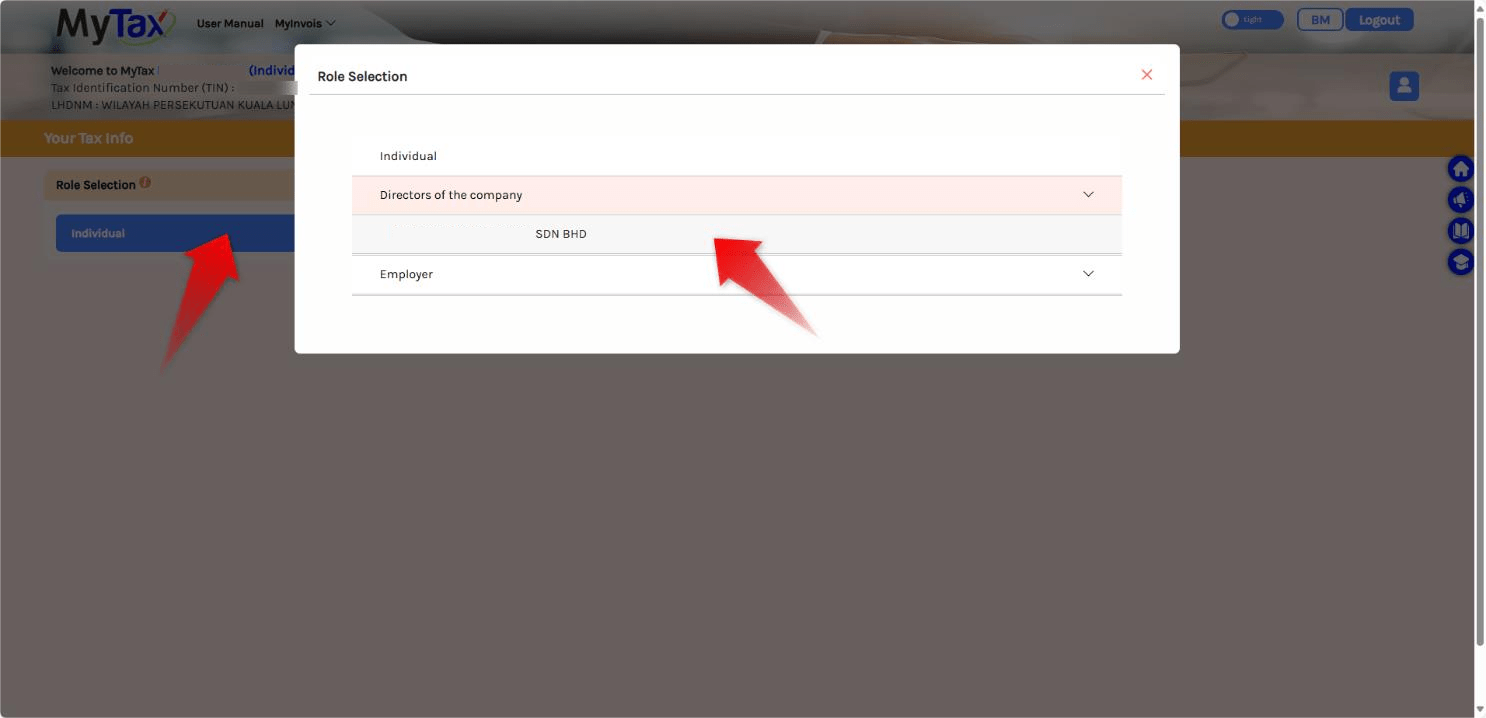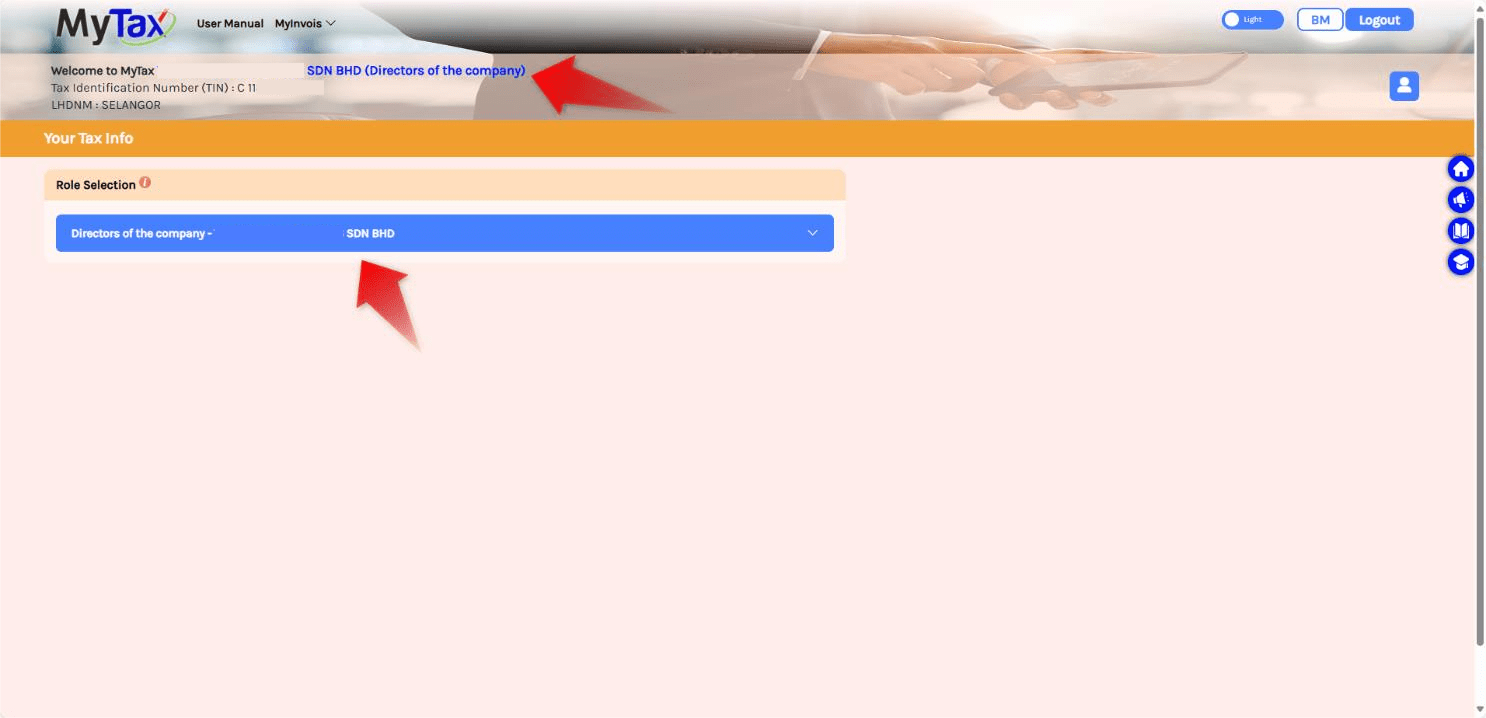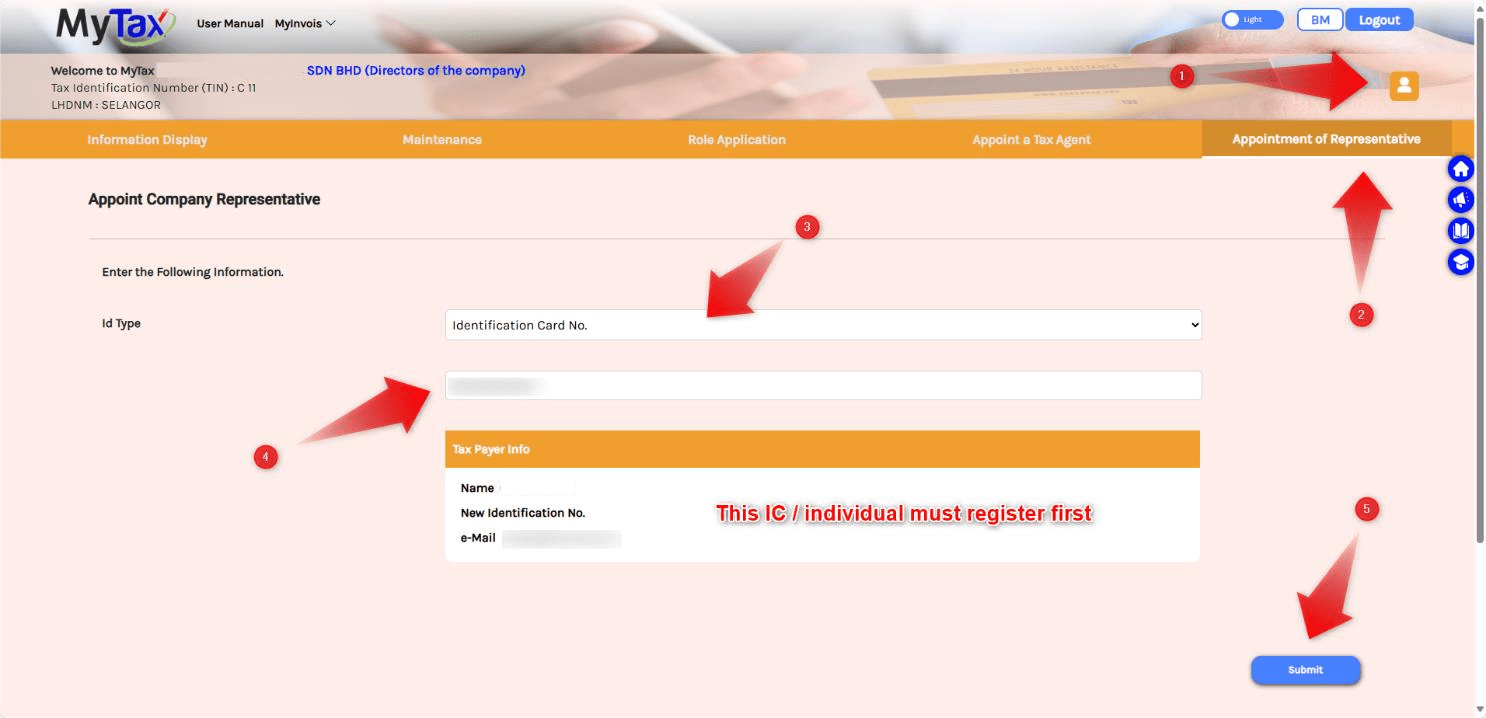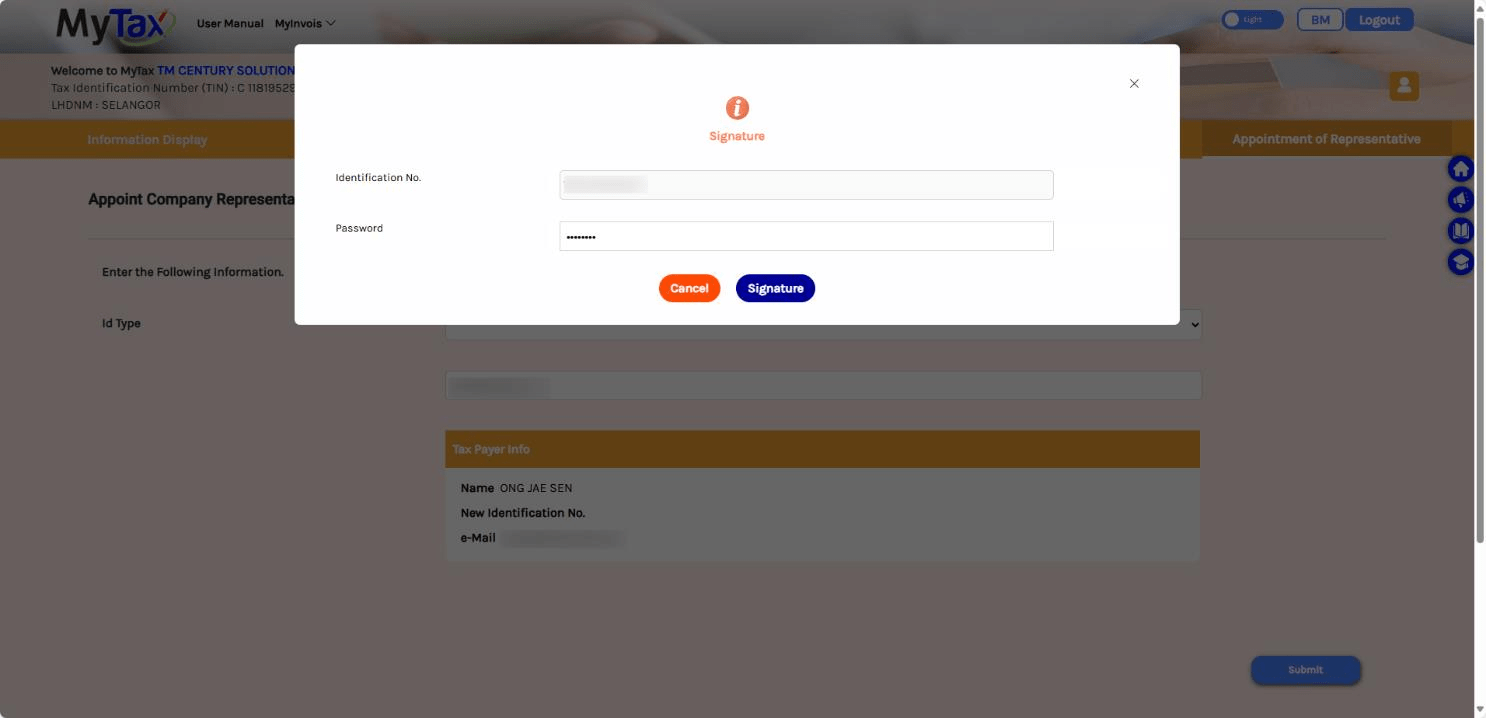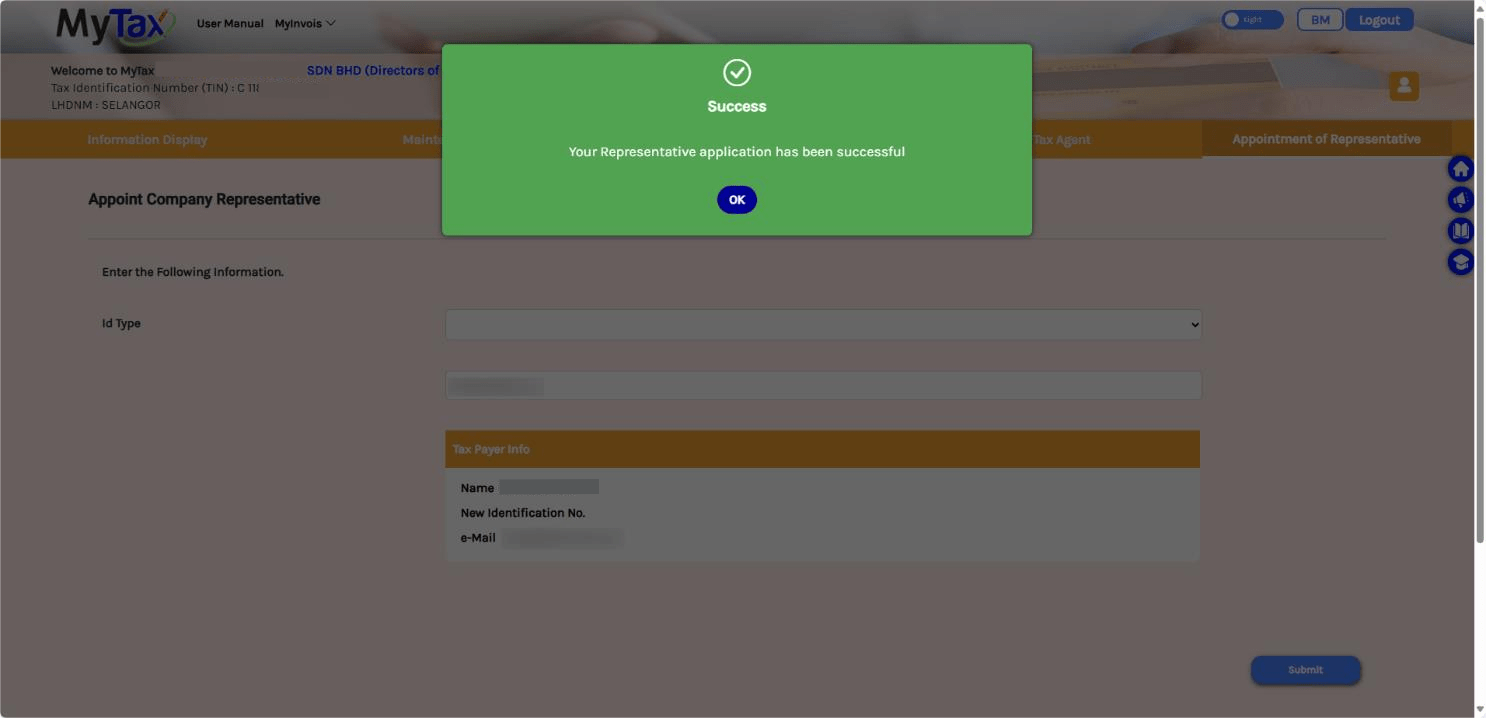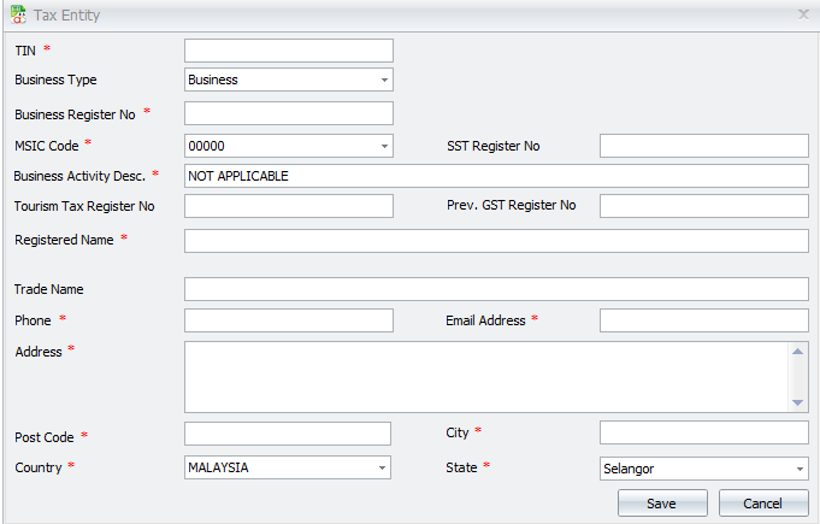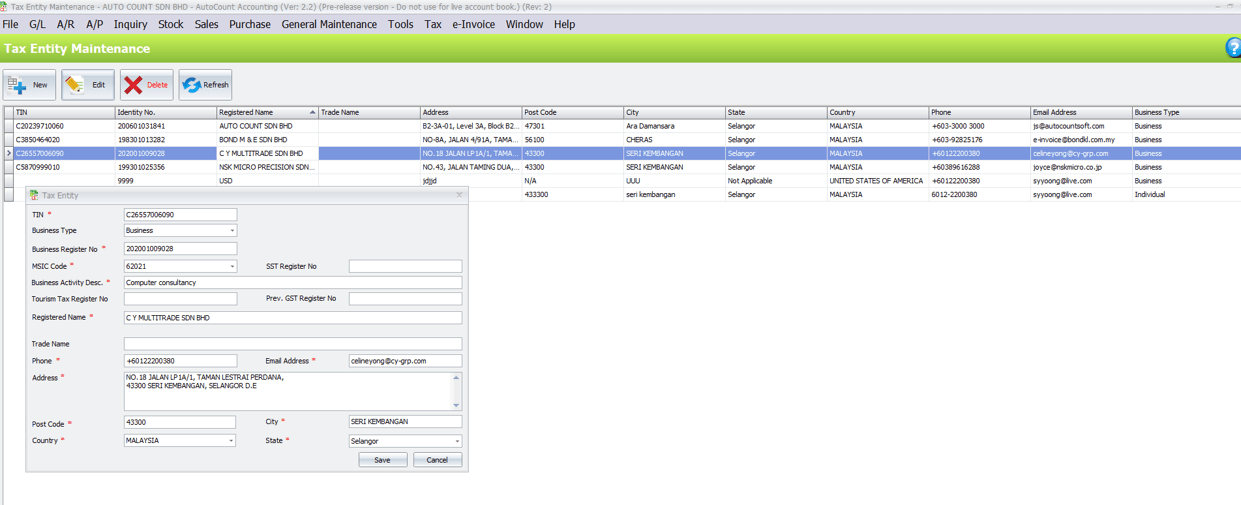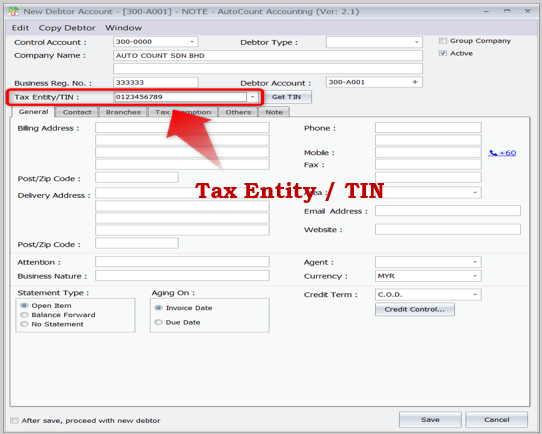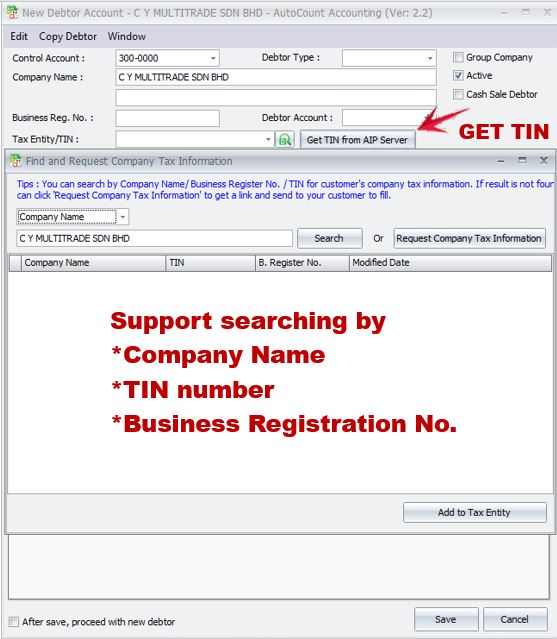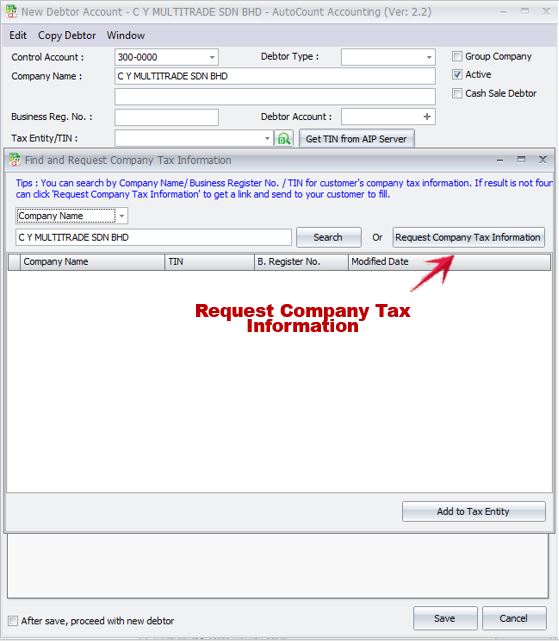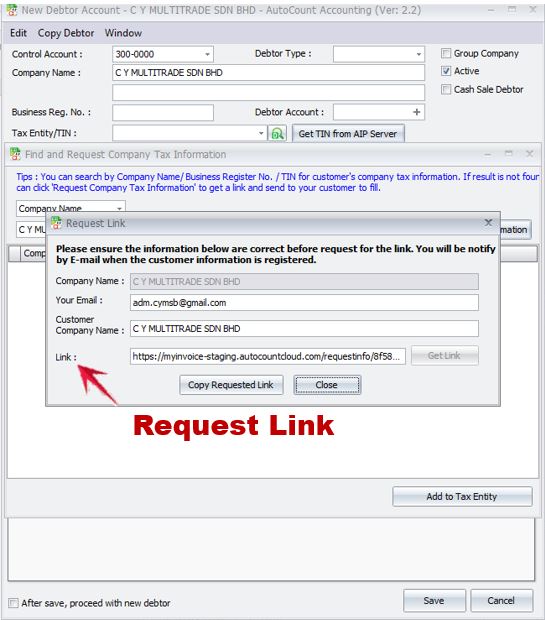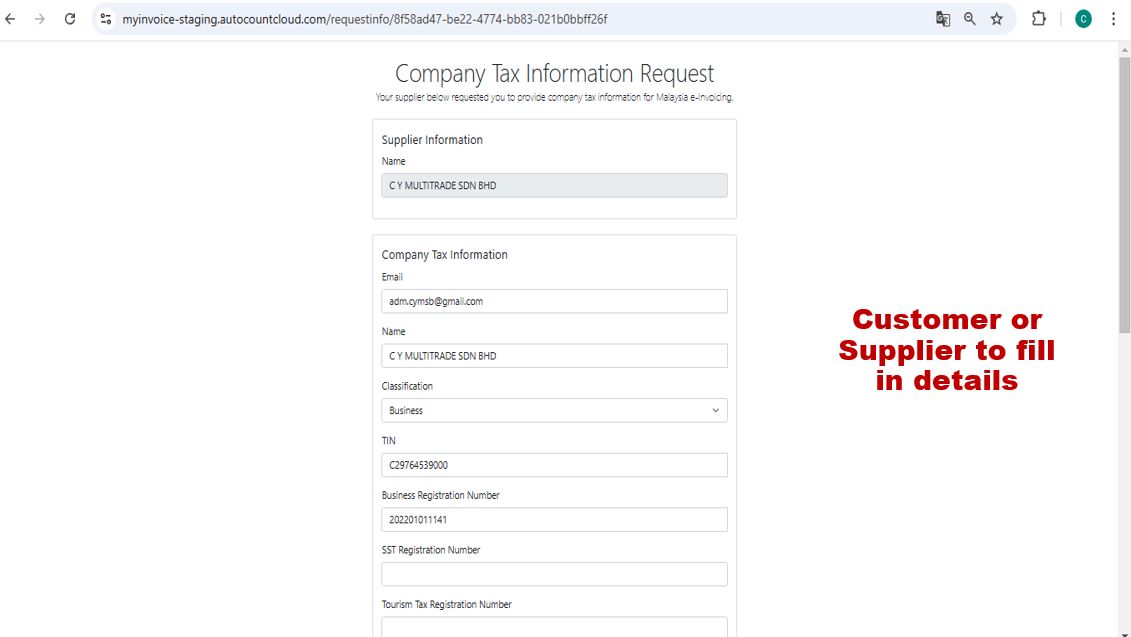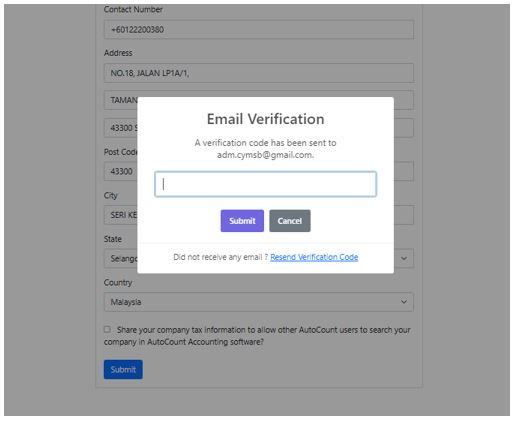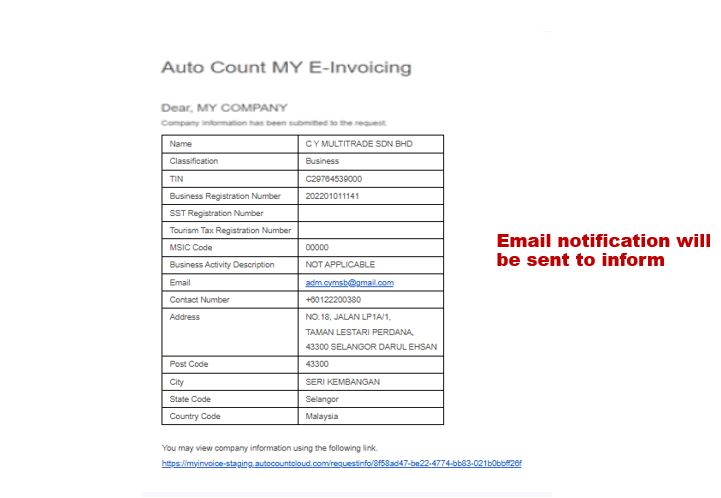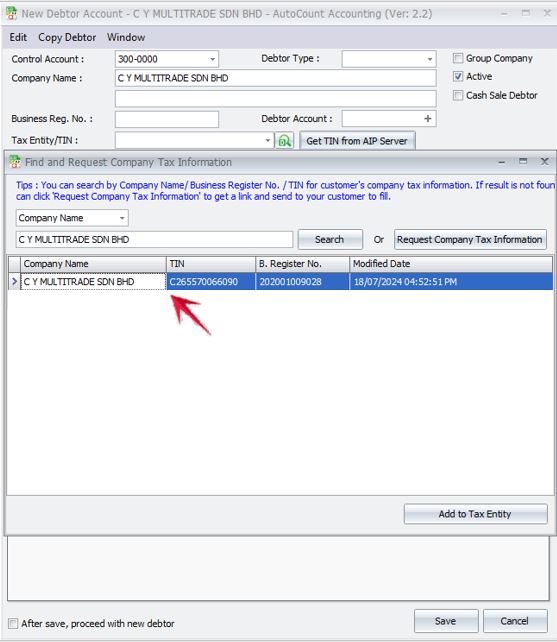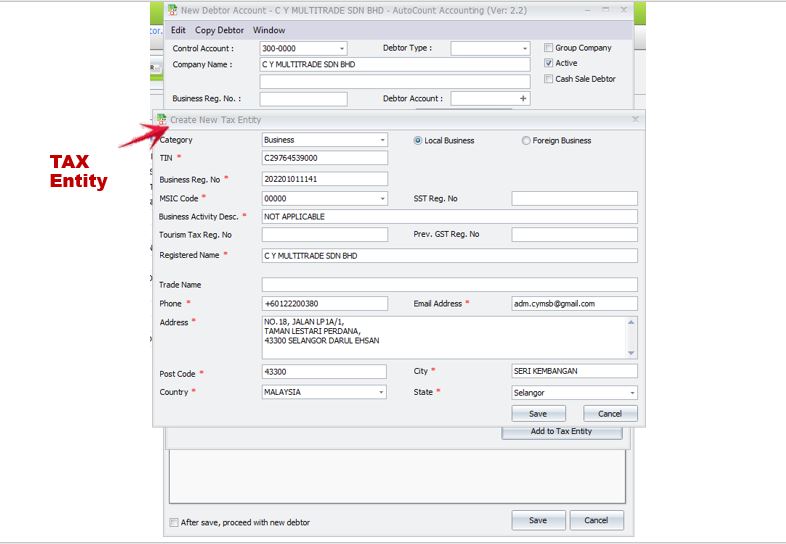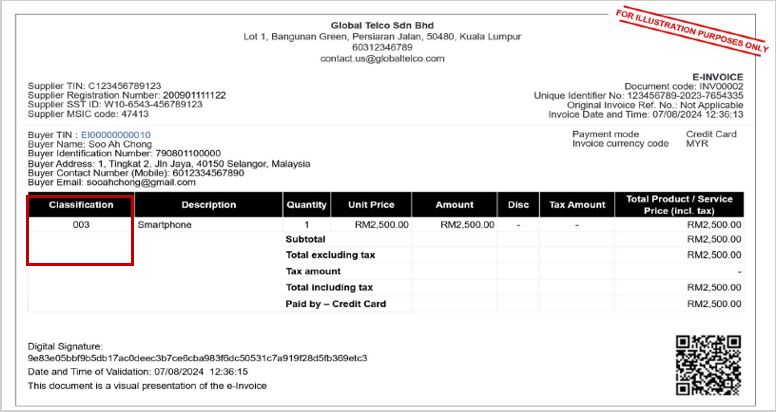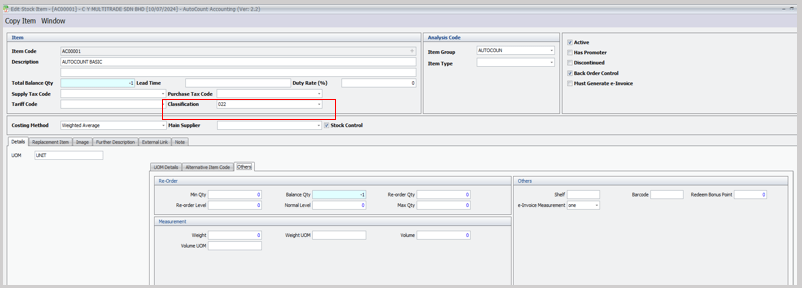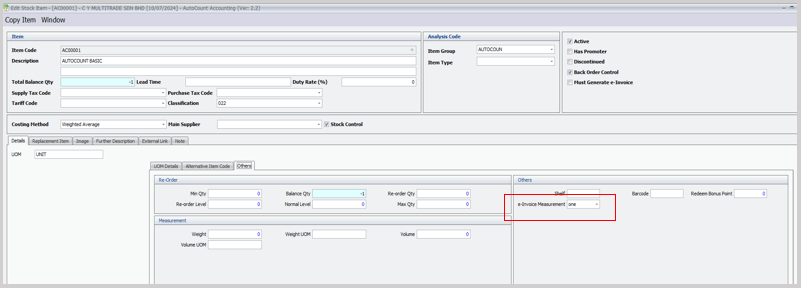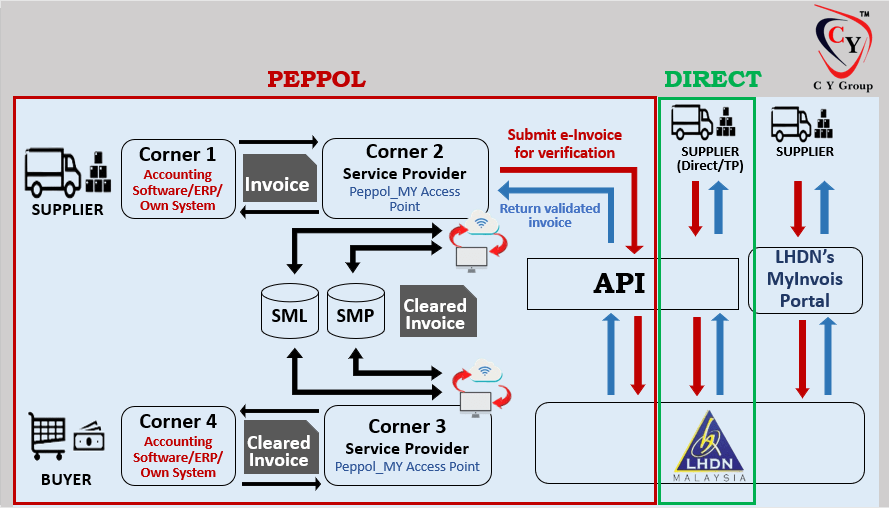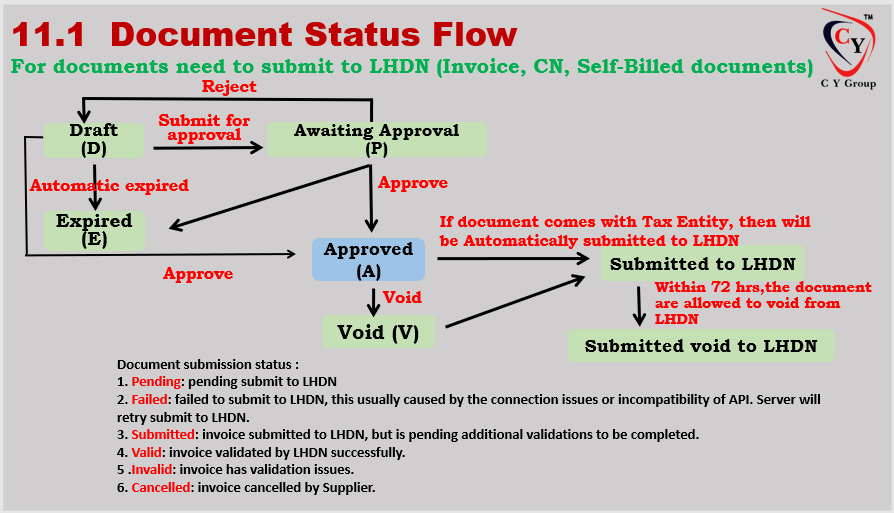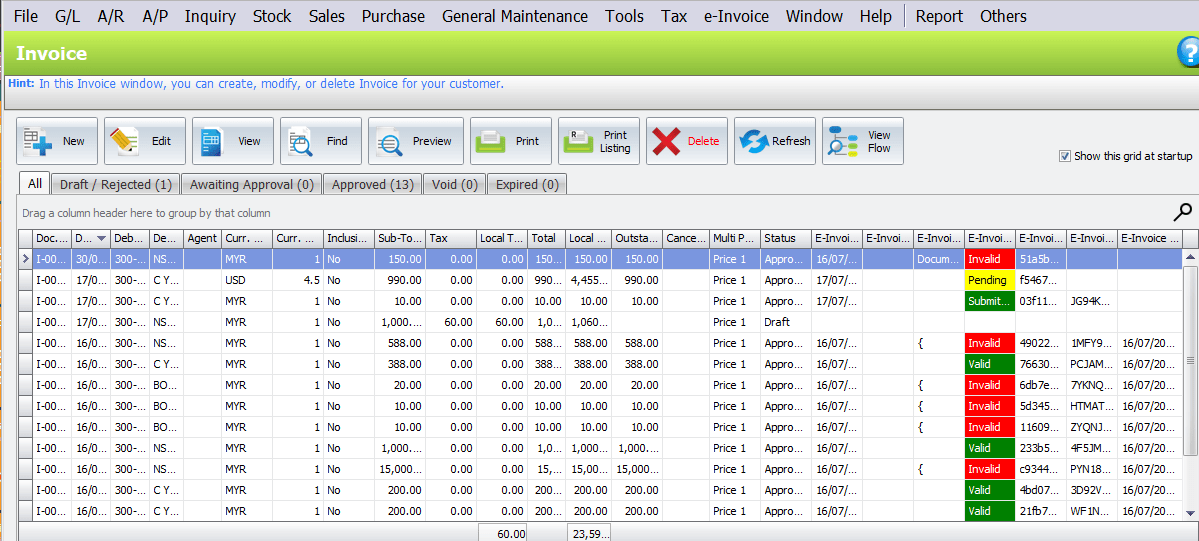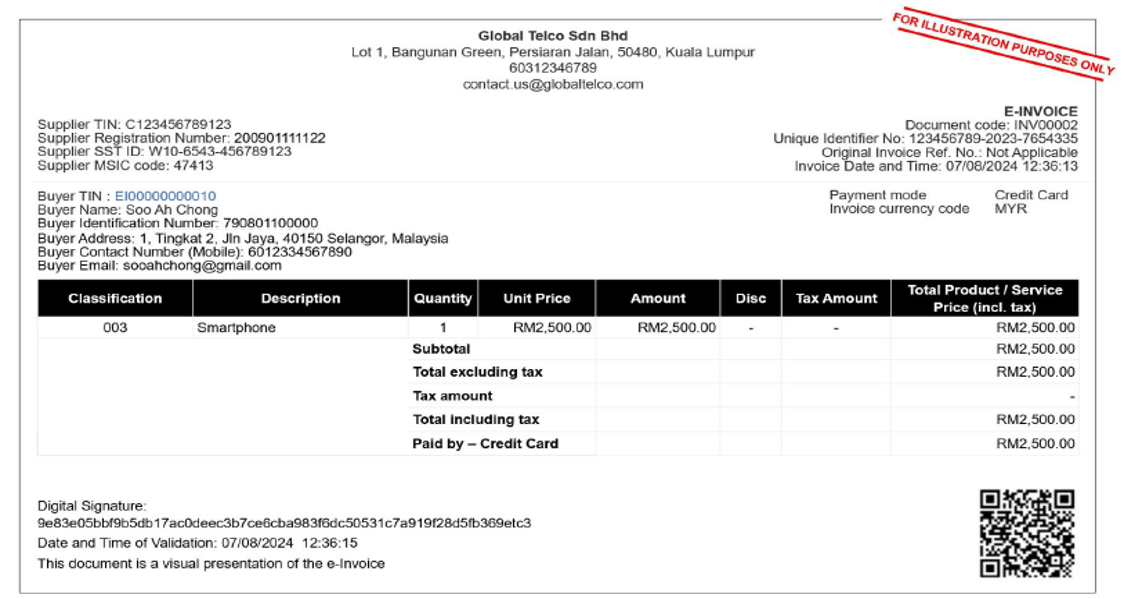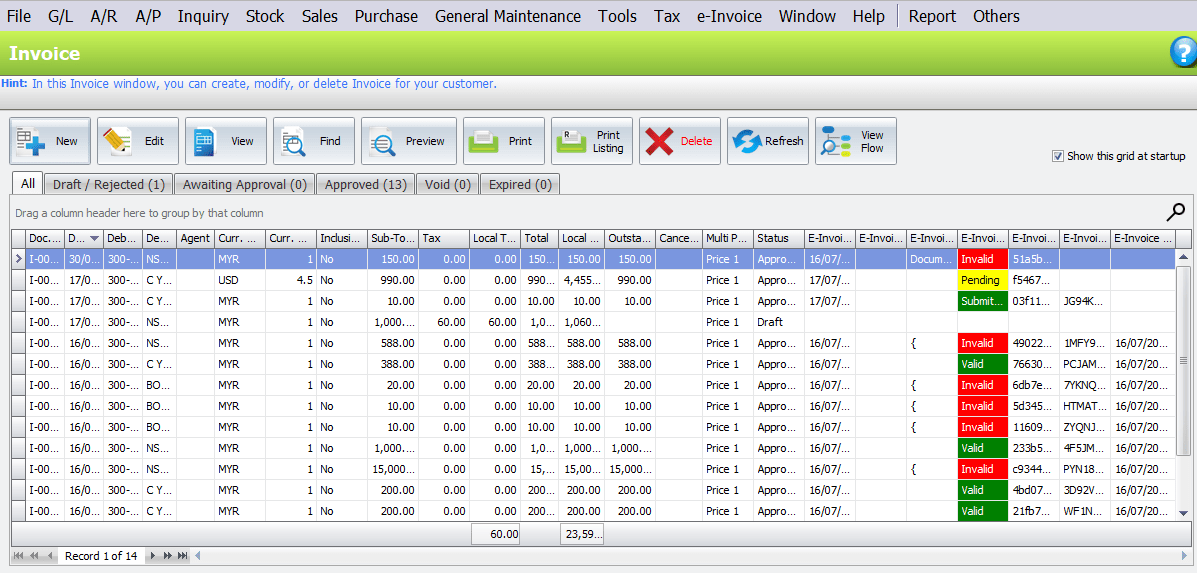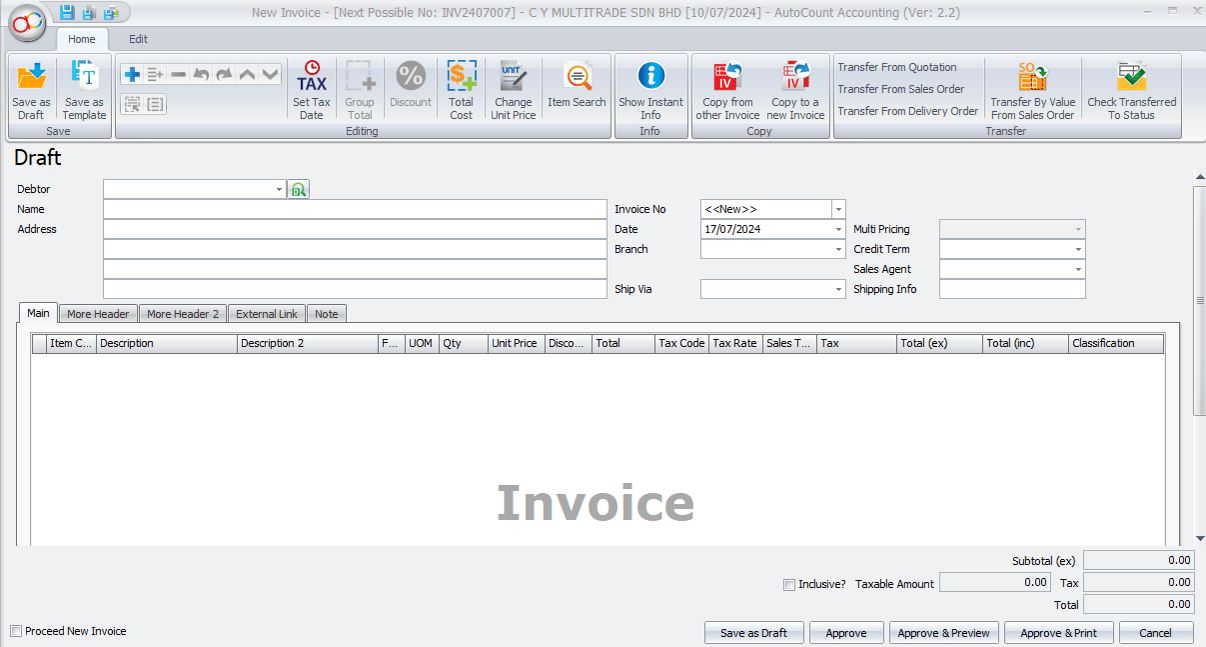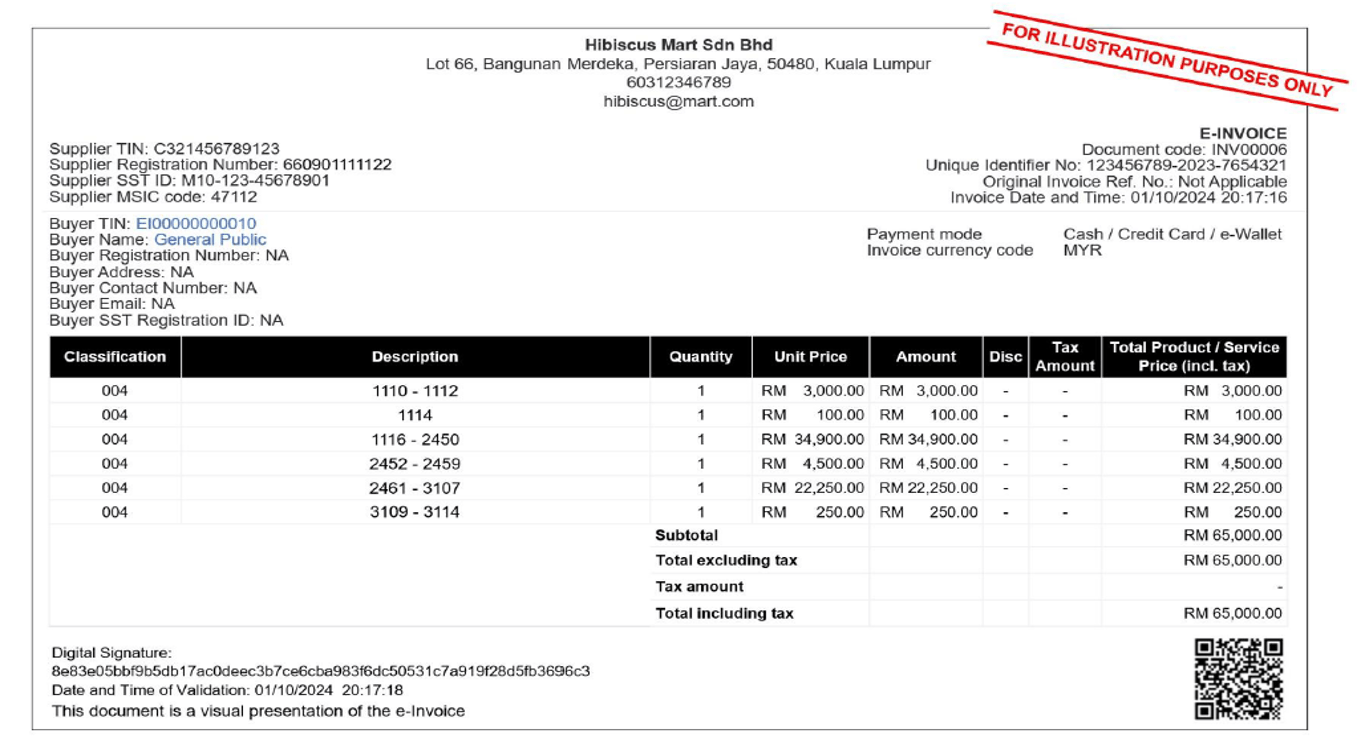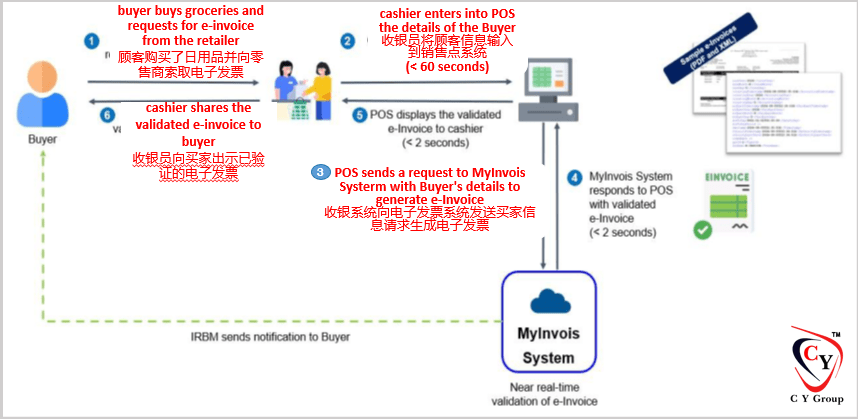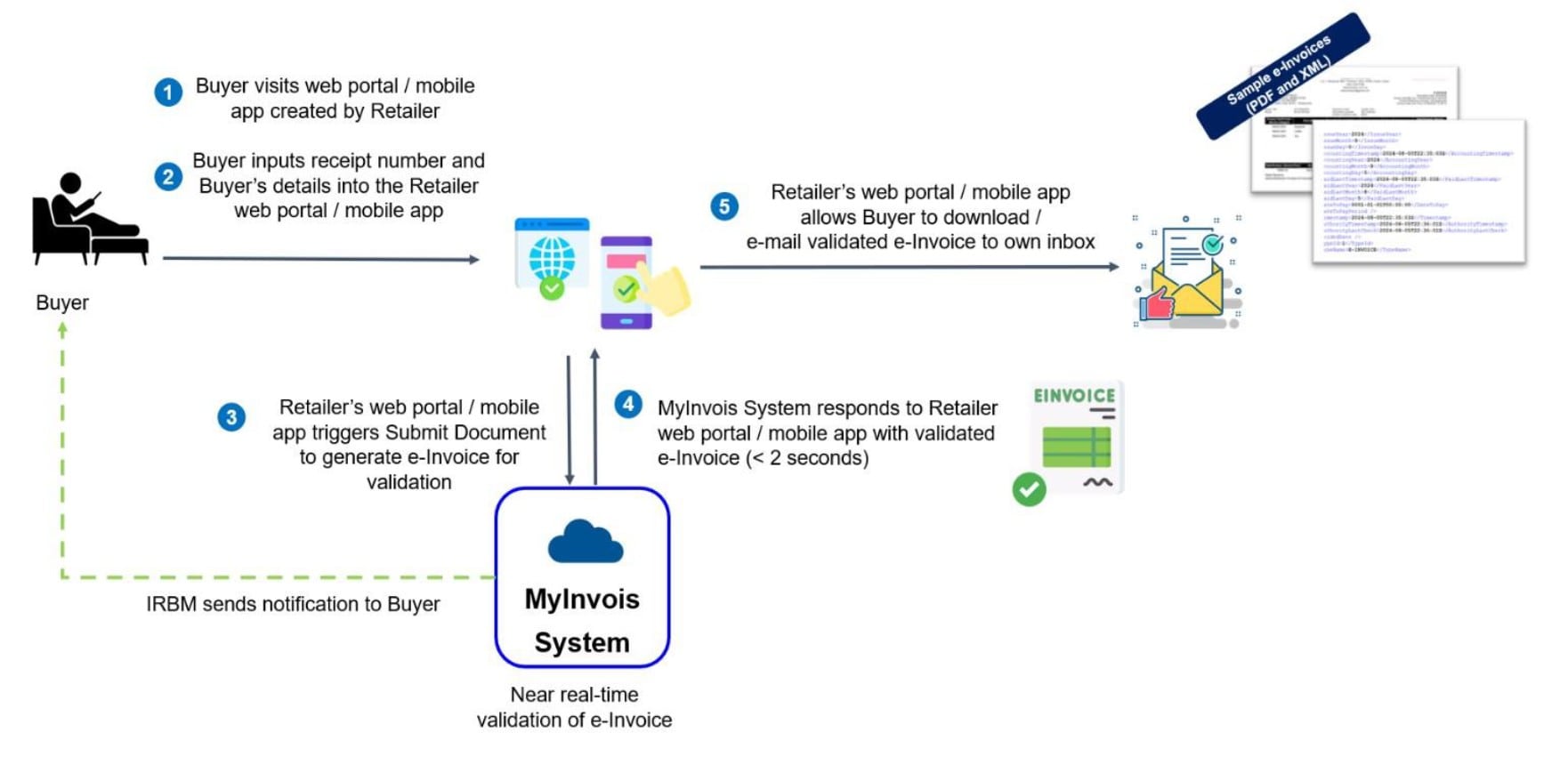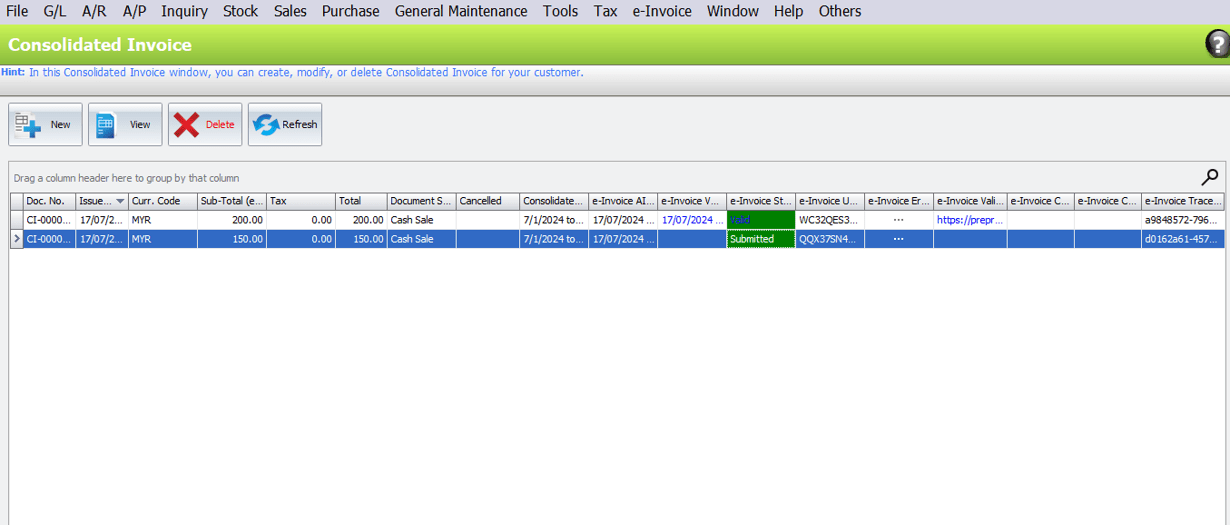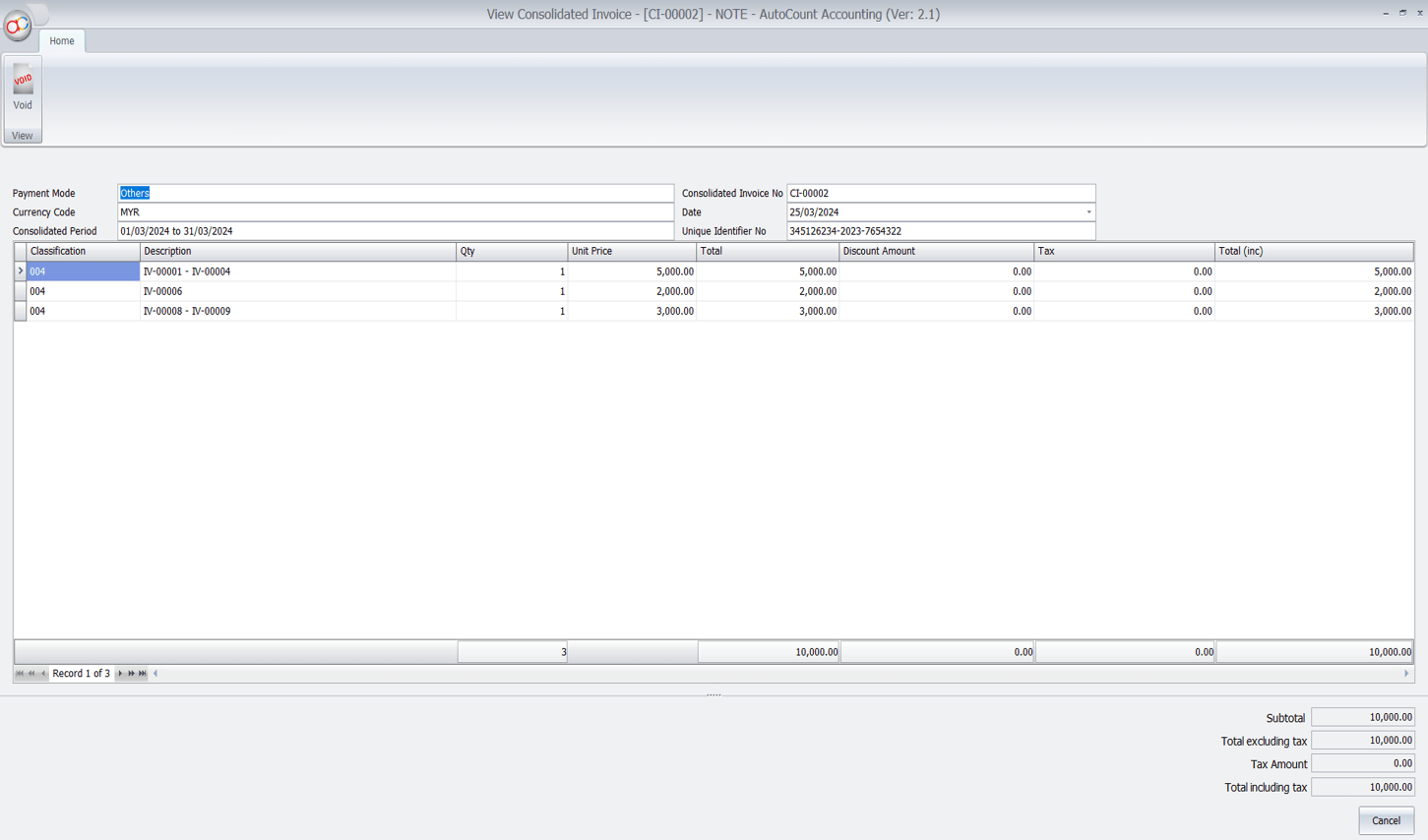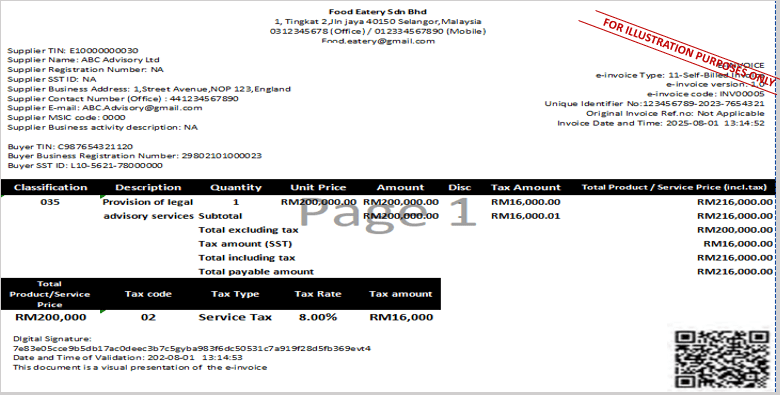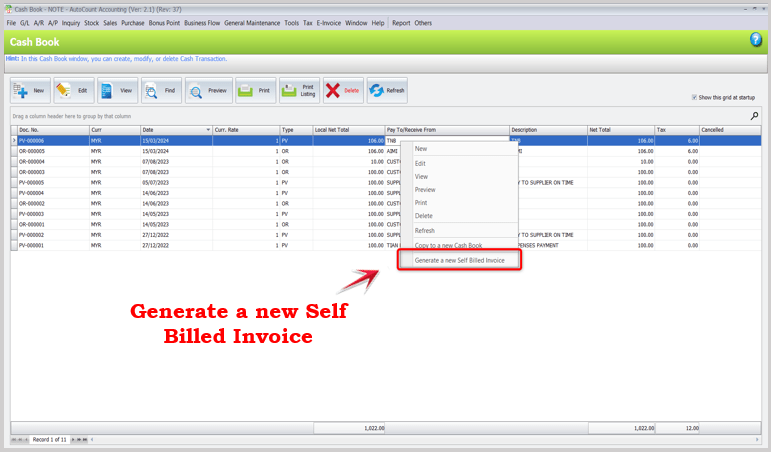1.0 | Introduction
E-invoice
The implementation of e-Invoicing in Malaysia aims to support the growth of the digital economy and enhance the efficiency of the country’s tax administration. By replacing traditional paper-based invoices, e-Invoices will improve the recording of financial transactions and facilitate real-time data collection. The government will roll out e-Invoicing in stages to bolster these efforts and further streamline tax administration management.
1.1 Advantages of E-Invoice
Here are some of the advantages of e-Invoice
| User | LHDN |
|
Improve efficiency 提高效率 |
Streamline taxpayer business operations 简化纳税人业务 |
| Reduce manual processes and errors 减少手动流程和错误 |
Improve operational efficiency 提高运营效率 |
| Efficiency for checking and auditing 检查和审计的效率 |
Transparent Account 透明账户 |
| Easier for audit, all required field is filled 更容易审核, 所有必填字段均已填写 |
Better data analysis 更好的数据分析 |
1.2 Implementation TimeLine 实施时间表
| Targeted taxpayers 目标纳税人 |
Implementation date 实施时间 |
**Interim Relaxation Period 宽限期 |
| Taxpayer with an annual Turnover or revenue of more than RM 100 million 年营业额或收入超过 1 亿 令吉的纳税人 |
1/8/2024 | 1/8/2024 – 31/01/2025 |
|
Taxpayers with an annual turnover or revenue exceeding 25 million ringgit up to 100 million ringgit. 年营业额或收入超过 2500万令吉至 1 亿 令吉的纳税人 |
1/1/2025 | 1/1/2025 – 30/06/2025 |
|
All taxpayers with an annual turnover of more than RM150k. 所有年营业额超过150千令吉的纳税人 |
1/7/2025 | 1/7/2025 – 31/12/2025 |
|
Taxpayer with an annual Turnover or revenue of Less than RM150,000 年营业额或收入少过 150千 令吉 |
Exempted | Exempted |
*Based on Audited Financial Statement for Year 2022
**During the interim relaxation period, Government of Malaysia has agreed to allow taxpayers to issues consolidate e-invoice for all activities and transacitons. Please refer to LHDN webpage for more details.
***Updated On 04 October 2024
1.3 E-Invoice Treatment During Interim Relaxation Period 过度期间电子发票处理
1. Allowing all activities and transaction to issue consolidated E-invocie 为所有活动和交易发出合并电子发票
2. Issue consolidated self-billed e-invoice for all self billed circumstances 针对所有自开具合并电子发票
3. Allowing any desciption of transaction to be included in the description of product or services 在产品/服务描述中输入任何信息/详细信息
4. Not to issue individual e-invoice or individual self-billed e-invoice even if the buyer/supplier has mad a request 即使买方/供应商提出要求,也可以不开具个人电子发票或个人自记电子发票
5. IRBM will not undertake any prosecution action during the SIX months interim relaxation during interim period. 在6个月过渡期间的灵石放宽间,内陆税收局不会采取任何检控行动
1.4 Type of E-Invoice Documents
 |
Invoice Record Sales Transaction 记录销售交易 Self Billed e invoice 自开电子发票 |
 |
Debit Note Record Increase in the value of original e invoice 记录原始发票价值的增加 |
 |
Credit Note Record reduction in Value of Original einvoice Discount 折扣 Price Adjustment 价格调整 Sales returns 销售退货 Error or changes of einvoice 电子发票错误或更改 |
 |
Refund Refund overpayment by a buyer 退还买家多付款项 Refund payment wrongly paid by buyer 退款错误 由买家支付 Return of security deposit 退还保证金 |
1.5 Conventional VS E-Invoice
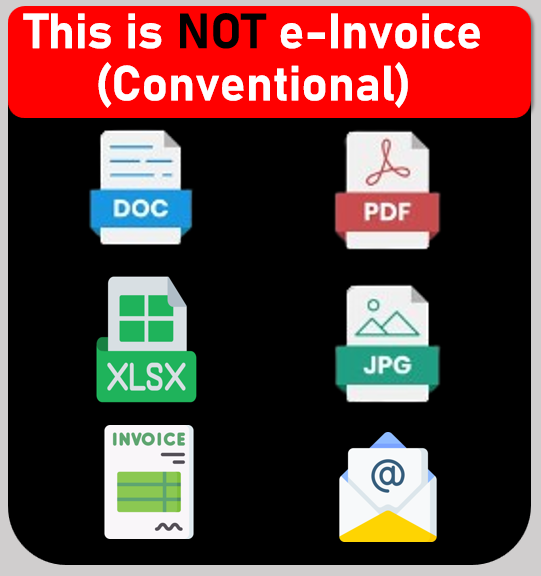 |
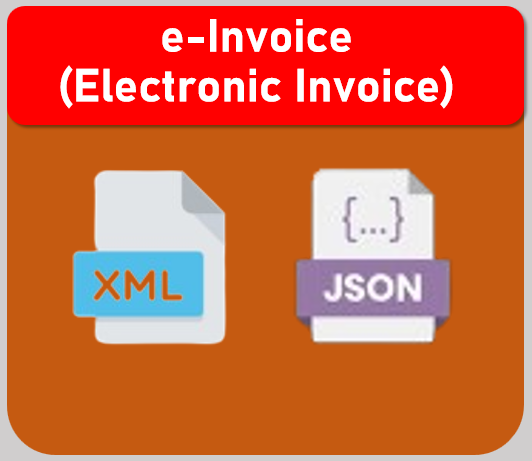 |
| Conventional | E-Invoice |
|
No validation Required 无需验证 |
Have to submit to LHDN for validation before sending to customer 需验证 |
|
Invoice can be voided or cancelled anytime 发票可以随时作废或取消 |
Invoice can void within 72 hours. After 72 hours, Credit Note or Debit note for any adjustment or cancelled Invoice 发票可在 72 小时内作废. 72 小时后, 任何调整或取消的发票的贷方票据或借方票据 |
|
Only Basic Information 仅基本信息 |
More specific Information is required eg: Email address, Tin Number, Company registration or IC Number 需要更具体的信息,例如电子邮件地址、税务识别号、公司注册或身份证号码 |
1.6 E-Invoice is Required 电子发票的目的
Proof of Income 收入证明 |
– Sales 销售 – Other transaction is made to recognize income of taxpayer 其他交易用于确认纳税人的收入 |
Proof of Expenses 费用证明 |
– Purchases 购买 – Spending by taxpayers, includes returns and discounts used to correct or subtract an income receipt 退货和折扣用于纠正或减去收入收据 – Self-billed e-Invoice to document an expense such as Oversea transactions 自开票电子发票至记录费用 比如海外交易 |
1.7 Income / Expenses that are not required for E-Invoice
| Employment Income 就业收入 | Pension Fund 养老保险基金 | Dividend 股息 |
| Zakat 天课 | Alimony 赡养费 |
1.8 Business that will be affected
| B2B – Business to Business 企业与企业之间 | B2C – Business to Consumer 企业对消费者 |
| B2G – Business to Government 企业对政府机构 | Other – All taxpayers undertaking commercial activities in Malaysia 所有在马来西亚从事商业活动的纳税人 |
1.9 All individuals and legal entities, mely:
| Assoications 协会 | Business trust 商业信托 | Partnerships 合作伙伴 | Co-operative society 合作社 | Real estate investment trust (REIT) 房地产投资信托 |
| Branches 分支机构 | Corporation 企业 | Property trusts 财产信托 | Trust bodies 信托机构 | Unit trusts 单位信托 |
| Body of person 独资经营者 | Limited liability partnerships 有限责任合伙企业 |
Representative offices and regional offices 代表处何地区办事处 |
Property trust funds 财产信托基金 |
1.10 Excepted Person 免税的人
| Former / Ruler and Ruling Chief前/ 统治者和统治首领 | Local Authority 当地政府 | Government 政府 |
| State Government and Authority 州政府和州当局 | Former / Ruler wth Title 拥有头衔的 前 / 统治者 | Government Authority 政府机关 |
| Statutory Authority and Statutory Body 法定权力跟机构 |
Facilities provide by gov,authority or body (multipurpose hall, hospital, clinic, etc..) 政府、当局或机构提供的设施 (医院、诊所、多功能厅等) |
Consular office, Diplomatic officers Consular officers, Consular employees 领事办公室和外交官员、领事官员和领事雇员 |
2.0 | AutoCount System Design for E-Invoice
2.1 Overview of AutoCount E-Invoice Platform (AIP)
- Will be implemented as a module like feature 作为一个模块化的功能实现
- Only available for account book under country – Malaysia 仅适用于马来西亚的记账本
- Can enable at: Tools > Option > General > Country & Tax Section
- Will implement a start date for e-invoice, similar to GST start date and SST start date 实施电子发票(e-inv) 的启动日期,类似于消费税(GST)启动日期喝销售税(SST)启动日期
2.2 AIP Highlights
1. Runs 24/7 & responsible to handle any submission of e-Inv to IRBM server via API, including:
7天 24 小时运行,并负责通过 API 将任何电子发票提交到 IRBM 服务器,包括:
- Standard e-Inv
- Consolidated e-Inv
- Self-Billing e-Inv
- To streamline the request of e-Inv for POS related transaction (Post-Transaction) 为了简化销售点 (POS) 相关交易 (事后) 索取电子发票的流程
- Manage, share, request and update Tax Entity & TIN details of business 管理、分享、请求和更新企业税务主体和税务登记号
- Support retry mechanism on submission e-Inv, if there is any failure due to IRBM server failure 对于电子发票提交,如果因 IRBM 服务器故障导致提交失败,支持重试机制
- Act as layer of protection for duplication submission e-Inv 作为电子发票重复提交的防护层
2.3 e-Invoice Submission Status
- An inquiry function to lookup all e-Inv submission records 电子发票提交记录查询功能
- Can also act as an audit trail or log report to trace submission 也可用作审计跟踪或日志报告,以跟踪提交
- Support filters such as: Date, Document Type, Keyword, Status
- Records can export to Excel 记录可以导出到 Excel
3.0 | AutoCount E-Invoice Setting
3.1 Configuration and setting to enable E-Invoice
Tools -> Option -> Country & Tax -> E-Invoice -> Enable e-Invoice
3.2 Setting for Approval
Tools -> Option -> Approval Workflow -> Enable Approval in Documents
3.3 Setting for E-invoice access right
General Maintenance -> User Maintenance -> E-Invoice
4.0 | Configuration and setting @ MyInvoice Portal to set AutoCount as Intermediaries
Before you register your MyInvoice Portal account, please take note that there are 2 MyInvoice Portal, one is live production and the other one is Sandbox. The live production is where you submit your real and legit e-invoice document when there sandbox in for you to do e-invoice testing.
Live Production: https://mytax.hasil.gov.my/
Sandbox (For testing): https://preprod-mytax.hasil.gov.my/
4.1 First time Registration
You may need to undergo a series of registration procedure if you first time login into the MyTax Portal. After you have done the first-time registration, the you can login to your MyTax Portal.
- Browse to MyTax website.
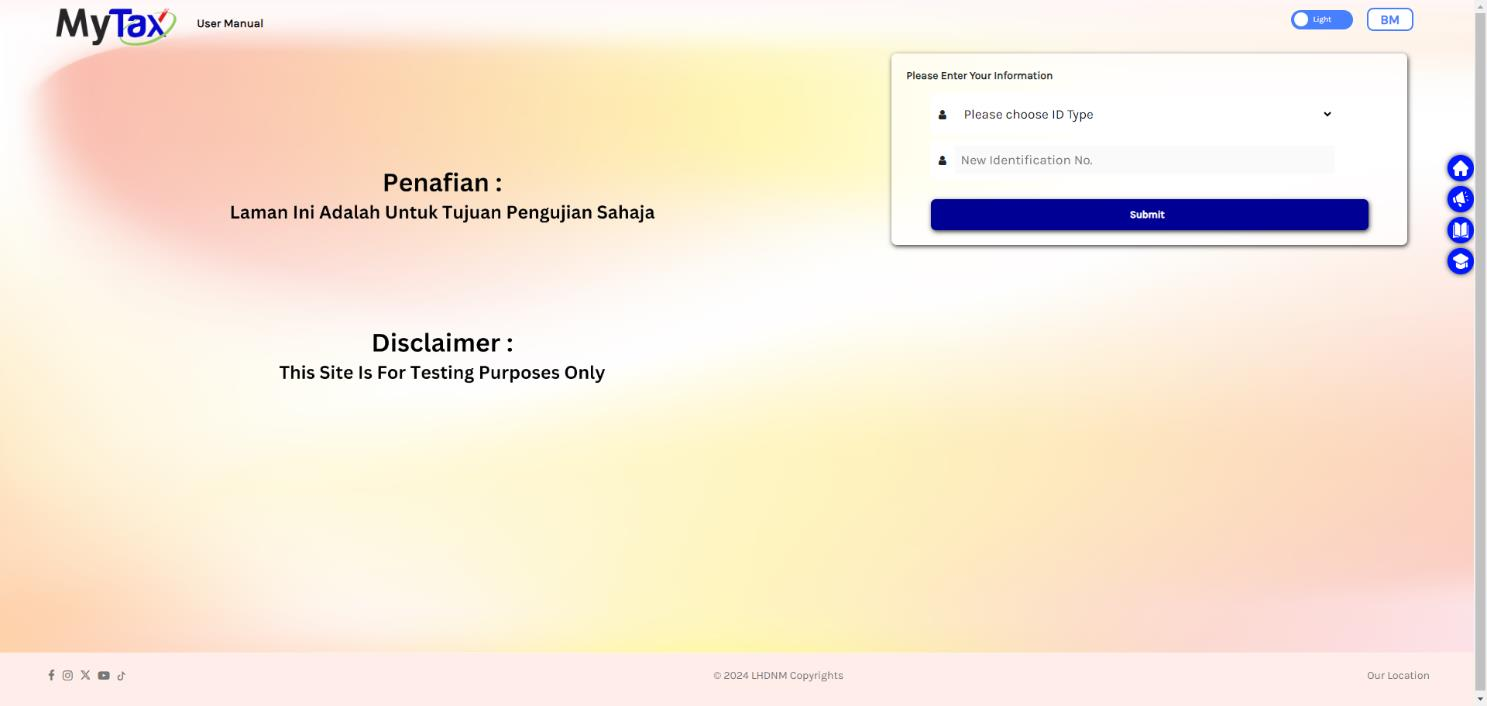
- Select ID Type and key in your ID and click “Submit”.
- It will prompt you that your “Digital Certification not exist”. Just click on the “MyInvois” button to proceed.
- It will prompt you for Information Verification, to verify your current email. Click “Yes” if the email is the correct email.
- Click on the “Submit” button to submit your first-time login application.
- After clicking Submit, a PIN No registration will be sent to the specific email.
- Login into your email, you will find an email from IRBM to activate your login. Click on the activation link in the email.
- It will open a webpage and ask you to key your ID type and ID again. Click “Submit” after you key.
- You are then required to create your password for this login. Key in your password and security phrase. Also tick “I agree” for the terms and condition section and finally click “Submit”.
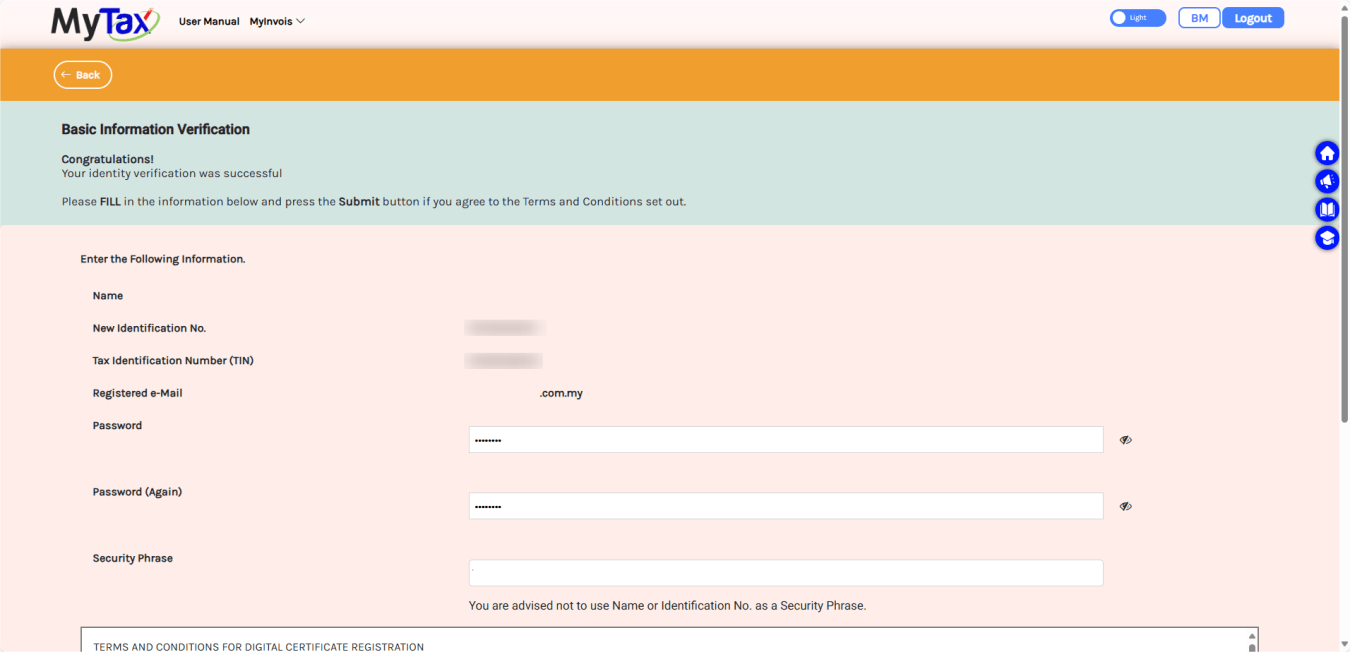
- After a few seconds, a success message will appear. Click “OK” to proceed.
- It will prompt you back to the main login. You may login again
4.2 Link your Company (For Sdn Bhd)
You will need to link your company to your profile. Click on the User icon on the right → Role Application. Fill in the required info. You will need to upload supporting documents at this step. Once you’re done, click Submit. Go back to MyTax and you will be able to access your company profile. After linking your company, go to MyInvois Portal and setup your company / taxpayer profile. It will prompt you for first time self-register taxpayer profile page. Scroll to the bottom and tick accept on the terms and condition check box and click “Continue”. Check your taxpayer profile details, key in any blank mandatory fields if required. Once you’re done, click “Save”. You will then be directed to your company MyInvois Portal page.
- You will need to link your company to your profile. Click on the User icon on the right → Role Application.
- Fill in the required info. You will need to upload supporting documents at this step. Once you’re done, click Submit.
- It will prompt you to key in your password again. Key your password and click “Signature”.
- A success message will appear and you can now proceed to access your company.
- Go back to MyTax home page and you will then be able to access your company from there.
- After linking your company, go to MyInvois Portal and setup your company / taxpayer profile.
- It will prompt you for first time self-register taxpayer profile page. Scroll to the bottom and tick accept on the terms and condition check box and click “Continue”.
*If this does not prompt, you might want to wait for some time because it is not updated into MyInvois Portal yet.
- Check your taxpayer profile details, key in any blank mandatory fields if required. Once you’re done, click “Save”.
- Next will be your user profile, key in your email and click “Save”.
- At last, it will show you a registration complete page. Click “Finish Setup” to proceed.
- You will then be directed to your company MyInvois Portal page.
4.3 Add AutoCount as Intermediaries
This is to set your company allowing AutoCount to submit on behalf for your company e-Invoices. Access MyInvois Portal. Please make sure you are in your company profile to do this. At MyInvois Portal, click on “Taxpayer profile. At the Taxpayer profile, scroll to the bottom. There is a table for you to add Intermediaries. Click on the “Add Intermediary”. Key in your intermediary TIN, BRN and Name. In this case, you may key in AutoCount’s info here:
| TIN:C20239710060 | BRN: 200601031841 |
*forActual useNAME:AUTO COUNT SDN BHD |
*forPreProd useNAME: AXXX_XXXXDN BHD |
Click on the “Search button” after you key in the info. Click “Continue” to proceed. You can set the effective date and permission for the intermediaries. Save the intermediaries when done. You can now setup your own company account book in AutoCount and submit e-Invoice.
- Access MyInvois Portal. Please make sure you are in your company profile to do this.
- At MyInvois Portal, click on “Taxpayer profile”.
*For First time login, just go through some first-time setup steps like agreeing Terms and Conditions and verify profile info.
- At the Taxpayer profile, scroll to the bottom. There is a table for you to add Intermediaries. Click on the “Add Intermediary”.
- Key in your intermediary TIN, BRN and Name. In this case, you may key in AutoCount’s info here:
TIN: C20239710060
BRN: 200601031841
Name: AUTO COUNT SDN BHD
*forPreProd Use
Name: AXXX_XXXXDN BHD
Click on the “Search button” after you key in the info.
- Click “Continue” to proceed. You can set the effective date and permission for the intermediaries. Save the intermediaries when done.
- You can now setup your own company account book in AutoCount and submit e-Invoice.
4.4 Add /Register ERP
This is to generate a unique ID that represents your company and apply into AutoCount.
- Access MyInvois Portal. Please make sure you are in your company profile to do this.
- At MyInvois Portal, click on “Taxpayer profile”.
*For First time login, just go through some first-time setup steps like agreeing Terms and Conditions and verify profile info.
- At the Taxpayer profile, scroll to the bottom. There is a table for you to add ERP. Click on the “Register ERP”.
- A dialog will appear. Type in ERP Name, for this case we can type “AutoCount Accounting 2.2” (anyname will do) and choose the Client Secret Expiration “3 Years”. Then click “Register”.
- It will then prompt a dialog to show your Client ID and Client Secret. Please copy this and save for your own storage, this will be needed to key in AutoCount later for validation.
- After you had copied, tick on the check box to confirm you had copy and click “Done”. Your ERP table should also be updated with the name you provide just now.
- Login to your AutoCount Accounting (at least version 2.2 Rev 5 and above), make sure you had enabled e-Invoice Module, then go to General Maintenance → Company Profile → e-Invoice tab. If you had not selected your Tax Entity / TIN profile, do select it.
- Key in your Client ID and Client Secret 1 as copied just now. Then click “OK”.
- It will prompt you a message to generate a new AIP Company ID if your account book does not have one. Just click “Yes”.
- A success message will appear after that. If you faced any error, you might need to look for your AutoCount software vendor for troubleshooting.
- You can now use your AutoCount to submit e-Invoice.
4.5 Add Representative
This action is to allow another individual to access your company’s MyInvoice Portal. Login to MyTax website using director’s login. Access to your company by clicking on the Role Selection → Select your company. You will notice the profile will switch to your company. To assign representatives, click on the right-side User icon → Select Appointment of Representative → Select ID Type (IC) → Key IC Number → Click submit. Make sure the IC / individual register at this portal first. It will prompt for your password for confirmation. Key in your password and click “Signature” to proceed. That IC / individual login will then be able to access this company’s MyInvois Portal.
This is to set another individual to access your company’s MyInvois Portal.
- Login to MyTax website using director’s login.
- Access to your company by clicking on the Role Selection → Select your company.
- You will notice the profile will switch to your company.
- To assign representatives, click on the right-side User icon → Select Appointment of Representative → Select ID Type (IC) → Key IC Number → Click submit. Make sure the IC / individual register at this portal first.
- It will prompt for your password for confirmation. Key in your password and click “Signature” to proceed
5.0 | Function of Tax Entity and TIN
5.1 New Tax Entity Maintenance 新税务实体维护
To store TIN and other business or individual details
用于存储税务识别号码,和其他企业或个人详细信息
- Method 1: Can manual create Tax Entity and link to Debtor, Creditor and own company
- 方法一:能否手动创建税务实体并将其链接到债务人、债权人和本公司
- Method 2: Get TIN Function to request customer or supplier to fill in such details
- A link will be generated to share with the specific customer or supplier
- 将会生成一个链接,可以与特定的客户或供应商共享
- If such details had been provided before, it will lead the person to a webpage to fill in these details
- 如果之前提供了这些信息将会引导用户到一个网页填写这些信息
- An option to save such details in AIP will be provided for user preference
- 用户可以选择将这些详细信息保存到 AIP 中,具体取决于用户偏好
5.2 AutoCount Tax Entity
5.3 TIN Setting Highlight
| 1. Tin | 2. Business Type | 3. Business Registration | 4. MSIC Code |
| 5. SST Register | 6. Registered Name | 7. Trade name | 8. Phone Number |
| 9. Email Address | 10. Address | 11. Post Code | 12. City |
| 13. Country | 14. State | 15. My Invoice Portal | 16. Autocount as Intermediaries |
5.4 Genearal Tax Identification Number(TIN) to be used 将要使用的通用税务识别号码
| Type of E-Invoice | Situation | Tax Identification (TIN) |
| E-Invoice | Where the individual Buyer (Malaysia Individuals) only provides MyKad/ MyTentera indentification | “EI00000000010” |
| Consolidate E-Invoice | Where the buyer did not require E-Invoice (Only applicable to B2C) | “EI00000000010” |
| E-Invoice | Where TIN is not available or not provided, by Foreign Buyer | “EI00000000020” |
| E-Invoice | Where TIN is not available or not provided Foreign Payor | “EI00000000020” |
| Self-Billed E-Invoice | Where the Supplier is a foreign supplier and TIN is not available | “EI00000000030” |
| Self-Billed E-Invoice | Where the Supplier is a foreign receipient and TIN is not available | “EI00000000030” |
| E-Invoice | Transaction with Government, State Government, other authorities | “EI00000000040” |
5.5 Other Data Code
| Code | Description |
| Country | Country of Origin |
| Currency | Supply precise currency information when providing document information |
| E-Invoice Type | Used to indentify the document type |
| MSIC Code | 5-digit numeric code that represent the taxpayer’s business nature and activity |
| Payment Mode | Mechanism which funds are transferred from buyer to supplier |
| State Code | States and federal territoris in Malaysia |
| Tax Types | Parts of the document and submission |
| Unit of Measurement | Used as part of the documnet lines in document submission |
***https://sdk.myinvois.hasil.gov.my/codes/classification-codes/
6.0 | AutoCount Tax Entity & TIN Function
6.1.0 Method 1
6.1.1
6.1.2
6.2.0 Method 2
6.2.1
6.2.2
6.2.3
6.2.4
6.2.5
6.2.6
6.2.7
6.2.8
7.0 | Data Classification
- Consider as a category of products or services being billed due to a commercial transaction
- 视为因商业交易而计费的一类产品或服务
- This data classification code is represented by a 3-digits integer
- 该数据分类代码由3位整数表示
- Currently as per last data catalogue by LHDN, consist of 001 – 045
- 目前根据 LHDN 的最新数据目录,包括 001 – 045
7.1 Example of Data Classification Code
| Code | Description |
| 001 | Breastfeeding equipment | 母乳喂养设备 |
| 002 | Children centres and kindergarten fees | 儿童中心和幼儿园费用 |
| 003 | Computer, smartphone or tablet | 电脑、智能手机或平板电脑 |
| 004 | Consolidtaed E-Invoice | 合并电子发票 |
| 005 | Construction materials (as specified under Fourth Schedule of the Lembaga Pembangunan Industri Pembinaan Malaysia Act 1994) | 建筑材料(根据 1994 年马来西亚工业设备制造法第四附表的规定) |
| 006 | Disbursement | 支出 |
| 007 | Donation | 捐款 |
| 008 | e-Commerce – e-Invoice to buyer / purchaser | 电子商务 – 向买方/购买者提供电子发票 |
| 009 | e-Commerce – Self-billed e-Invoice to seller, logistics, etc. | 电子商务——向卖家、物流等开具自开电子发票。 |
| 010 | Education fees | 教育费用 |
| 011 | Goods on consignment (Consignor) | 寄售货物(托运人) |
| 012 | Goods on consignment (Consignee) | 寄售货物(收货人) |
| 013 | Gym membership | 健身房会员 |
| 014 | Insurance – Education and medical benefits | 保险 – 教育及医疗福利 |
| 015 | Insurance – Takaful or life insurance | 保险 – 回教保险或人寿保险 |
| 016 | Interest and financing expenses | 利息和融资费用 |
| 017 | Internet subscription | 互联网订阅 |
| 018 | Land and building | 土地及建筑物 |
| 019 | Medical examination for learning disabilities and early intervention or rehabilitation treatments of learning disabilities | 学习障碍的医学检查以及学习障碍的早期干预或康复治疗 |
| 020 | Medical examination or vaccination expenses | 体检或疫苗接种费用 |
| 021 | Medical expenses for serious diseases | 重大疾病医疗费用 |
| 022 | Others | 其他的 |
| 023 | Petroleum operations (as defined in Petroleum (Income Tax) Act 1967) | 石油作业(定义见 1967 年石油(所得税)法) |
| 024 | Private retirement scheme or deferred annuity scheme | 私人退休计划或延期年金计划 |
| 025 | Motor vehicle | 机动车 |
| 026 | Subscription of books / journals / magazines / newspapers / other similar publications | 订阅书籍/期刊/杂志/报纸/其他类似出版物 |
| 027 | Reimbursement | 报销 |
| 028 | Rental of motor vehicle | 机动车租赁 |
| 029 | EV charging facilities (Installation, rental, sale / purchase or subscription fees) | 电动汽车充电设施(安装、租赁、销售/购买或订阅费) |
| 030 | Repair and maintenance | 维修和保养 |
| 031 | Research and development | 研究与开发 |
| 032 | Foreign income | 外国收入 |
| 033 | Self-billed – Betting and gaming | 自费 – 博彩和游戏 |
| 034 | Self-billed – Importation of goods | 自开票 – 进口货物 |
| 035 | Self-billed – Importation of services | 自开票 – 进口服务 |
| 036 | Self-billed – Others | 自费 – 其他 |
| 037 | Self-billed – Monetary payment to agents, dealers or distributors | 自开票 – 向代理商、经销商或分销商支付货币费用 |
| 038 | Sports equipment, rental / entry fees for sports facilities, registration in sports competition or sports training fees imposed by associations / sports clubs / companies registered with the Sports Commissioner or Companies Commission of Malaysia and carrying out sports activities as listed under the Sports Development Act 1997 | 向马来西亚体育委员会或公司委员会注册并开展《1997年体育发展法》所列体育活动的协会/体育俱乐部/公司征收的体育器材、体育设施租赁/入场费、体育比赛注册费或体育训练费 |
| 039 | Supporting equipment for disabled person | 残障人士辅助设备 |
| 040 | Voluntary contribution to approved provident fund | 自愿缴纳核准公积金 |
| 041 | Dental examination or treatment | 牙科检查或治疗 |
| 042 | Fertility treatment | 生育治疗 |
| 043 | Treatment and home care nursing, daycare centres and residential care centers | 治疗和家庭护理、日托中心和住宅护理中心 |
| 044 | Vouchers, gift cards, loyalty points, etc | 代金券、礼品卡、积分等 |
| 045 | Self-billed – Non-monetary payment to agents, dealers or distributors | 自开票——向代理商、经销商或分销商进行非货币支付 |
7.2 Example of Data Classification Code in E-Invoice
7.3 Other Data Code
| Code | Description |
| Country | Country of Origin |
| Currency | Supply precise currency information when providing document information |
| E-Invoice Types | Used to indentify the document type |
| MSIC Codes | 5-digit numeric code that represent the taxpayer’s business nature and activity |
| Payment Mode | Mechanism which funds are transferred from buyer to supplier |
| State Code | States and federak territories in Malysia |
| Tax Types | Donation |
| Unit of Measurement | Used as part of the document lines in document submission |
*** Full list may refer to Data Catalogue by IRBM :https://sdk.myinvois.hasil.gov.my/codes/classification-codes/
8.0 | AutoCount Item Maintenance E-Invoice Field
8.1 Classification setting in AutoCount
8.2 E-Invoice Measurement setting in AutoCount
***Full list may refer to Data Catalogue by IRBM: https://sdk.myinvois.hasil.gov.my/codes/classification-codes/
9.0 | Overview of E-Invoice Flow
9.1 Type of Submission Mode
| MyInvoice Portal | Application Programming Interface (API) |
| A web-based platform hosted by LHDN where you can create invoices follow a pre-defined template | Submission from AutoCount to MyInvoice Portal |
| Free Option withou software | Add on E-Invoice Module with Cost |
| Require manual entry | More User Friendly |
| Not user-friendly for bulk create invoice | Support bulk create invoices |
9.2 Steps of E-Invoice
| Step 1 |
When a sale or transaction is made (including e-invoice adjustments), the supplier creates an e-invoice and shares it to LHDN via MyInvoice Portal OR API for validation 当发生销售或交易(包括电子发票调整)时,供应商会创建电子发票并通过 MyInvoice 门户或 API 将其发送给 LHDN 进行验证 |
| Step 2 |
LHDN validation is performed in real time, ensuring that the e-invoice meets the necessary standard and criteria. Once validated, the supplier will receive a Unique Identifier Number from IRBM via MyInvoice Portal OR API. The Unique Identifier number will allow traceability by LHDN and will reduce instances of tampering with e-invoice 电子发票实时进行 IRBM 验证,以确保其符合必要的标准。经过验证后,供应商将通过 MyInvoice 门户或 API 从 LHDN 获得一个唯一标识号。唯一识别码将允许 LHDN 追溯,并减少篡改电子发票的事件。 |
| Step 3 |
LHDN will inform both the supplier and buyer once e-invoice has ben validated via MyInvoice Portal OR APIs 一旦电子发票通过 MyInvoice 门户或 API 验证,LHDN 将通知供应商和买方 |
| Step 4 |
Upon validation, the supplier is obligued to share the cleared e-invoice (embedded with a QR code) with the buyer. The QR code can be used to validate the exisatence and status of the e-invoice via MyInvoice Portal 经过验证后,供应商必须将已清结并嵌入二维码的电子发票与买方共享。可以通过 MyInvoice 门户扫描二维码,验证电子发票的存在和状态 |
| Step 5 |
Upon issuance of e-invoice , a stipulated period of time is given to :
Rejection request or cancellation must be accompanied by justifications 电子发票开具后,会有一段指定的时间用于: – 买方要求拒绝电子发票 – 供应商执行取消电子发票 拒绝或取消请求必须附有理由。 |
| Step 6 |
Supplier and Buyer will be able to obtain a summary of the e-invoice transactions via MyInvoice Portal 供应商和买方可以通过 MyInvoice 门户网站获取电子发票交易的汇总。 |
10.0 | Submission Structure
10.1 Two methods available
1) Methods available
- MyInvoice Portal
- API
2) MyInvois Portal is manual submission where Supplier needs to manual key in per Inv or bulk import through excel.
MyInvois是手动提交的,供应商需要手动逐个发票录入或通过 Excel 批量导入
3) API is automated submission through software 软件可以通过 API 实现自动提交数据
4) Futher divided into 2 methods for API:
- Direct intergration with LHDN 与 LHDN 的集成
- Integration through PEPPOL Network 通过 PEPPOL 网络集成
***To understand more about API or SDK from IRBM, may visit: https://sdk.myinvois.hasil.gov.my/
10.2 What is PEPPOL
- PEPPOL – Pan-European Public Procurement Online
- Known as extremely secure, international network
- Used to exchange business documents
- Any company register with PEPPOL will have a PEPPOL ID
- Both parties need to be in the network to exchange business documents
10.3 Why PEPPOL
| Distribution | Seamless | Response |
| Able to distribute business documents between parties at the same time fulfilling our tax authorities needs | Receiving party can download the documents into their system, generating the required document without any human intervention | Support document reponses so that the issue party get updated on the document status |
10.4 Overview of PEPPOL System Design
11.0 | AutoCount E-Invoice Flow
11.1 Document Status Flow
11.2 Sample Autocount E-Invoice Interface
12.0 | When to issue E-Invoice
12.1 When to issues E-Invoice
- Request e-invoice
- Business to Business (B2B)
- *buyers that need e-invoice as proof of expenses
- No need e-invoice
- Business to Consumer (B2C)
- Self-Billing
12.2 Time Frame/Due Date to issues E-Invoice
| Situation | Type of Invoice | Timeframe | |
| Normal Situation (B2B) | E-Invoice | X | No specific requirement on the timing of e-invoice issuance (refer to general FAQ on E-Invoice Q17) |
| Important of Good | Self-billed e-Invoice | YES | Issue latest by end of the month following the month of customs clearance being obtained upon obtain customs clearance |
| Important of Service | Self-billed E-invoice | YES |
Issue latest by the end of the month following the month upon 1. Payment made by Malaysian Purchaser 2. Receipt of invoice from foreign supplier whichever earlier |
| Foreign incomer received in Malaysia | E-Invoice | YES | Issue latest by the end of month following the month of receipt of the said foreign income |
| Sales goods/ service to end user (B2C) | Consolidated e-invoice | YES | Submit a consolidated e-invoice to IRBM within seven days after the month end |
13.0 | Standard E-Invocie
13.1 Standard Procedure of e-invoice
1. Customer Request E-Invoice
2. Supplier request customer infomation
3. Supplier Create E-Invoice & Submit to LHDN for validation
4. Once validated a QR code will sned to supplier & shared to the buyer
5. QR code is for the buyer to ensure that e-invoice is validated by IRBM to avoid receiving faulty, invalid or ‘illegal invoice’
6. Customer key in system
13. 2 Standard E-Invoice Procedure
1. Implemented approval process in Invoice function with status below:
- Draft
- Awaiting Approval
- Approved
- Void
- Expired
***Implement at transactions tat need to submit e-invoice to IRBM, including CN, DN and etc.
2. Only users with certain level of access can approve or reject Invoice.
- Approved invoice will submit to IRBM via AIP server if the transaction has TIN info
- If there is any incorrect info in Rejected Inv, amendment is required before next approval
3. Any void action will also trigger cancellation of Inv and submit request to IRBM server through AutoCount AIP server
4. Any Inv under the status of “Awaiting Approval” will automatically change its status to “Expired” after certain period (Based on Setting)
5. This approval process or function is just for the purpose of e-Inv submission
6. In return, IRBM will return with some info such as UUID (Transaction’s ID), validation URL (for generating QR code purpose), etc and these info will be saved into respective Inv for tracking purpose
13. 3 E-Invcoie cancel procedure
1. Buyer can request for cancellation of the e-Inv with valid reasons
2. Any request of cancellation should be done within 72-hrs after the e-Inv is validated
3. If the supplier wan to accept the cancellation, perform a cancellation of e-Inv from thier end
4. Any request of cancellation not responed by seller within 72-hrs timeframe will be deemed as accepted, means the e-Inv is valid as the previous submission.
5. Any adjustment required after the 72-hrs timeframe will have to undergo issuing DN or CN72
13.4 Example of E-Invoice
13. 5 Periodic Basic Standard E-Invoice
1) issuance of statement or bills to record multiple transactions over a set of period (Monthly, Bi-Monthly, Quarterly, etc)
2) The industries are :
- Digital/ Electronic Payment
- Healthcare
- Insurance
- Stockbroking
- Telecommunications
3) Submit e-Inv base on their biling frequency as usual
14.0 | AutoCount Standard E-Invoice
14.1 Required Fields for e-Invoice
Parties
| * Supplier’s Name | *Buyer’s Name |
Supplier Detials
| *TIN | *Registration/IC/Passport | *SST Registration Number |
| *Tourism Tax Register | *Number | |
| *MSIC Code | *Business Activity | *Description |
Address
| *Supplier’s Address | *Buyer’s Address |
Contact Number
| *Buyer/Supplier’s Contact Number |
Invoice Details
| *Version | *Type | *Code/Number | *Original e-invoice reference number |
| *Date and Time | *Issuer’s digital signature | *Invoice currency code | *Currency exchange rate |
| *Frequency of billing | *Billing period |
Product/Services
| *Classification | *Description | *Unit price |
| *Tax Type, Rate and amount | *Details of tax exemption | *Amount exempted from tax |
| *Subtotal | *Total Excluding & Including Tax | *Total Payable amount |
Payment Info
| *Payment Mode | *Supplier’s Bank Account Number | *Payment Terms |
| *Prepayment Amount & Date | *Prepayment Reference Number | *Bill Reference Number |
14.2 Example of Invoice Interface in AutoCount Accounting
14.3 Example Invoice Interface in AutoCount
15.0 | Consolidated E-Invoice
15.1 When and Why Consolidated e-Invoice
– Buyer dosen’t need e-Invoice
– Business to consumer (B2C)
– Normal receipt/ bill/ invoice is used
– Aggrefates / summariz e-transactions of the month into a single e-Invoice
– Buyers can not use normal receipts for tax purpose
15.2 Seller Submit Consolidated e-Invoice
1. If have multiple branch or location, each outlet needs to submit a consolidated e-Inv
2. When consolidate, receipt/ bill/ inv ref. no. must be included in the “Description” field
3. Consolidated e-Inv must be submitted to LHDN within 7-days of the following month
15.3 Example of Consolidtaed E-Invoice 
15.4 Reqesting E-Invoice Post Transaction
– Buyers (B2B) request e-Invoice on the spot or post-transaction
– If the transaction had been converted to e-Inv, the transaction shall not be included into consolidated e-Inv as it had already been submitted to IRBM.
– For post-transaction, request is made within the same month of the purchase date
– Buyers will need to provide
* Malaysian- TIN or MyKad/ My Tentera ID No.
* Non-Malaysian- TIN or passport no./ MYPR/ MyKas ID No
15.5 On the spot request for e-Invoice
15.6 Post-Transaction Request
15.7 Consolidated E-Invoice is not Allowed
| Industry/ Activity | Description |
| Automotive | Sales of any motor vehicles |
| Aviation | Sales of flight ticket, sales of private charter |
| Luxury goods and jewelry | Details TBC |
| Construction | Construction contractor undertaking construction contract as defined in the Income Tax (Construction Contracts) Regulation 2007 |
| Licensed betting and gaming |
Pay-out winner for all betting and gaming, activities *Casion and gaming machines are exempted until further notice |
| Payments to agents, dealer and distributiors | Payment made to agents, dealers and distributors (Commission) |
| Wholesalers and retailers of construction materials | Sales of construction materials regardless of volume sold |
15.9 List of construction that are not allowed to do consolidate e-invoice
| No. | Type of Construction Material |
| 1 | Aluminium |
| 2 | Insulation materials |
| 3 | Ceramic tiles |
| 4 | Glass |
| 5 | Fibre cement flat sheet not containing asnestos |
| 6 | Pre-Cast concrete |
| 7 | Ready mix concrete |
| 8 | Cement |
| 9 | Industrialised Building System, IBS) |
| 10 | Ceramic pipes and pipe fittings |
| 11 | Sanitary Wares |
| 12 | Iron and steel products |
| 13 | Radiant barrier(Thermal insulation foil) |
16.0 | AutoCount Consolidated E-Invoice
16.1 Consolidated E-Invoice
1. Support 5 document types
| *Invoice | *Cash Sale | *Debit Note | *Credit Note | *Point of Sales (POS) |
2. User select a period to run consolidated and system will calculate based om the transaction in the period
3. Any transactions that does not have TIN provided will be included in this consolidation
4. Currently records will be split by:
| *Document Type | *Currency | *Location |
16.2 Consolidated E-Invoice Interface in AutoCount
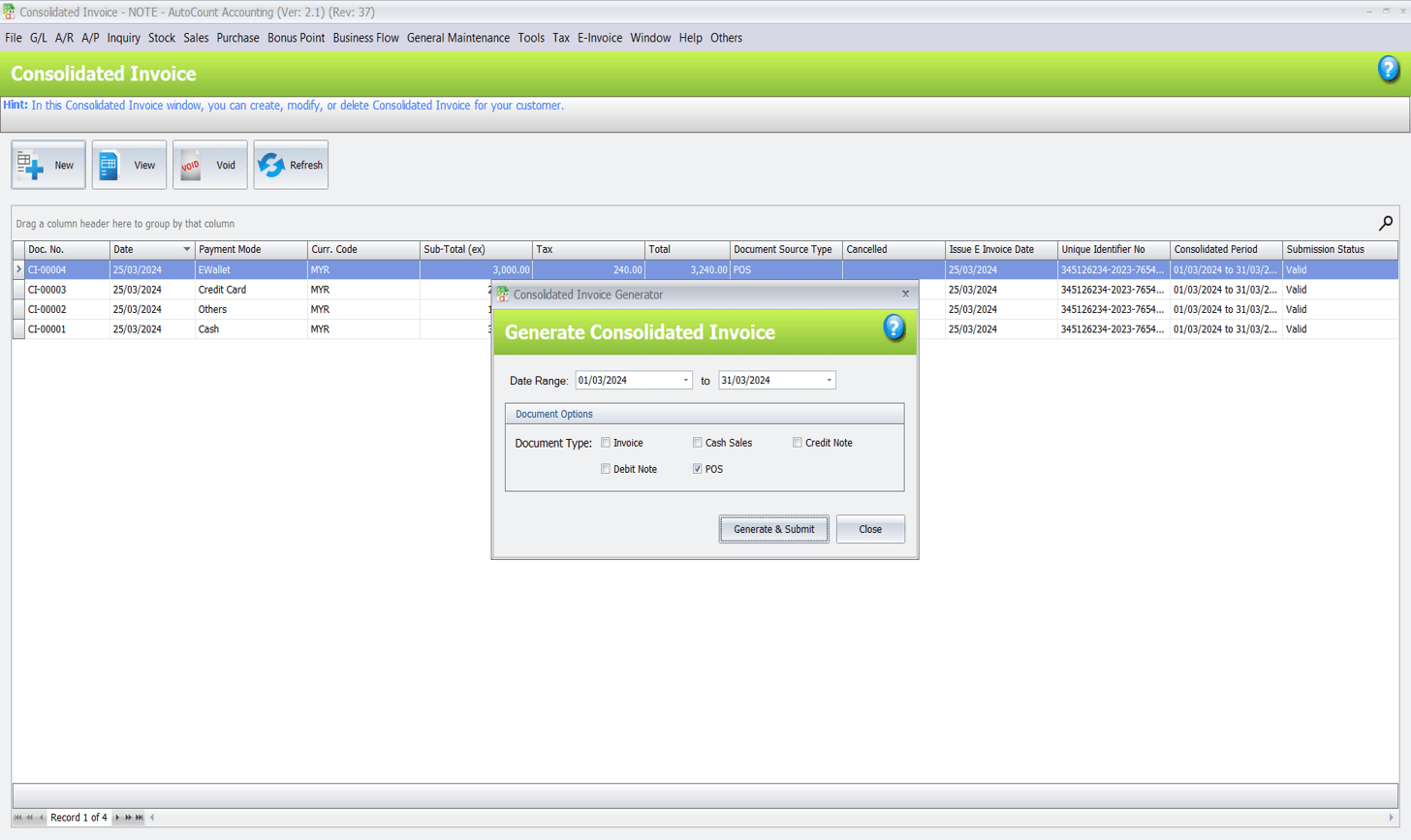
17.0 | Self-billed E-Invoice
17.1 Self-billing e-invoice
Self-billing invoice is allowed in certain cases where the supplier party is not neccessary to issue e-invoice to the buyer
Here are some self-billed document:
| *Self-Billed Invoice | *Self-Billed Credit Note | *Self-Billed Debit Note | *Self-Billed Refund |
| Type | Supplier | Buyer (Self-Billing) |
| Payment to agents, dealers, distributors and etc | Agents, dealers, distributors & etc | Taxpayer that makes the payment |
| Foreign Suppliers | Foreign seller | Malaysia purchaser |
| Profit Distribution (Dividend Distribution) | Recipients of the distribution | Taxpayer that make distribution |
| E-Commerce | Merchant, Service Provider (Driver, Rider) | E-Commerce/ Intermediary platform |
| Pay-out to all betting and gaming winners | Recipient of the pay out | Licensed betting and gaming provider |
| Acquisition of goods or services from individual taxpayers who are not conducting a business | Individual taxpayer providing goods or services | Person acquiring goods or services (purchaser) |
| Payment/ Credit to taxpayer recorded in a statement/ bill issued on a periodic basis (Rebate) | Recipients of the payment /credit | Taxpayer that makes the payment/ credit |
| Interest Payment | Recipient of interest payment | Taxpayer that make the interest payment |
17.2 Example of self-billed invoice
18.0 | AutoCount Self-billing E-Invoice
18.1 Self-billing e-Invoice
1. New function to support self-billing
2. Inherit approval process from Inv as an additional layer of control for submission to LHDN
3. Support copy from Purchase Invoice and Cash Book(PV)
4. Support generate from Purchase Invoice and Cash Book(PV)
5. Self-Billing transaction will not have any GL or stock posting
